The Ultimate Compression Base Layer for Skiing
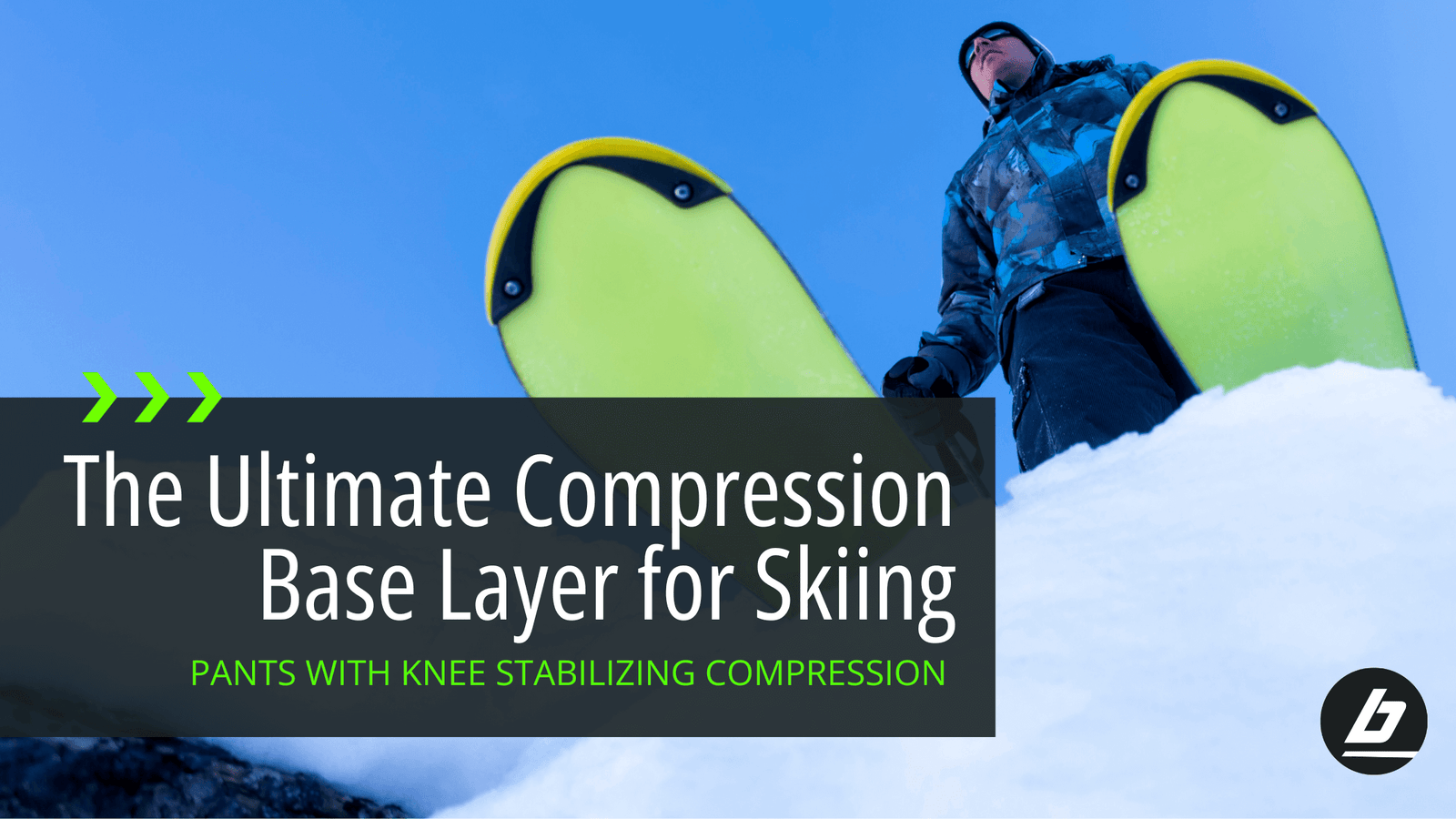
The Best Thermal Compression Base Layer for Skiers
In terms of thrills, there are few things better in life than skiing. What’s not to love? Fresh air, big mountains, fluffy snow, and high speeds. No matter what draws you to the sport, skiing offers an escape from the usual day-to-day. Unfortunately, for many people, one thing that many people can’t escape is skiing-related knee pain.
There’s a joke among ski instructors that there are only two kinds of skiers: those who have knee pain and those who are going to get knee pain. Whether you’re pounding moguls, slaying the pow, or ripping up a groomed run, your legs are exposed to a lot of wear and tear from the forces and the pressure. And moreover, your knees absorb the full brunt of it.
For those snow enthusiasts who have had knee injuries, proper support is crucial for preventing further injuries. For those who haven't had any knee troubles before, a bit of preventive action can help stop knee pain before it starts. But what is the best knee support for skiers? We think we might know.
What are Bracelayer® compression base layers?
Bracelayer® pants are functional compression pants that provide the wearer with improved knee support and stability. Their base layers are built with our anti-bacterial Stabiluxe™ fabric, and have built-in compression sleeves, providing knee support, and help prevent joint instability, knee pain, and keep the wearer injury-free.
What are the benefits of wearing a compression base layer?
Two of the most common signs of knee injury are swelling and pain. But even without an injury, knee pain can make a skier feel unstable, and stop them from skiing at their best. A skier that’s unsure of their knees might reduce the range of motion in their legs, and ski tentatively. And sometimes skiing tentatively can increase the chance of an injury. Other skiers will adjust their movement patterns to protect their knees. But when they do this, they overexert other muscles and can end up straining another part of their body.
Compression base layers help prevent knee pain and instability, and can help with balance, and give the skier (and their knees!) a sense of security, allowing the skier to ski with confidence. By compressing the legs, compression base layers increase blood flow and circulation throughout the legs. Studies have shown that using compression base layers can increase muscle activation, resulting in increased performance.
Two of the most common injuries that can impact skiers, especially middle-aged ones, are osteoarthritis and meniscus tears. Years of hard skiing can be tough on the joints, especially if you're fond of steeps, trees, and moguls. Repeated impacts with the ground, skiing on choppy or uneven snow and skidding on ice all transmit forces from the skis into your body, and your knees absorb the brunt of it.
Commonly nicknamed “wear and tear” arthritis, osteoarthritis or degenerative joint disease happens when there is a breakdown in the cartilage between the joints and can cause pain, swelling, and stiffness. A lot of pain that occurs due to osteoarthritis can be managed with pre-season training focused on strengthening the quadriceps, taking supplements such as glucosamine, or wearing a knee brace, compression sleeve, or better still, a compression base layer.
Meniscus tears, or rips in your knee cartilage, can occur at any age. As skiers get older, they can be more susceptible to degenerative meniscus tears, the weakening and thinning of cartilage over time, increasing the risk of tearing. For younger athletes, meniscus tears are commonly caused during contact sports. Younger skiers who like pushing the limits may be surprised to know that crashing can result in the same forces that might result from hits in contact sports. However, as we age, meniscus tears can be the result of an awkward twist, such as a fall or getting your skis hooked up in deep snow. Having proper release settings on your skis can prevent tears, but good knee support from a compression base layer also makes a huge difference.
Not only do compression base layers increase performance during skiing and help prevent knee injuries, but choosing to wear compression layers can pay dividends later. Studies also show that by wearing compression base layers during physical activity, recovery time after the activity is dramatically reduced.
Why Bracelayer® compression pants are better than knee sleeves:
You might have found this blog page because you're wondering what the best knee sleeve for skiing is. Traditionally, skiers and athletes who wanted knee compression have had to resort to using knee sleeves. While they do work, there are 5 reasons why Bracelayer's compression base layers are superior to conventional off-the-shelf knee sleeves.
- Two items in one: Wearing a conventional base layer and a knee brace is uncomfortable. A knee sleeve typically doesn't mesh well with a base layer. The area right under the brace can get bunched up and cause uncomfortable pinching and rubbing. Instead, skiers can wear a single Bracelayer compression base layer, allowing them to stay warm, and enjoy supported knees at the same time.
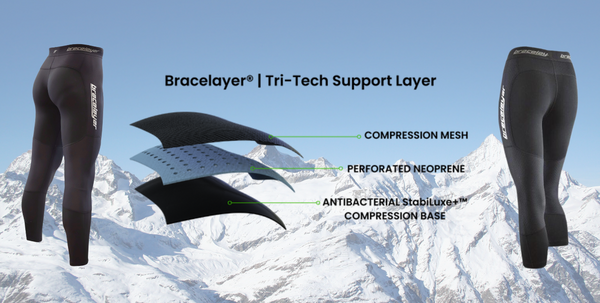
- Fewer things to forget: If you’ve ever gotten to the parking lot at your favorite ski hill, only to realize you’ve forgotten something important, you’re not alone. But when that item is a knee sleeve, it's a bit of a problem. Other things can be easily rented, but tracking down a spare knee sleeve is a pain. With Bracelayers, you just need to put on your compression leggings, or toss them in your ski bag and head out the door. No knee sleeves to forget and fewer things to put in your suitcase.
- Freedom of movement: A lot of knee sleeves are cumbersome. Often, it's difficult, if not downright impossible to drive with the sleeve on. This means having to pack the knee sleeve somewhere while en-route to the ski hill. Then needing to find a convenient spot with enough room to put it on before hitting the slopes. On the slopes, a bulky sleeve can be hard to fit under a pair of snow pants and can limit the legs' range of movement. Ask any ski instructor and they'll tell you that they can spot who is wearing a knee sleeve on the slopes, based on how their turns look. If someone is struggling to turn only one way, that’s a dead giveaway that they’re wearing a slippery knee sleeve on that side.
- Bracelayer's pants stay put: Anyone who has worn a knee sleeve or a knee brace for skiing knows how awkward it can be. As you pop, duck, and shred your way down the slopes, knee braces can start to migrate around your leg. A knee sleeve can provide adequate protection for your knees, but only if it stays on your knees. A sleeve slipping while you're running is inconvenient but easy to adjust. A knee sleeve that moves out of place is much more intrusive. Nobody wants to take off their pants and re-arrange a knee sleeve in the middle of a ski run, even when it isn't snowing. If you constantly have to head into the lodge to re-arrange your knee sleeve, that can cut into your ski time.
- On the other hand, if you have a good custom-fit rigid knee brace, Bracelayers are your best friend! The thin layer of medical-grade neoprene around the knees not only protects the knee, but its grippy texture helps hold your custom-knee braces in place. No slipping, no fumbling, no bunching up of your leggings.
- More than just a knee brace: Research shows that compression garments are very effective at reducing muscle fatigue and soreness. This effect not only happens when you're skiing but continues long after you've gone home. Because they cover your whole leg, Bracelayer® compression base layers also compress your calves, quads, and even hip flexors, all muscles that are key to skiing well. Putting it simply, a compression base layer helps you ski better, ski longer, and with less soreness and muscle aches on the drive home.
What makes Bracelayer® the Best Compression Base Layer for Skiing?
As you can see, there are plenty of reasons why you should choose Bracelayer® compression base layers over a conventional knee sleeve. But what makes Bracelayer® superior to other compression base layers on the market? Here are four reasons why Bracelayer's pants are the best compression base layers for skiers.
- Superior Materials: Unlike many other base layers on the market, Bracelayer® compression base layers are designed to be used, not just to be worn as a fashion statement. Each pair of compression tights features Bracelayer’s Tri-Tech Support Layer, which features a thin layer of medical-grade, perforated neoprene around the knees and hips. This extra layer of compression relieves knee pain and provides extra support for the knees. Plus, in the unfortunate event that you take a spill, the neoprene padding does a wonderful job of providing an extra bit of protection. It cushions the blow of the impact and prevents ice burn from the snow that might get into your pants. Another advantage of neoprene is that keeps the wearer warm. There’s a reason why it’s preferred for diving suits, and these advantages also keep skiers comfy in all temperatures.
- They’re low-maintenance: Many knee sleeves and base layers have complicated washing instructions. With Bracelayer’s antimicrobial agents, Bracelayer compression base layers stay fresher for longer, you don't need to wash them after every use. When the time comes to wash them, washing is easy. Simply pop them in a cold wash cycle hang them to dry, and they're ready to go again. No dry cleaning, bleach, or fabric softener is required.
-
They're designed to be better: Bracelayer compression base layers not only provide the wearer with the standard moisture-wicking and compression of other brands of compression base layers, but they also include an antimicrobial treatment to help keep odors away. Bracelayers also feature a stabilizing neoprene bracing layer. This bracing layer wraps around the knee while also insulating the IT bands, hips, and lumbar area. Using lightweight medical-grade perforated neoprene, this stabilizing layer provides advanced compression to these areas.
Unlike other brands, Bracelayer compression layers have been designed with custom knee-brace wearers in mind. So, if you need to wear a knee brace for skiing, Bracelayer pants are perfect for you. These base layers were designed by someone who has been wearing DonJoy, Ossur, Generation II & CTI custom knee braces for over 20 years. The neoprene bracing layer not only secures the knee, but it helps secure the layer underneath a knee brace, preventing the knee brace and the base layer from shifting while moving. As a bonus, the compression layer also protects the user from scratches and rashes associated with wearing knee braces with itchy straps.
- They're made specifically for skiing: Many other brands' compression base layers come in one length only. They go down to the ankles as a traditional legging would. That's fine for other sports, but a metaphorical (and literal) pain for skiers. Ski boot fitters always stress the importance of having nothing in the boot but your socks. Having socks pulled over the base layer can lead to painful bunching and discomfort. Bracelayer solves this by offering a special base layer that is designed specifically for skiing. By only covering the part of the leg that wouldn't' be covered by a ski sock, you don't have to worry about a conflict with your layers and your socks. No rolling up the legs of the base layer, no bunching, and no pressure points are required.
As you can see, when it comes to preventing and mitigating knee pain, compression base layers are the best option, and that when it comes to the best compression base layer for skiing, Bracelayer® stands above the rest. Bracelayer® compression layers are trusted by ski instructors, ski patrolers, and other mountain professionals who spend hundreds of days a year on the snow.
If you ski three days a year or 30 days a year, and you haven't tried Bracelayer® compression base layers yet, you're doing your legs a disservice. Whether you're looking to reduce leg and knee pain, reduce recovery time, or increase the amount of time you can spend on the slopes, your knees will thank you for it.


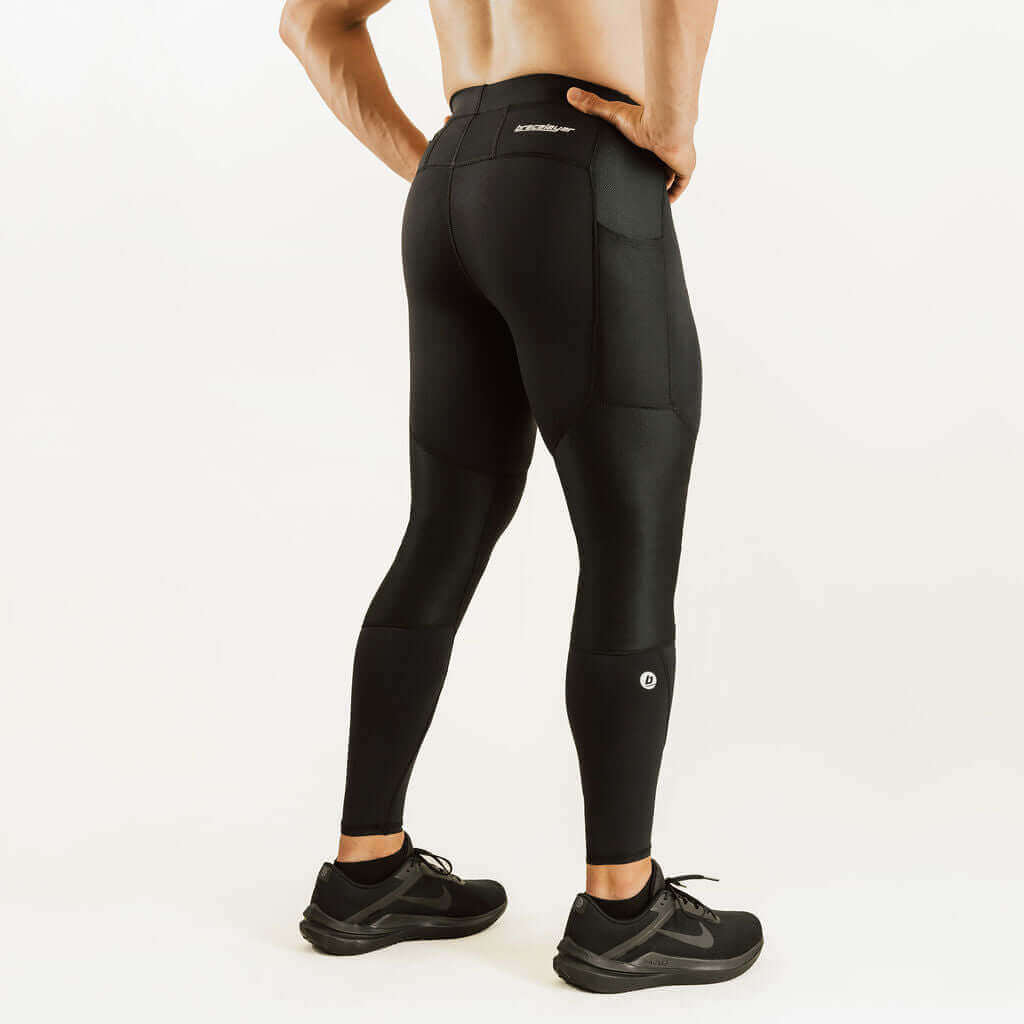




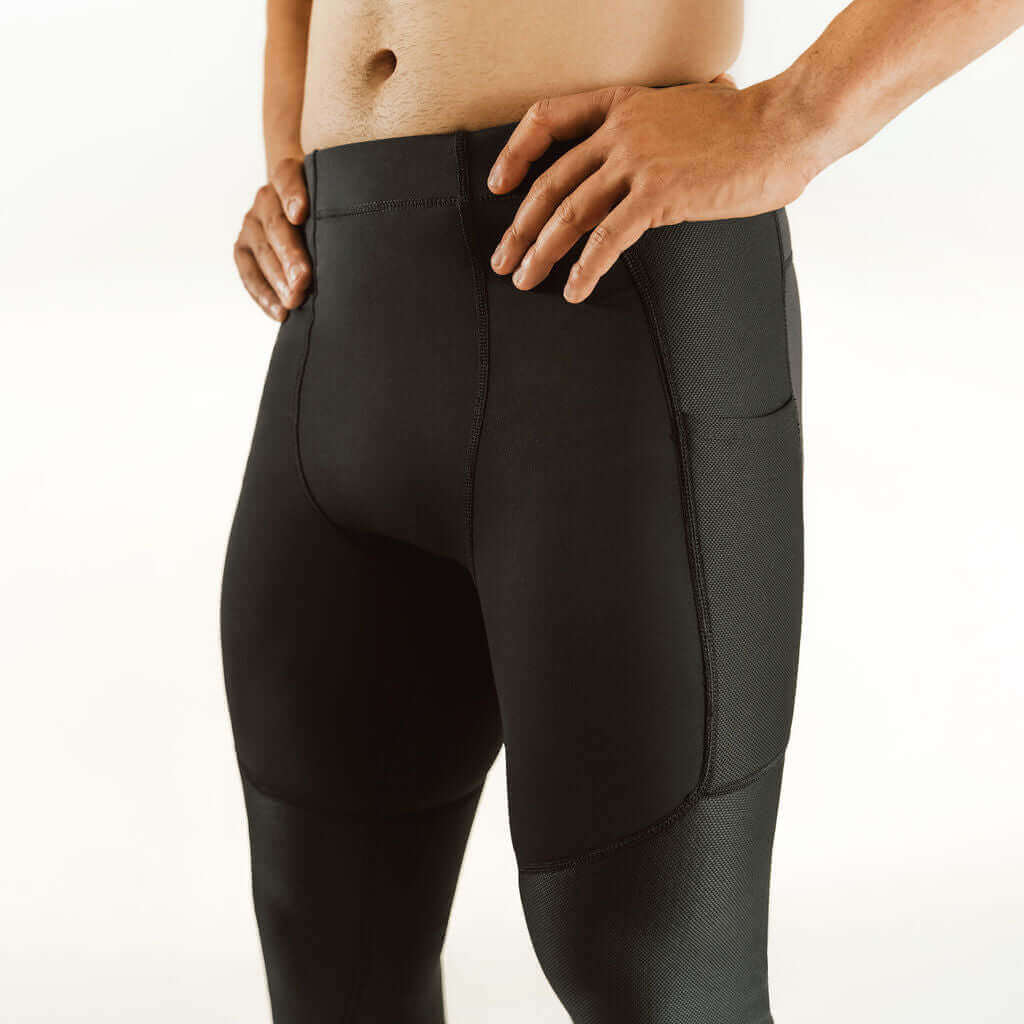
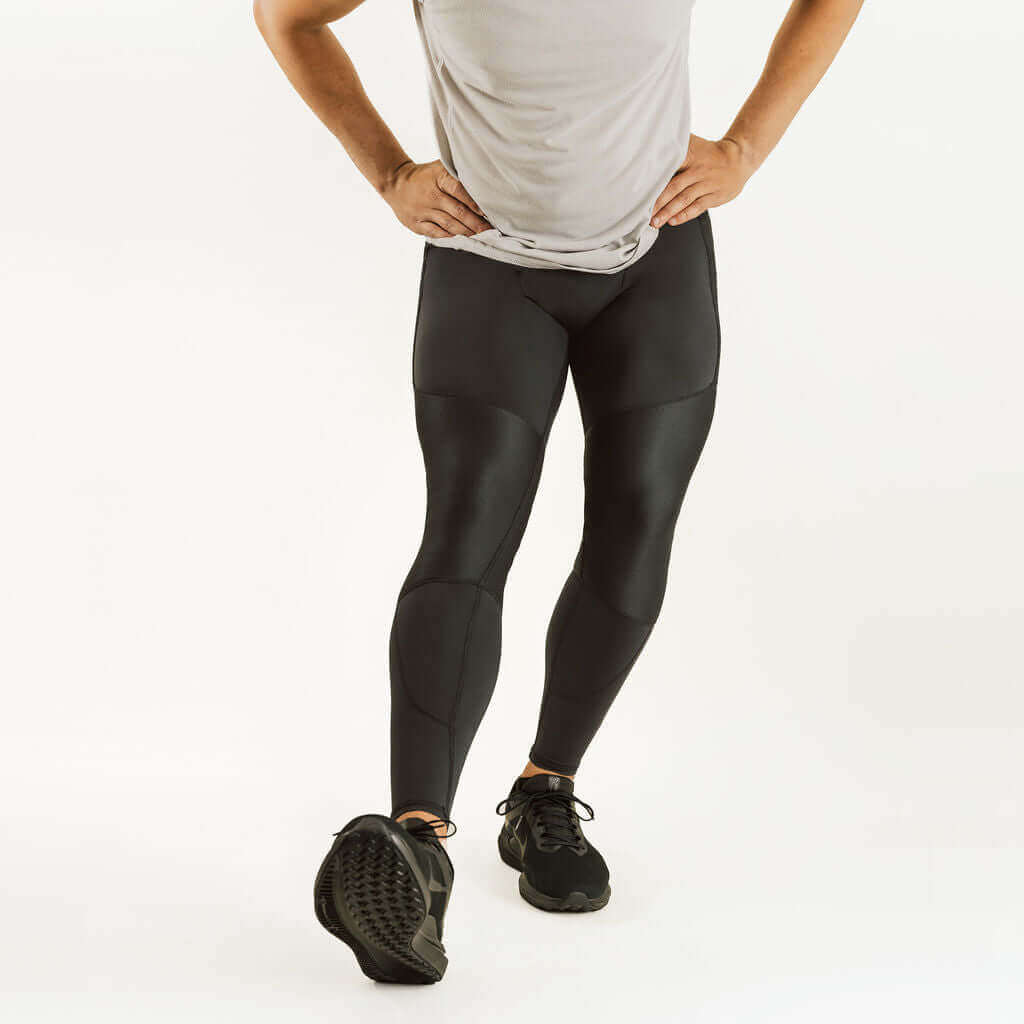
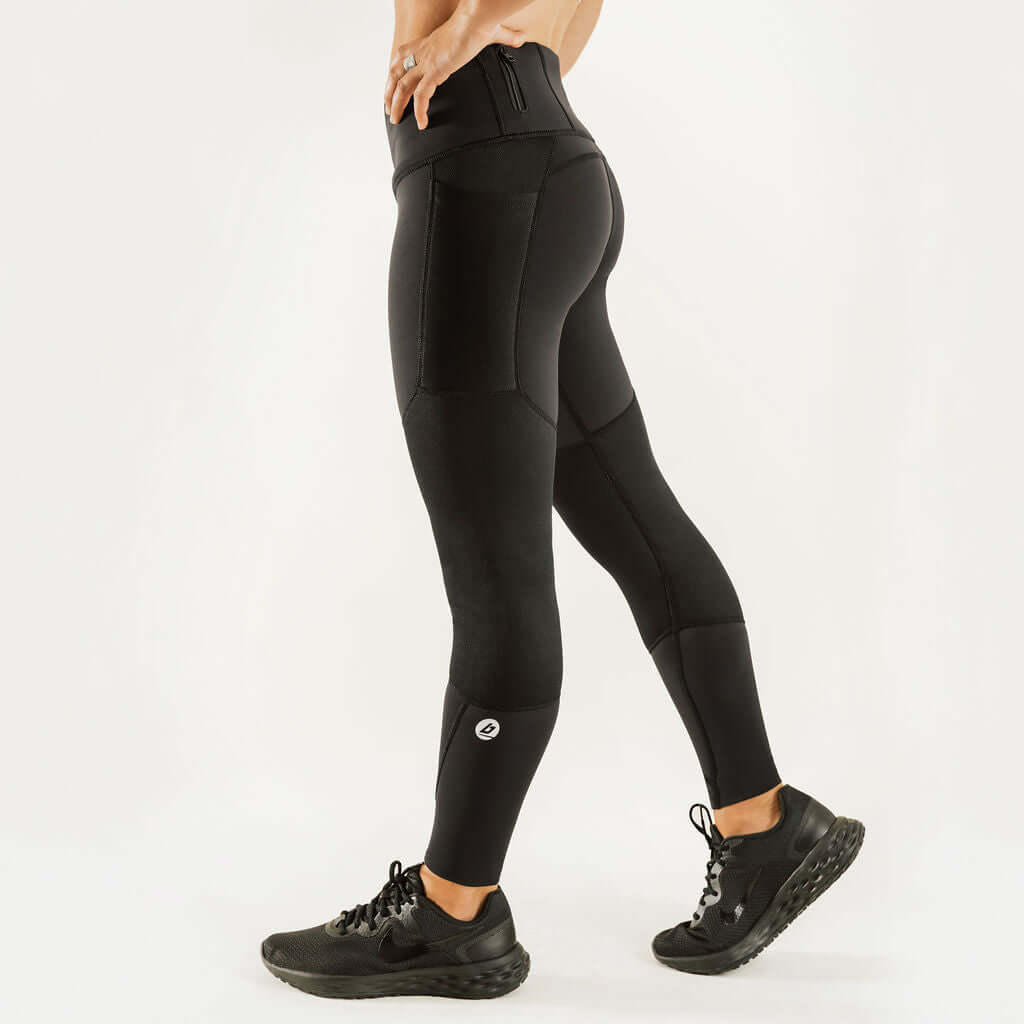

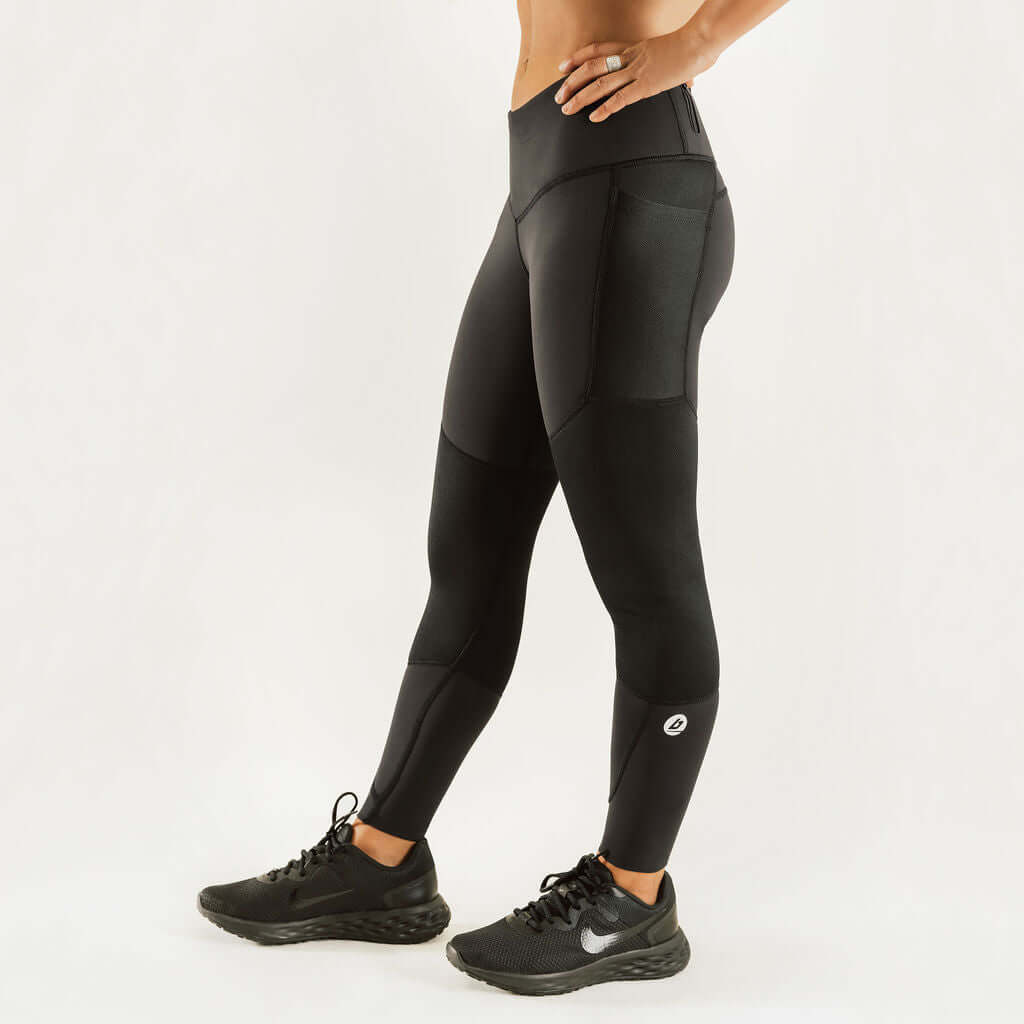

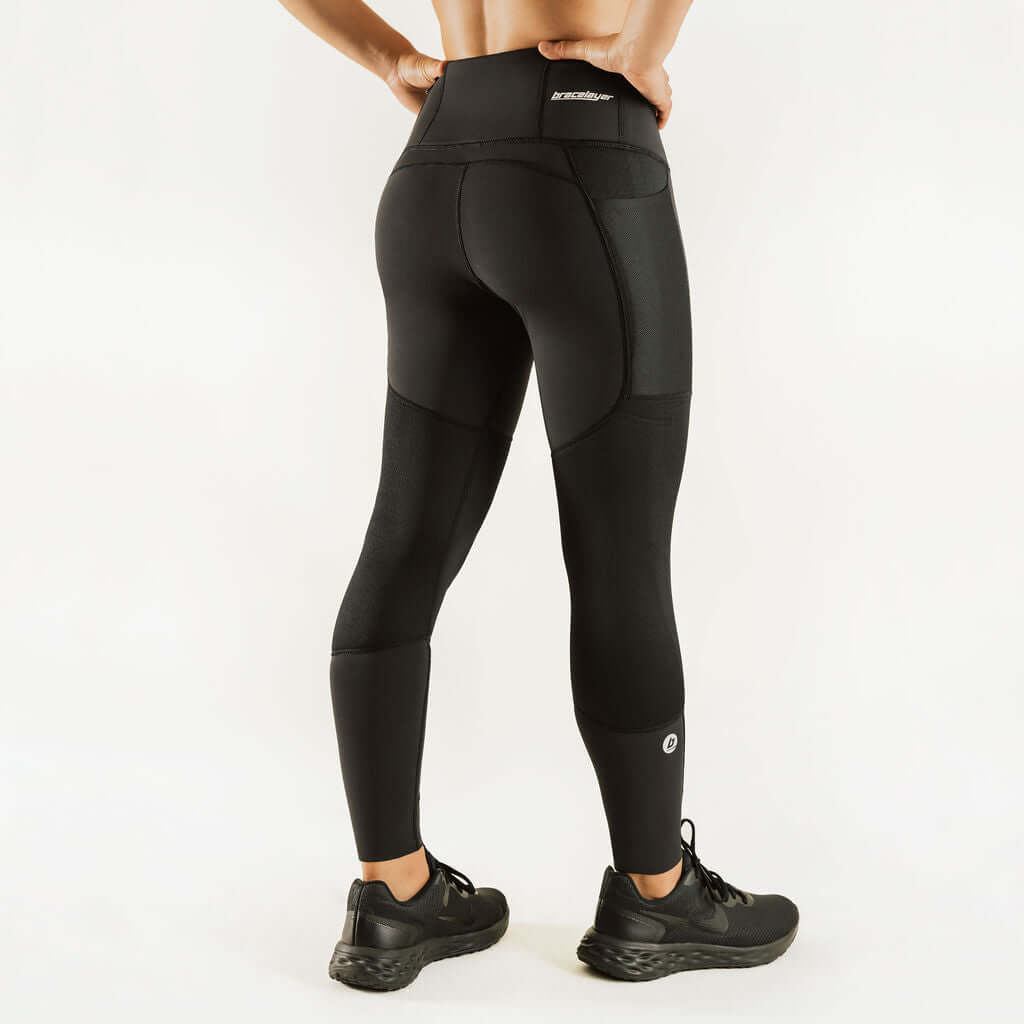
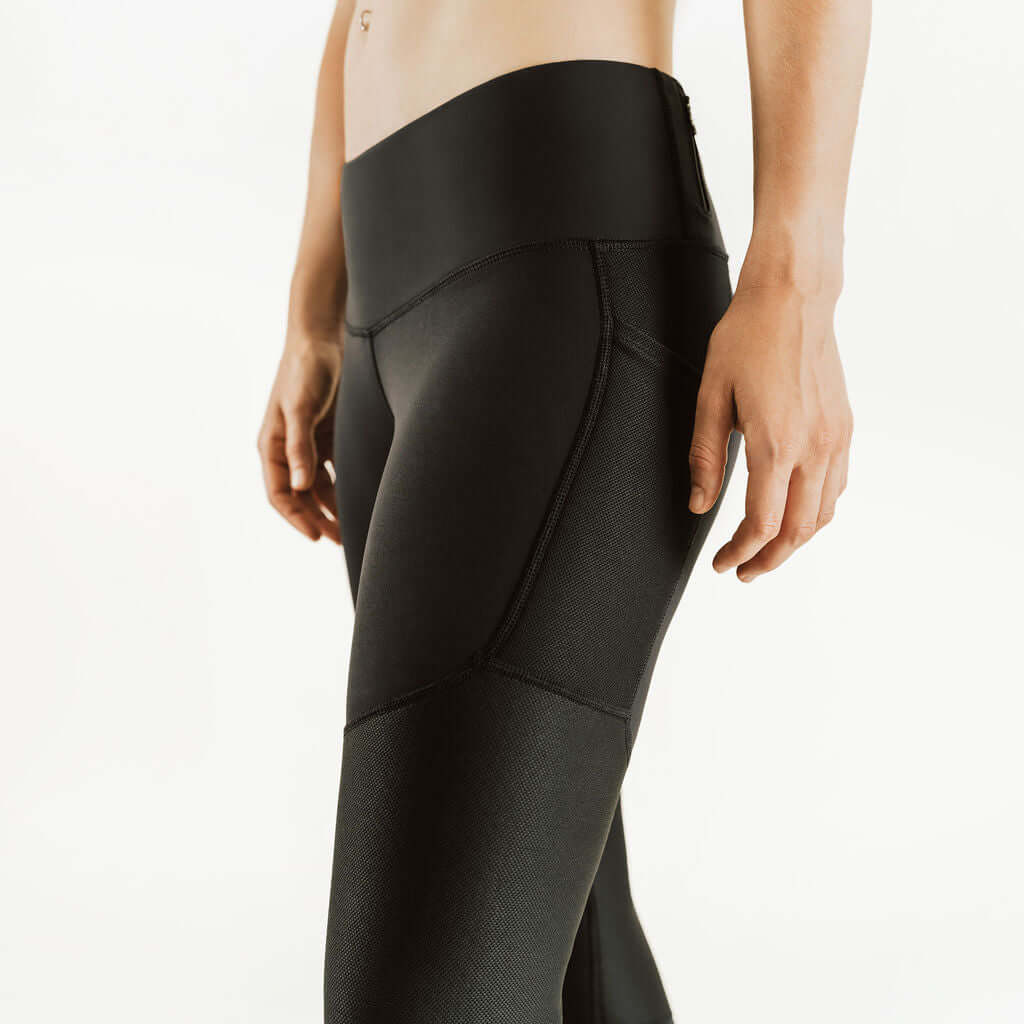
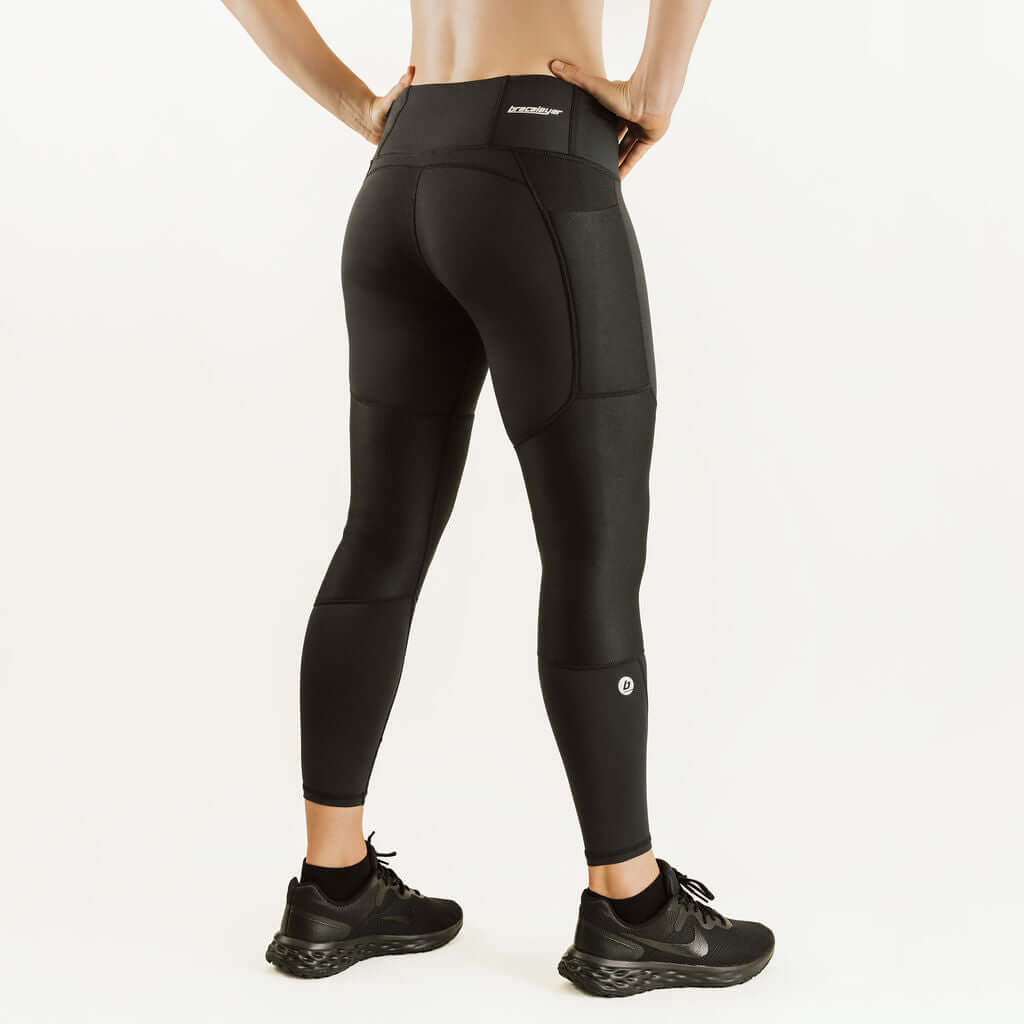
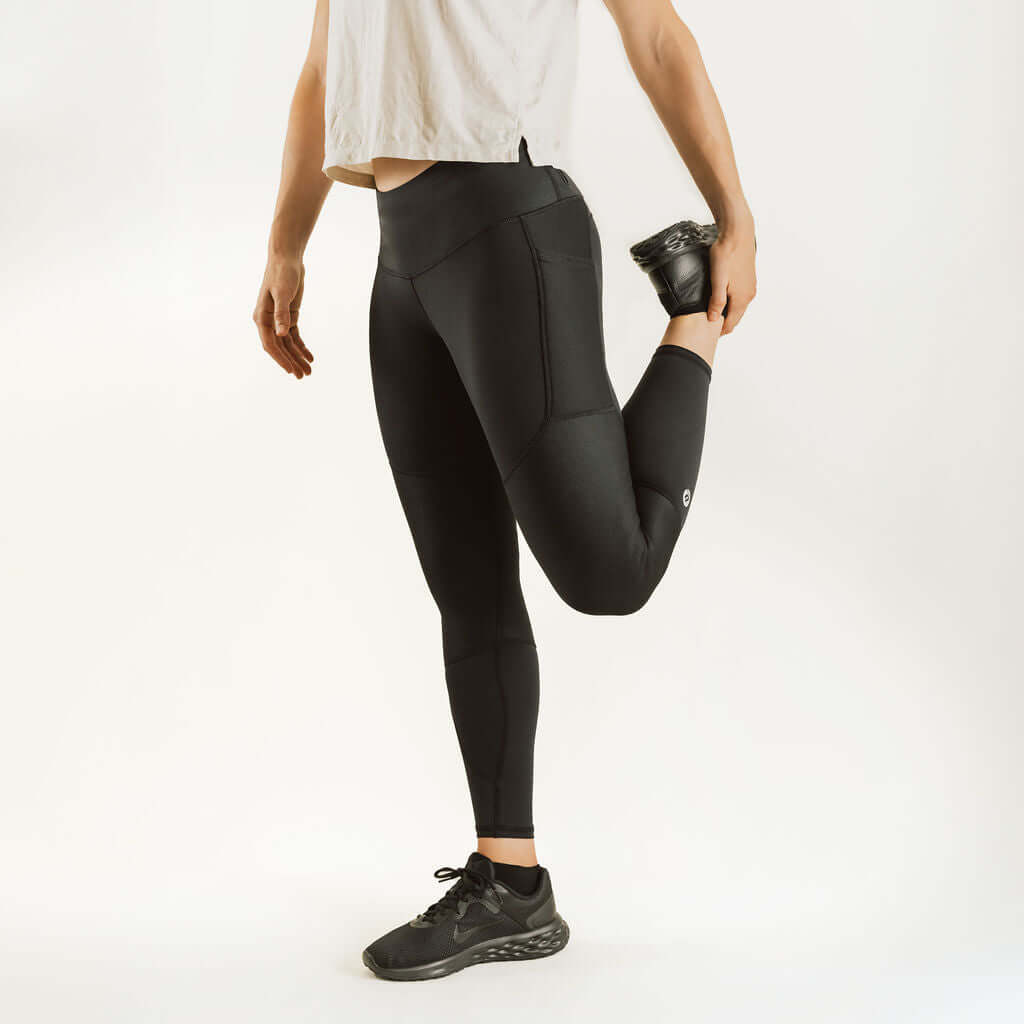
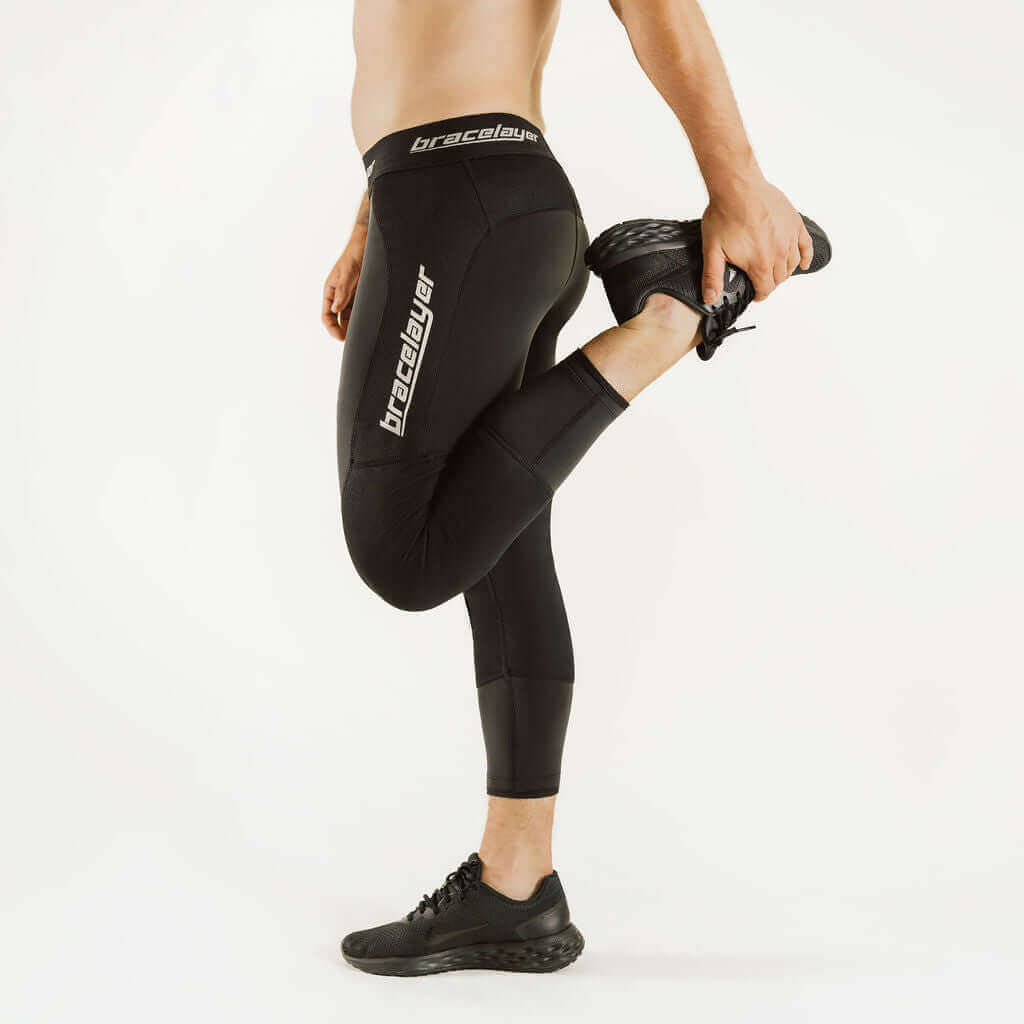
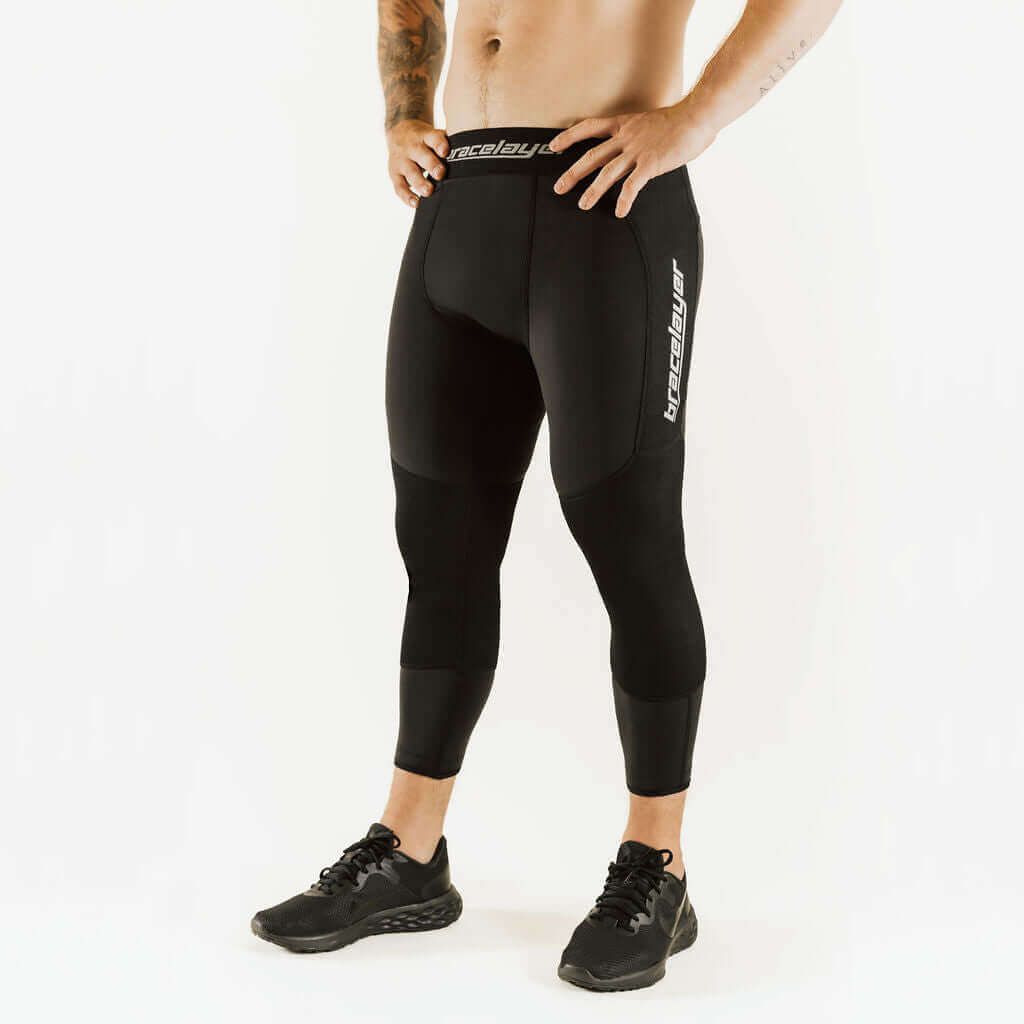
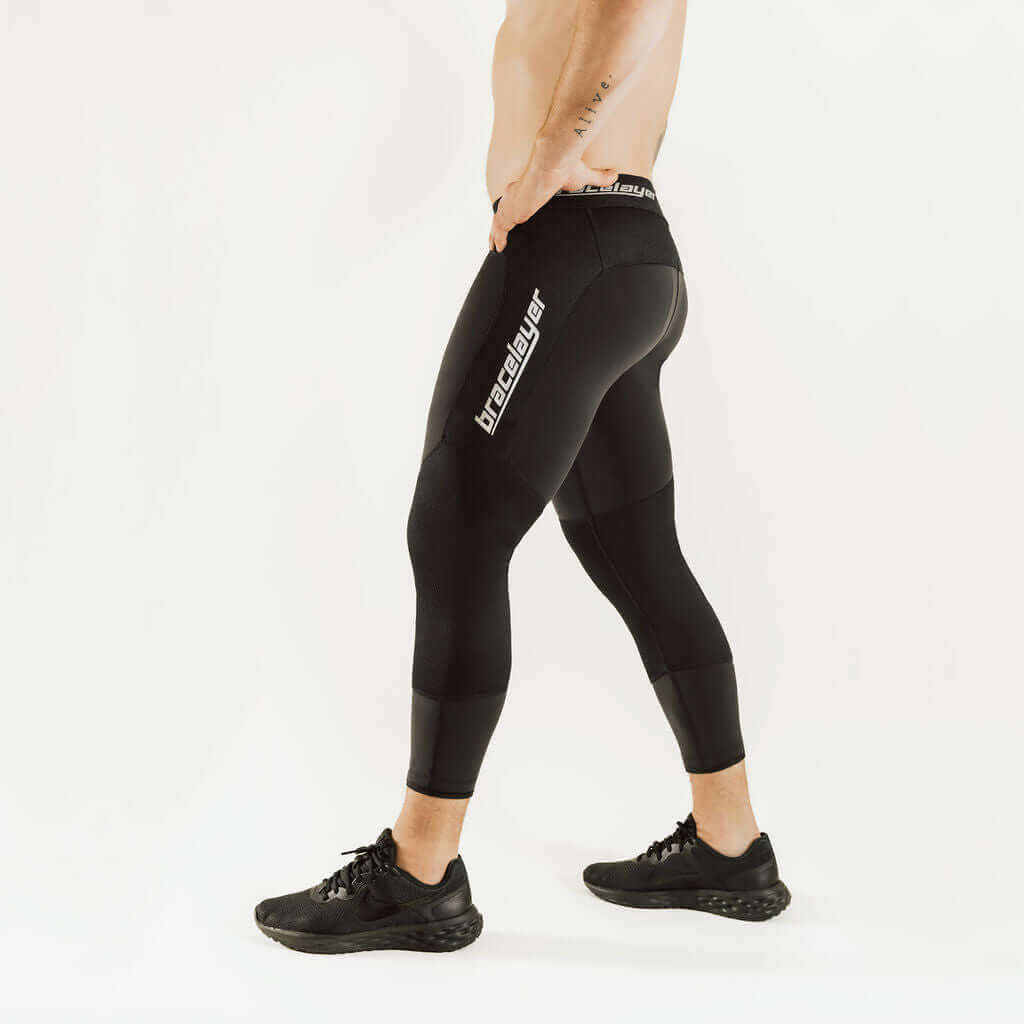


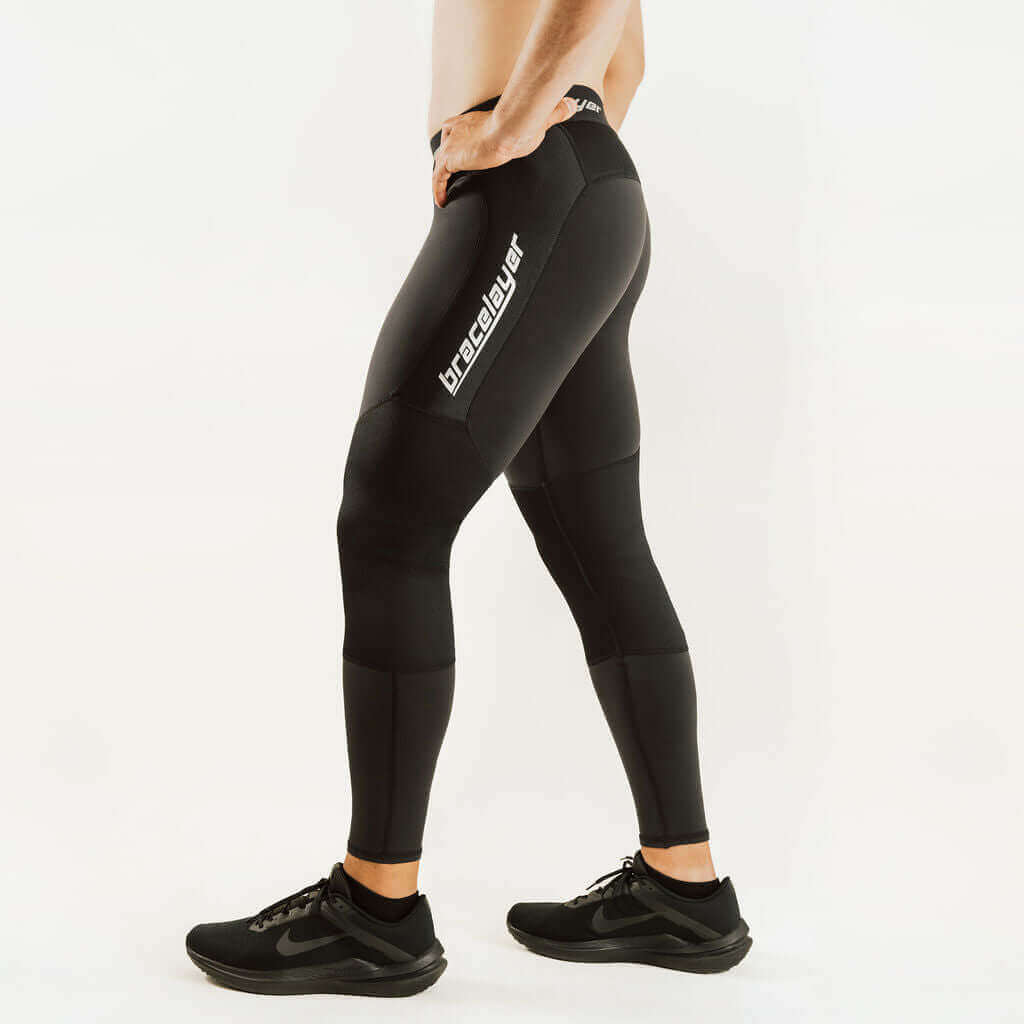

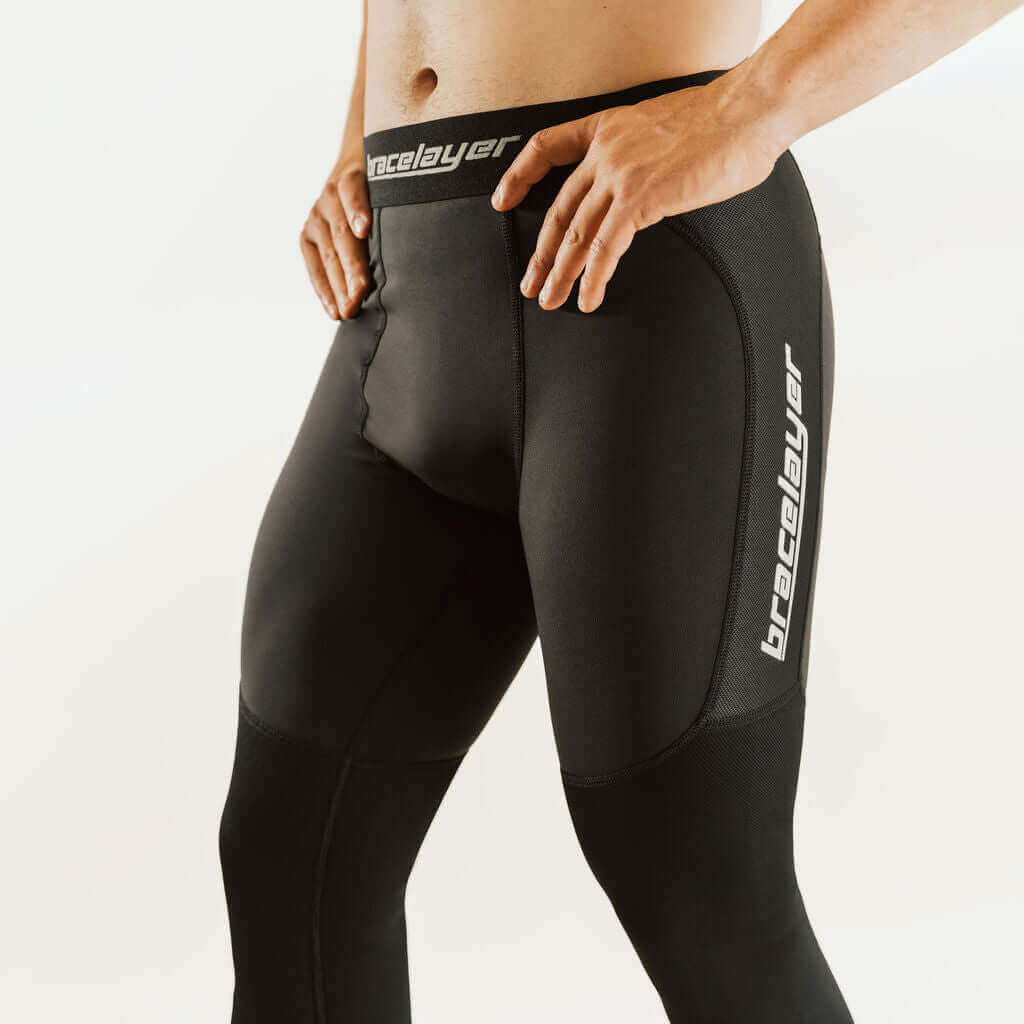
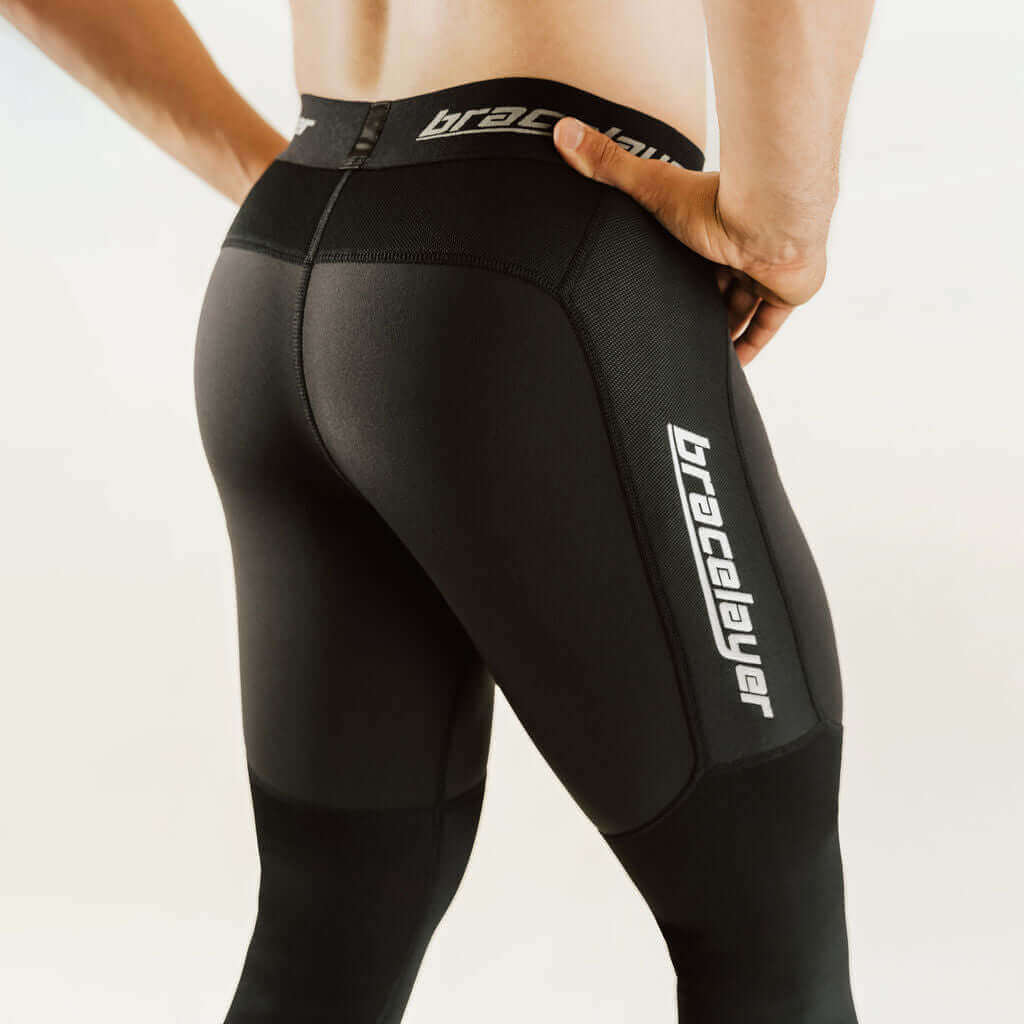

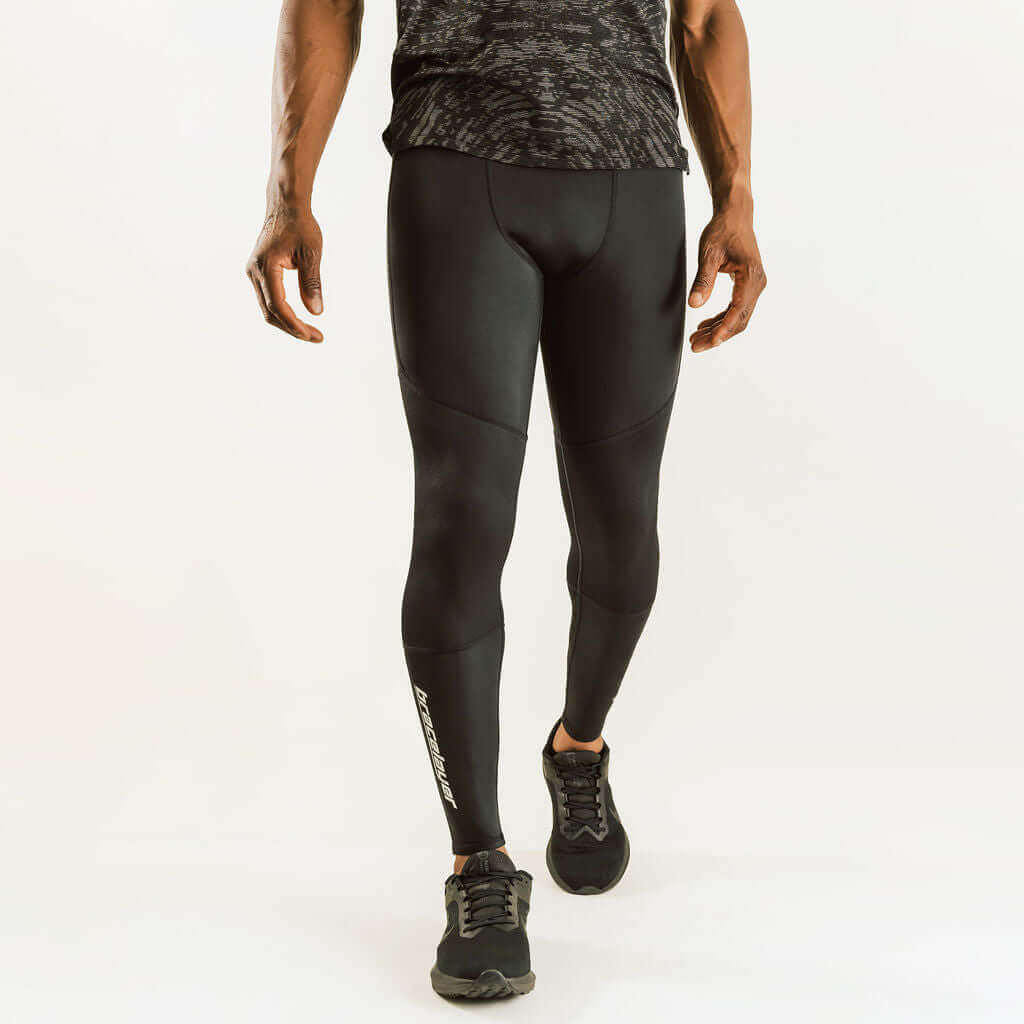
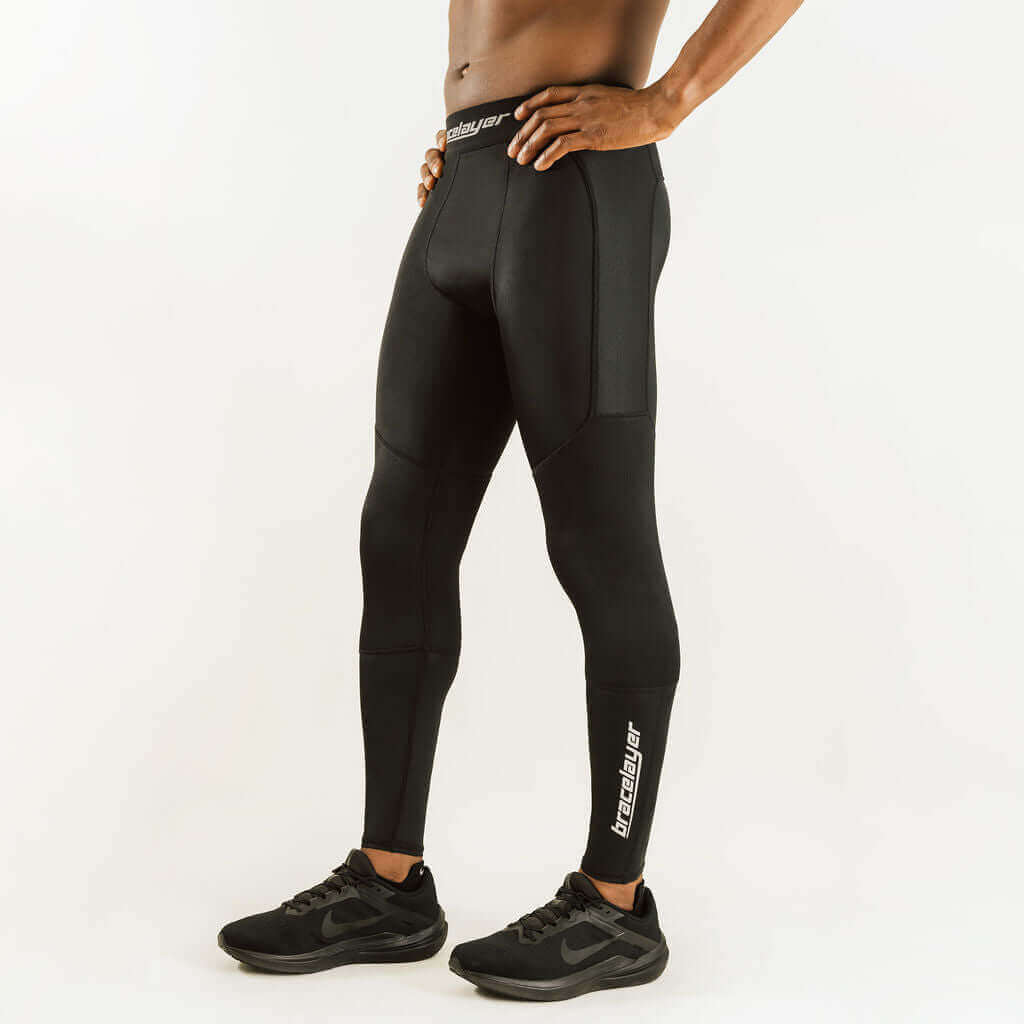
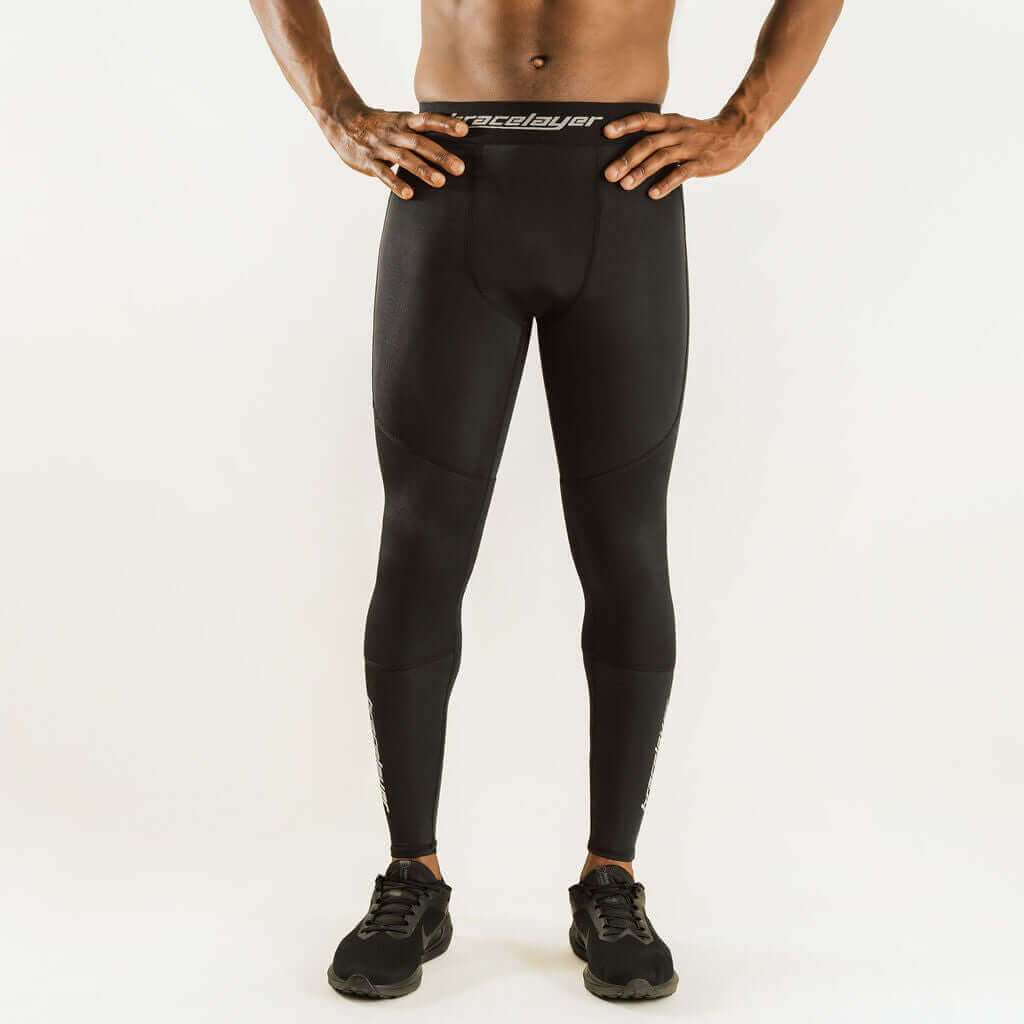
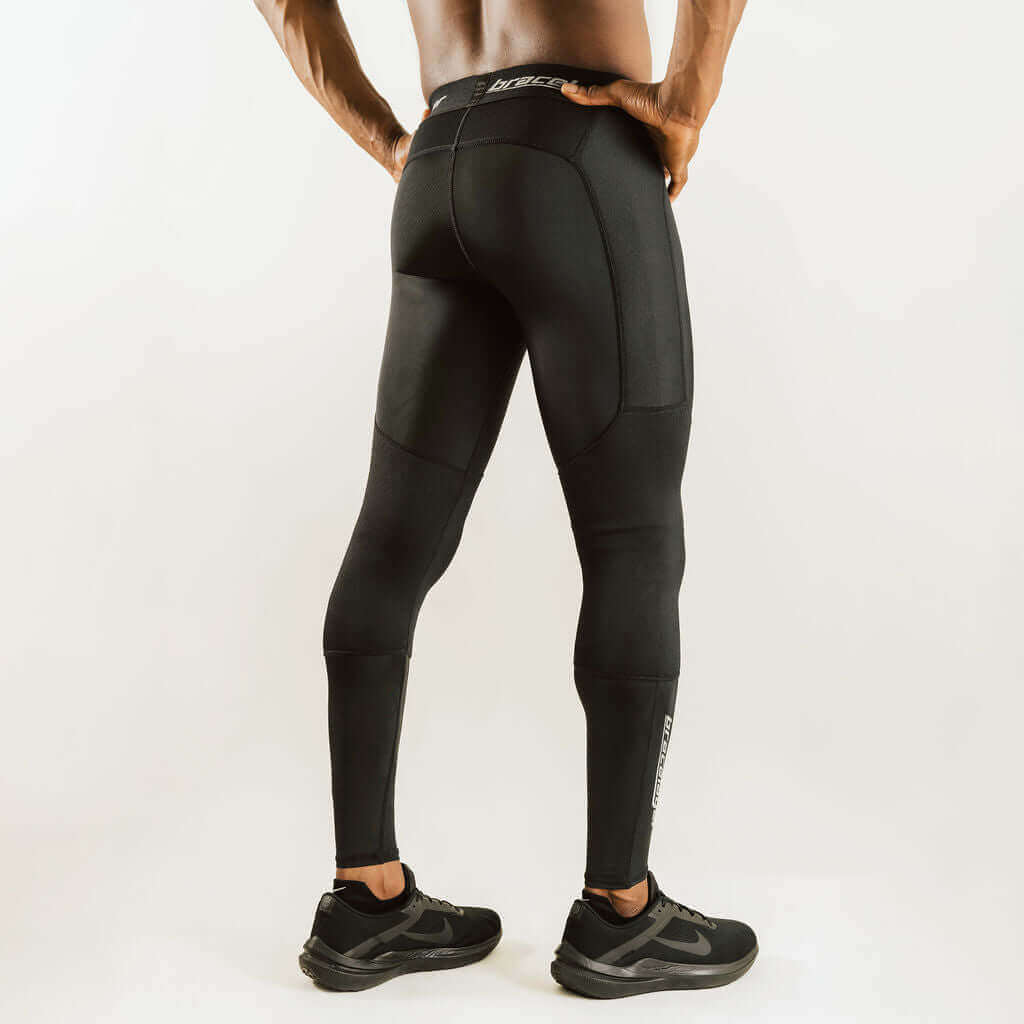
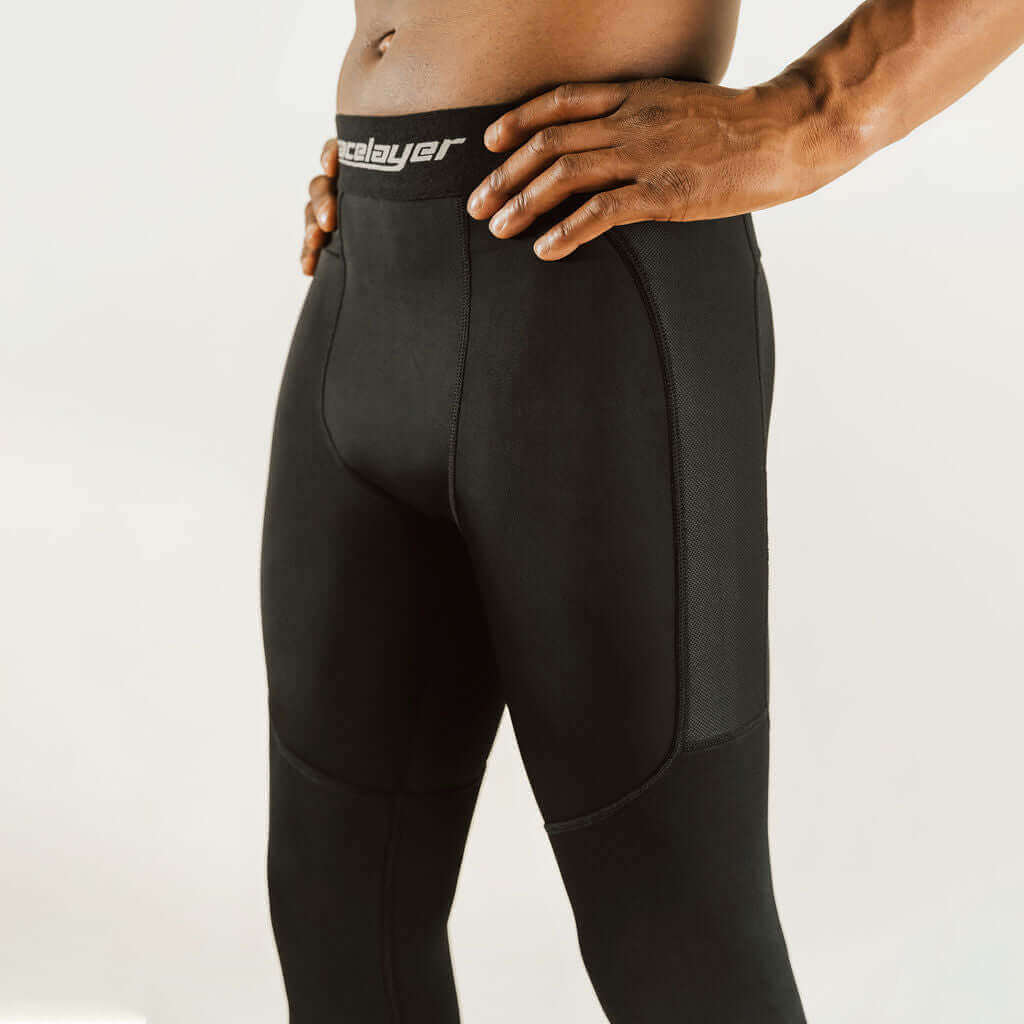
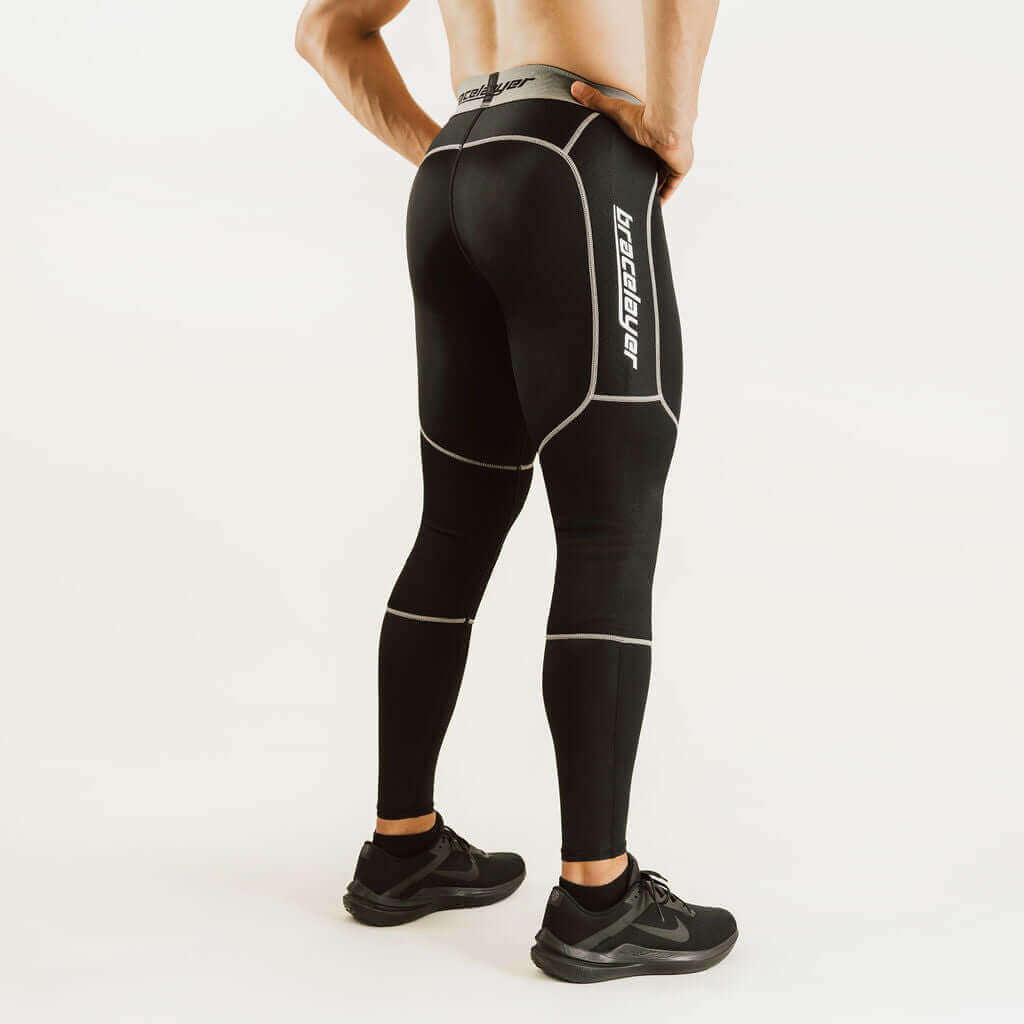
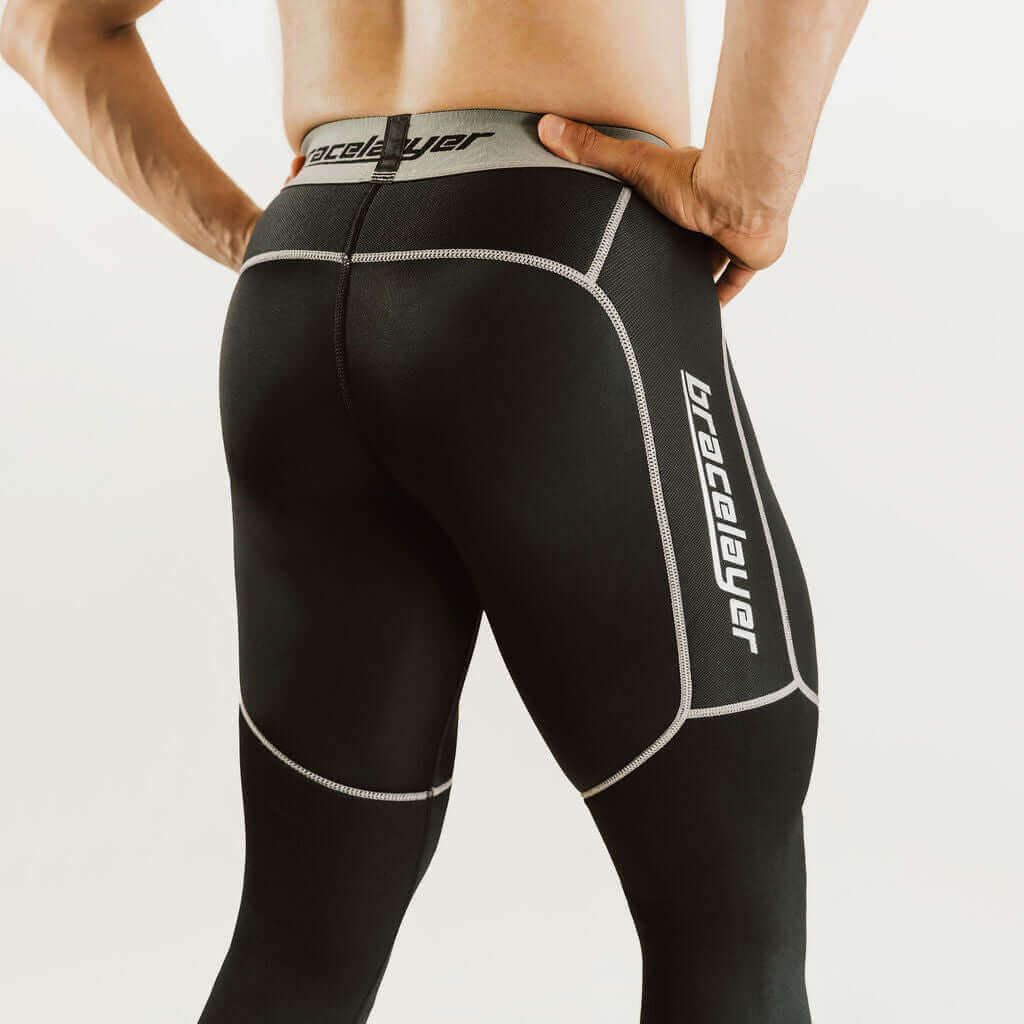

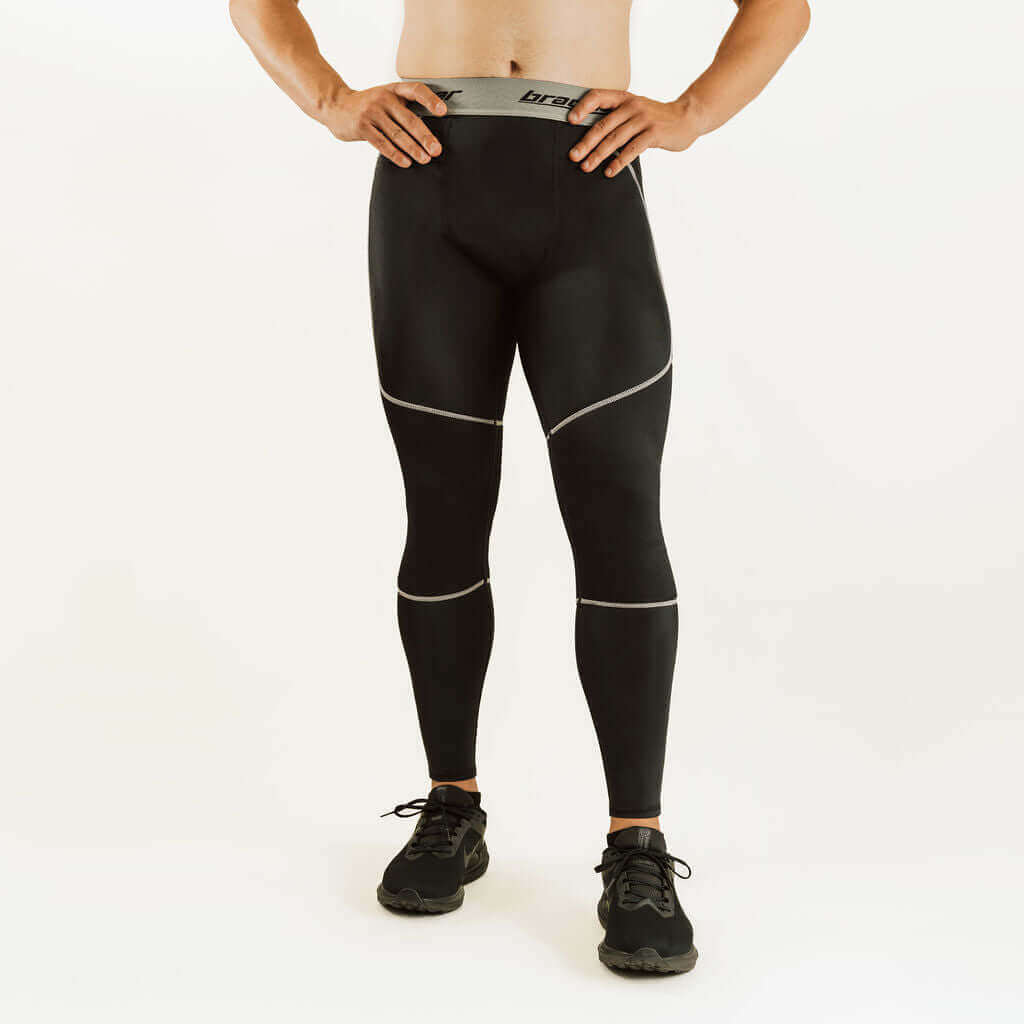
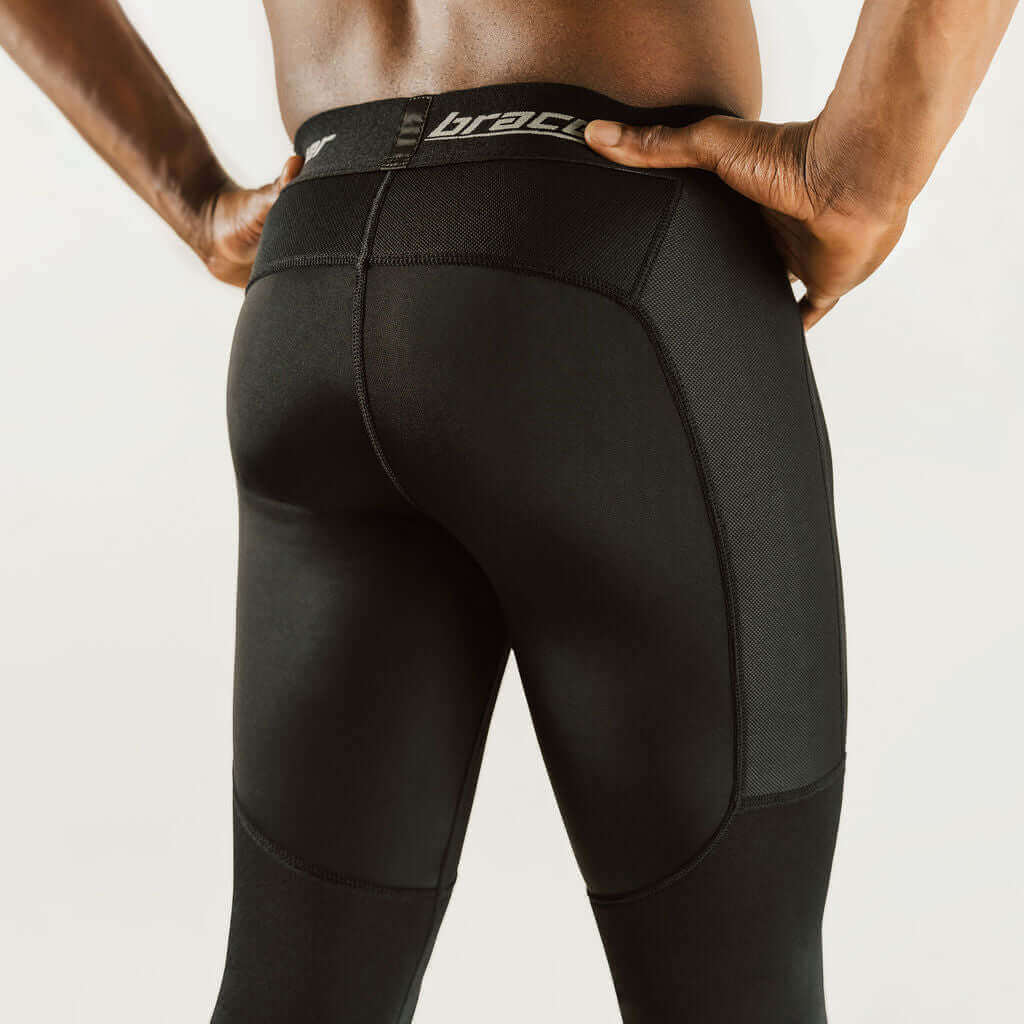
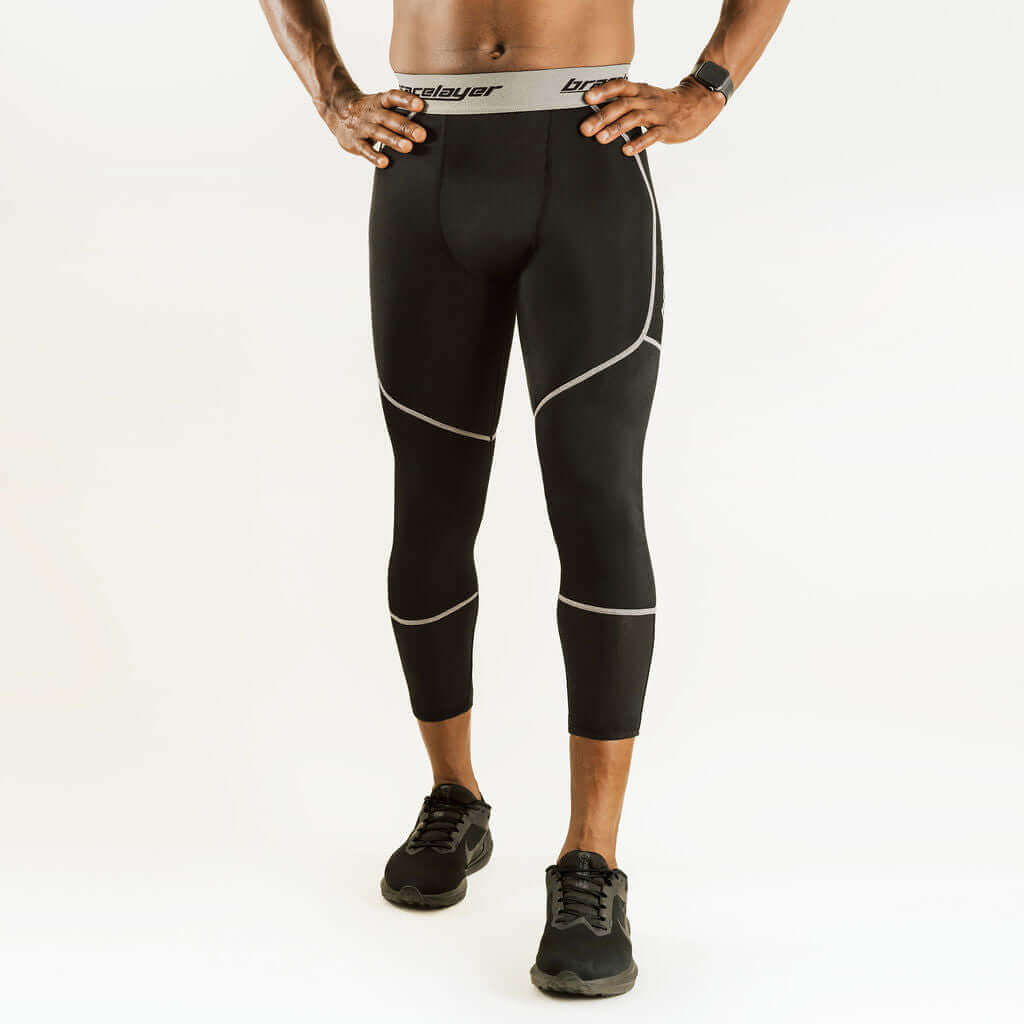
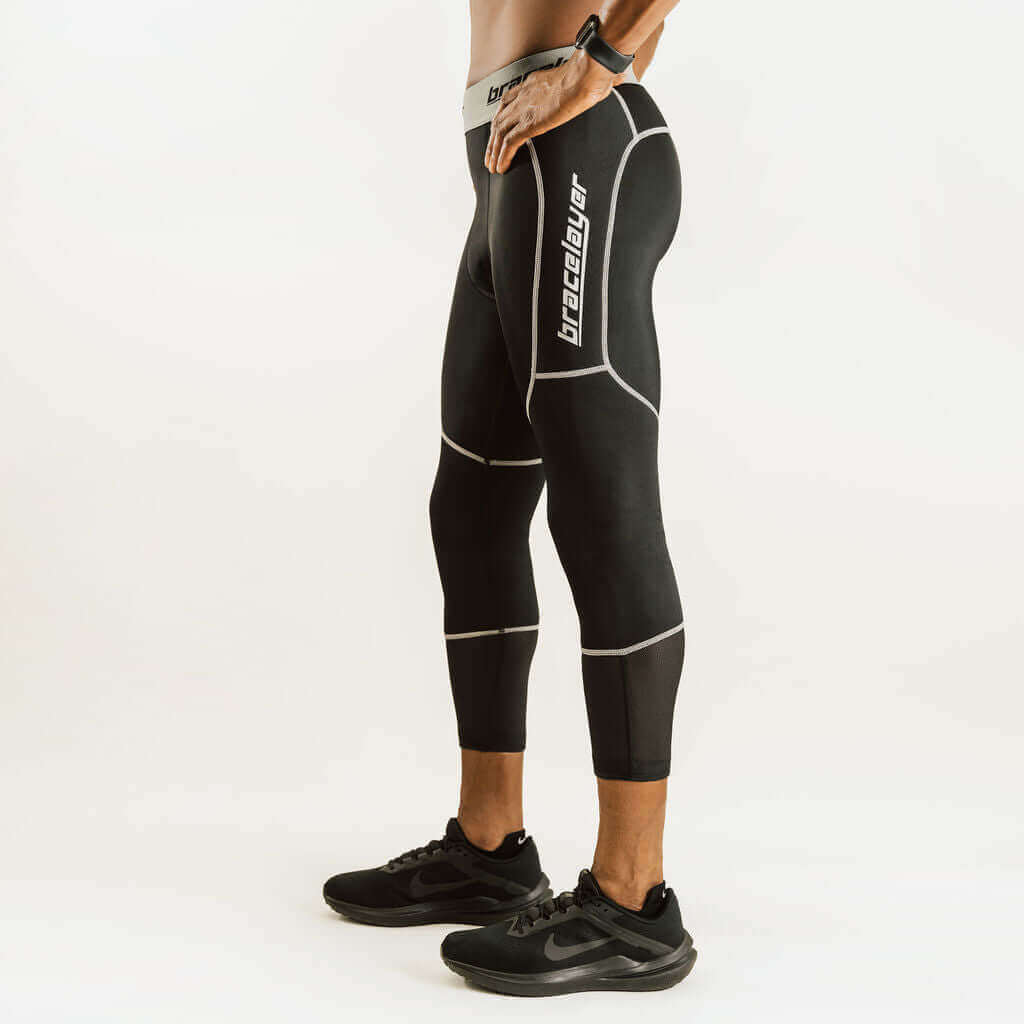
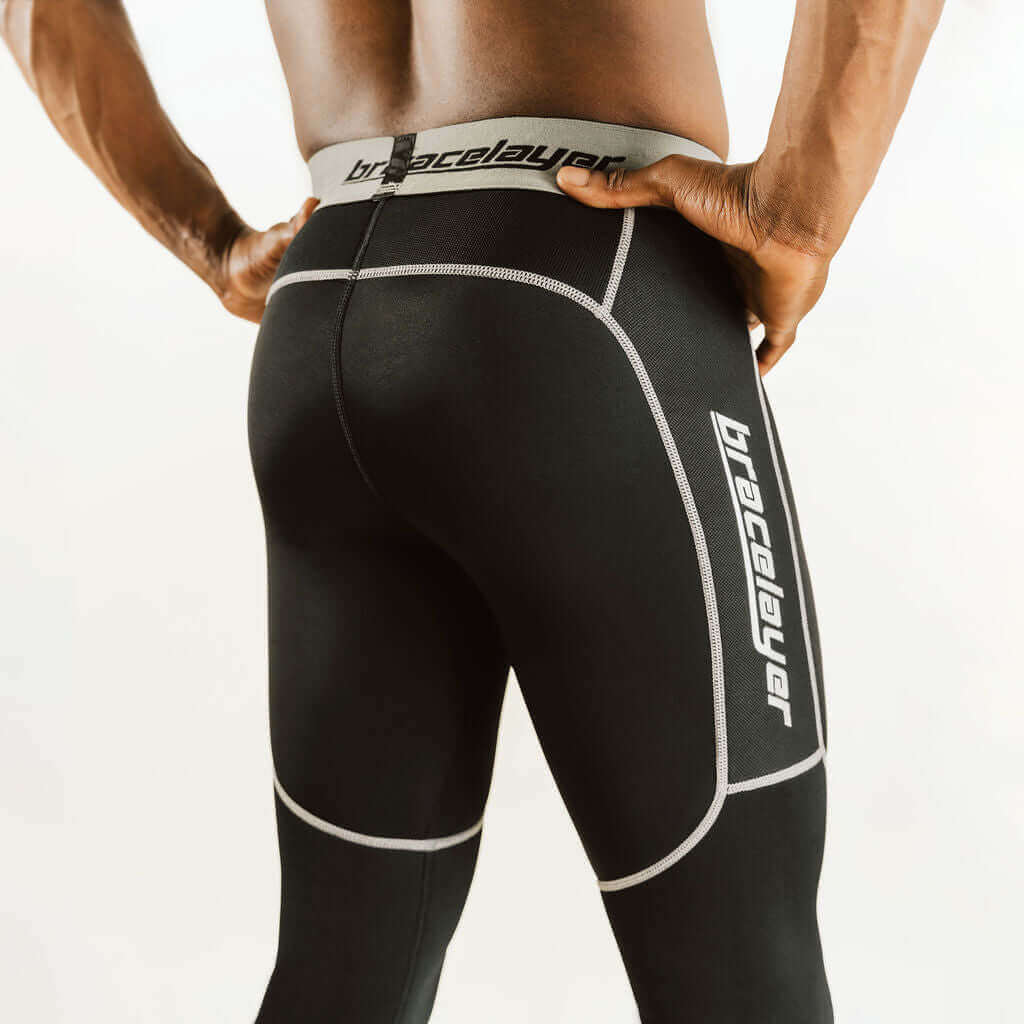
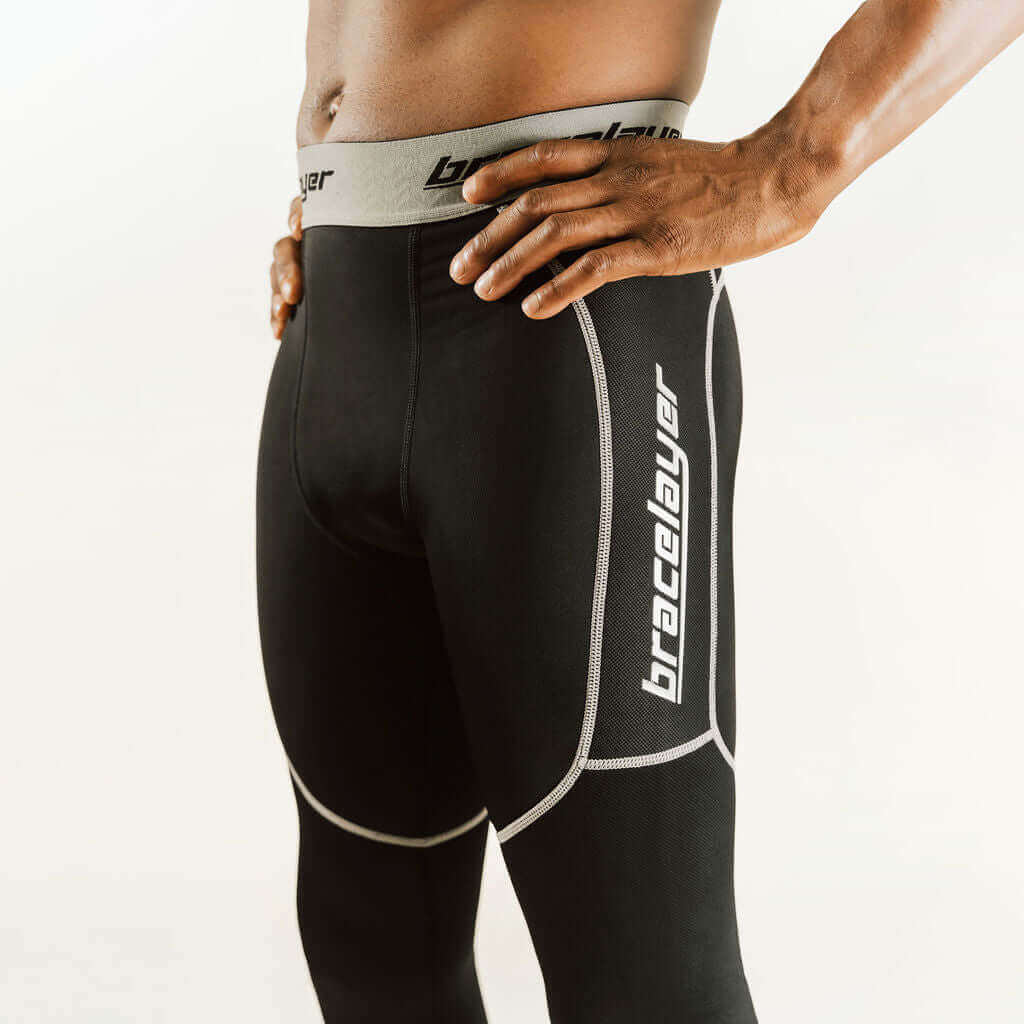
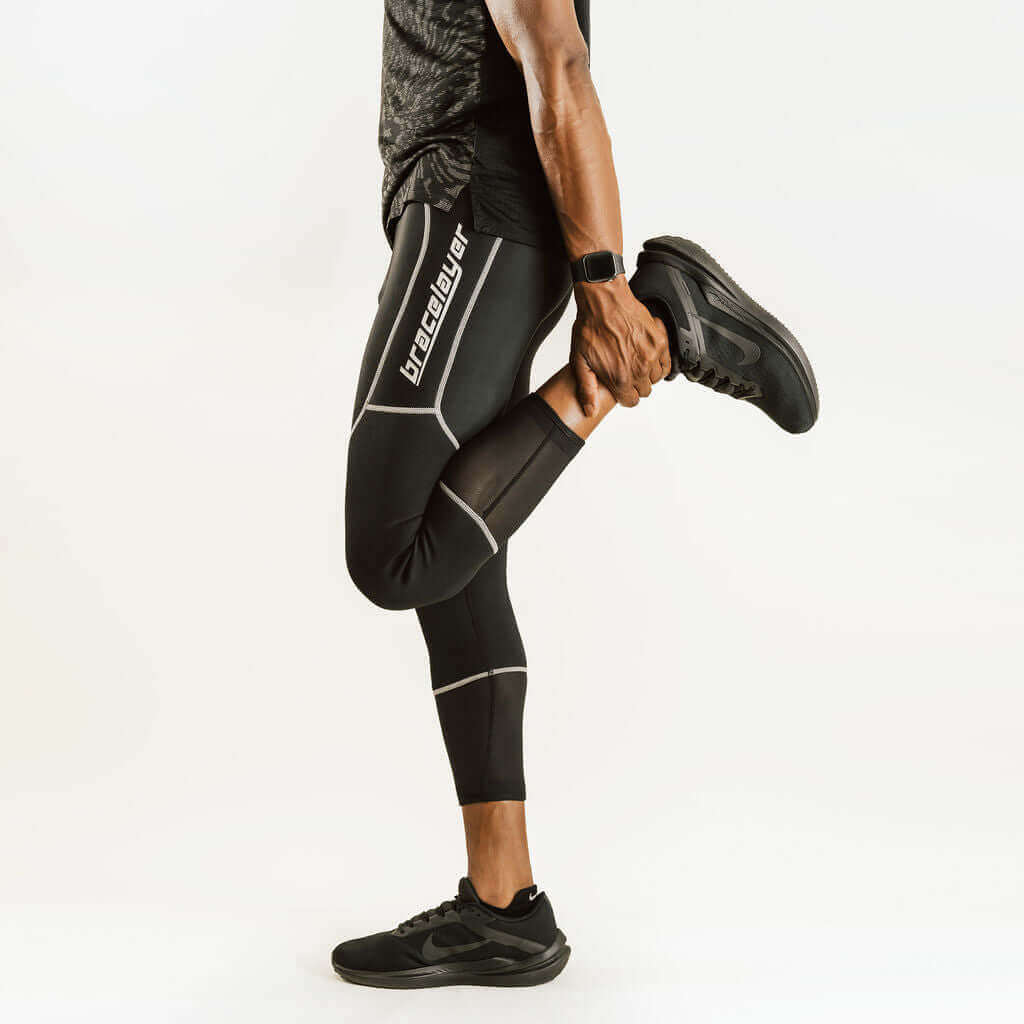
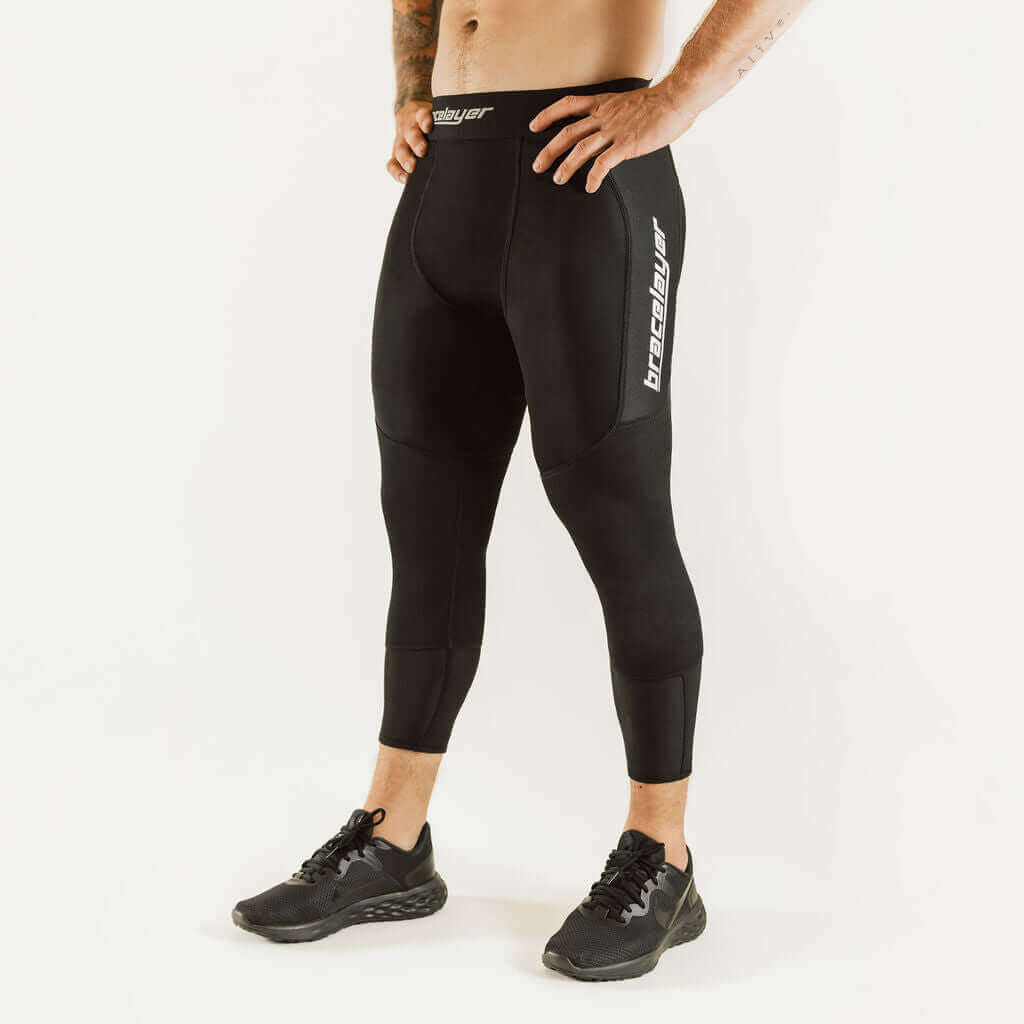
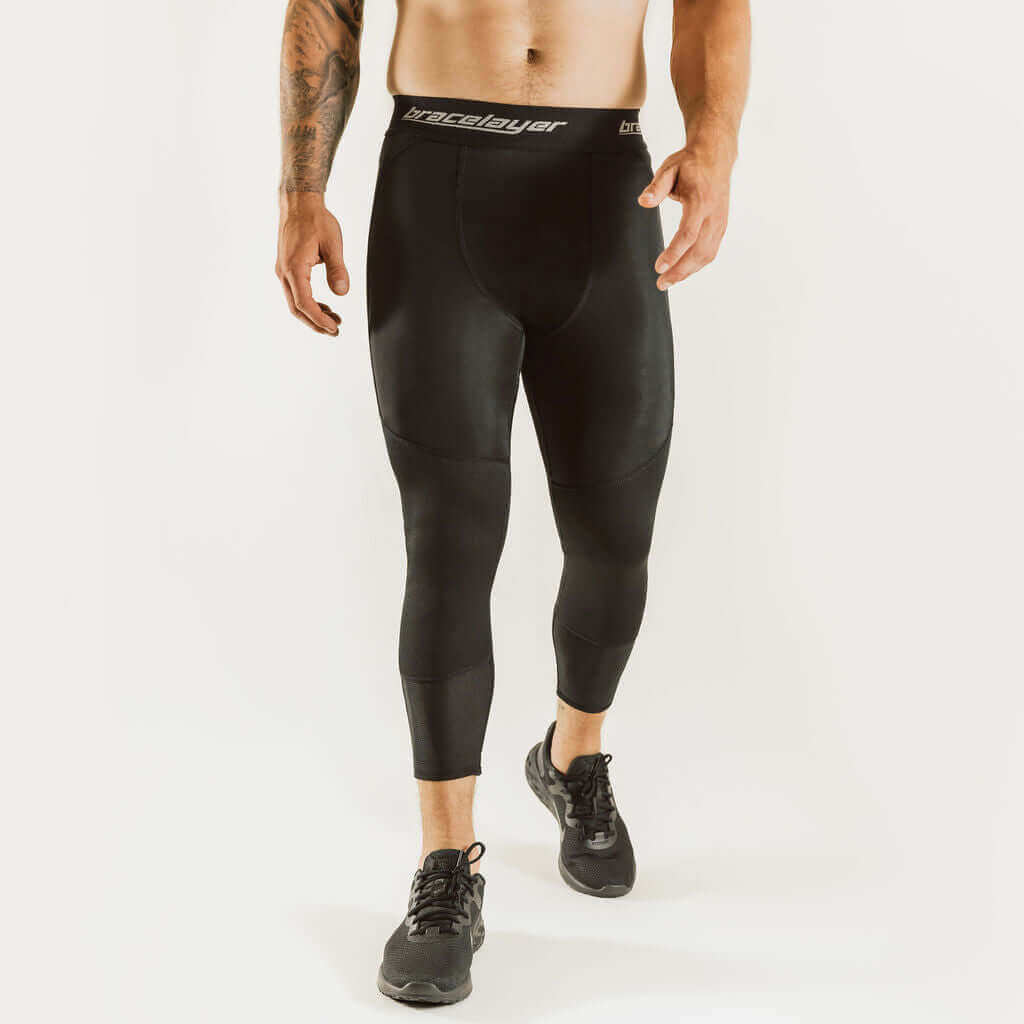
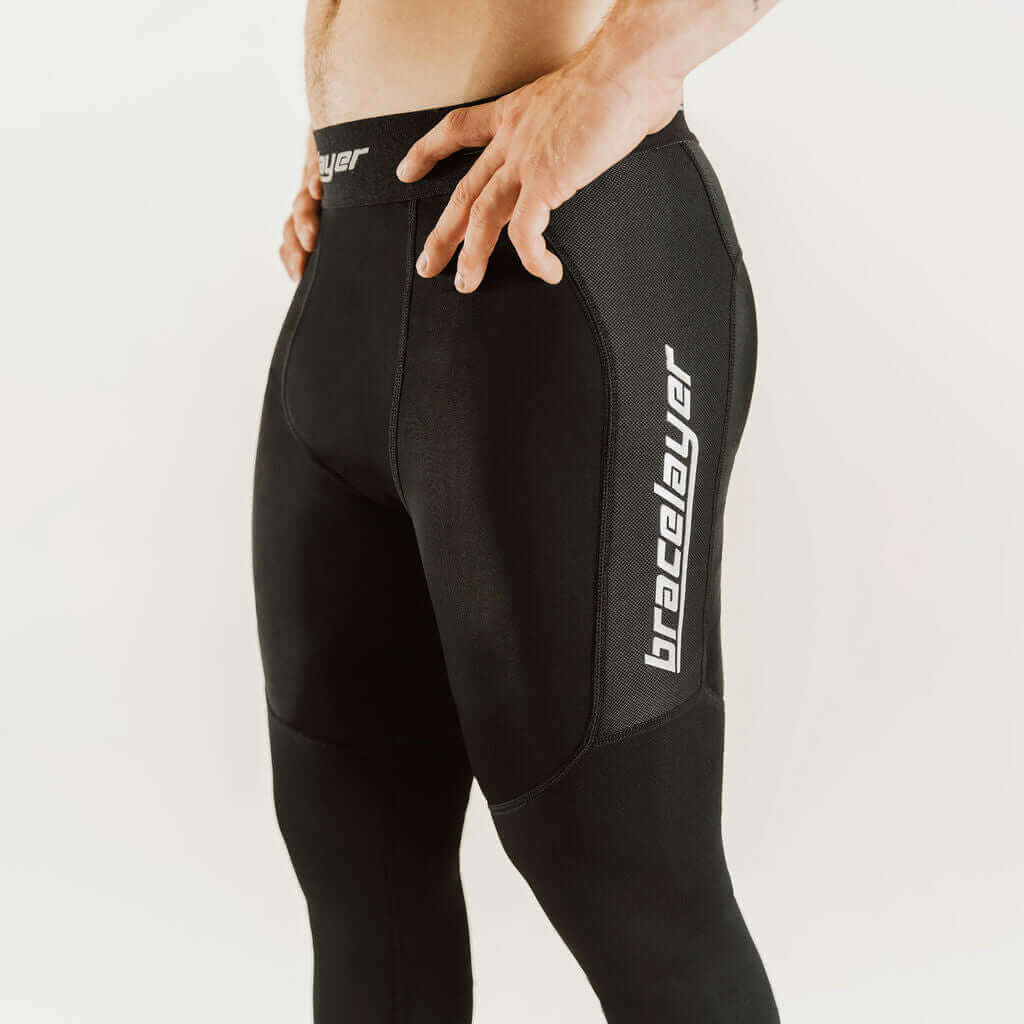
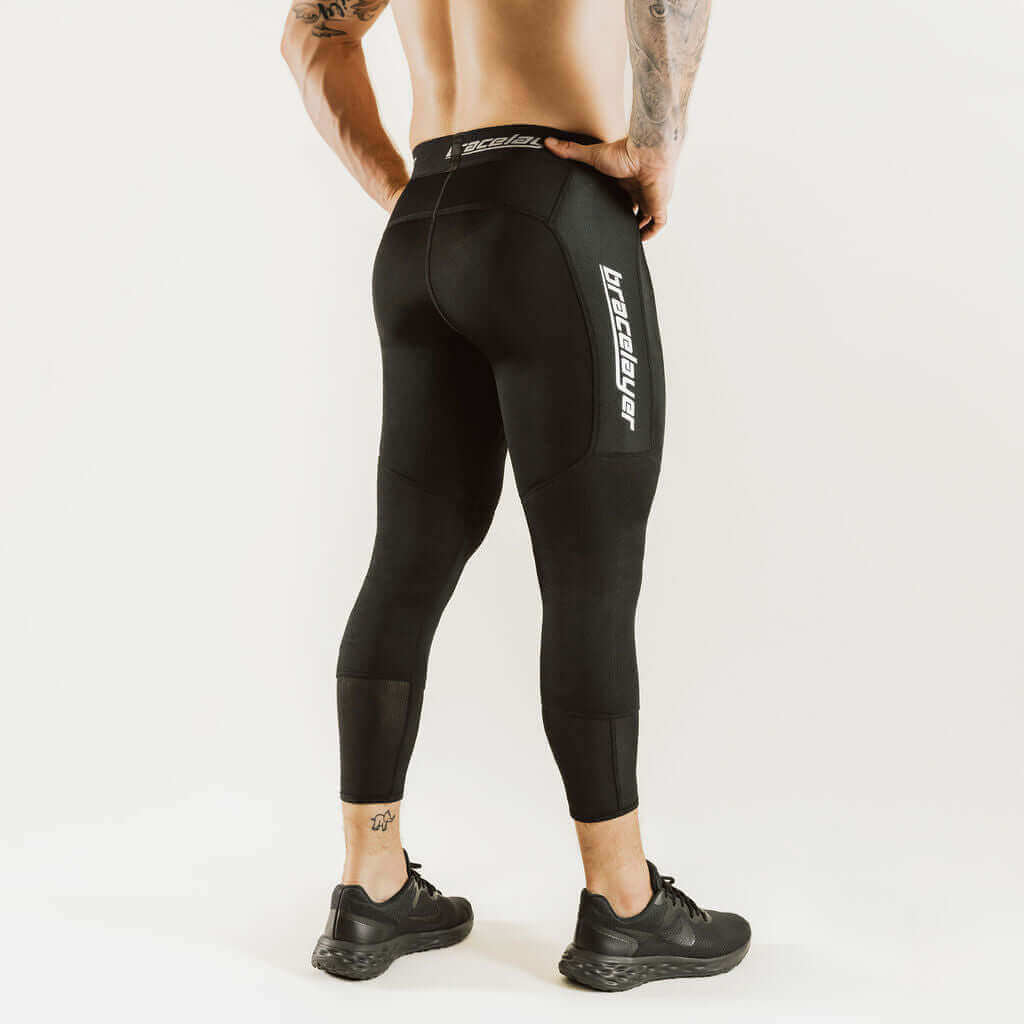
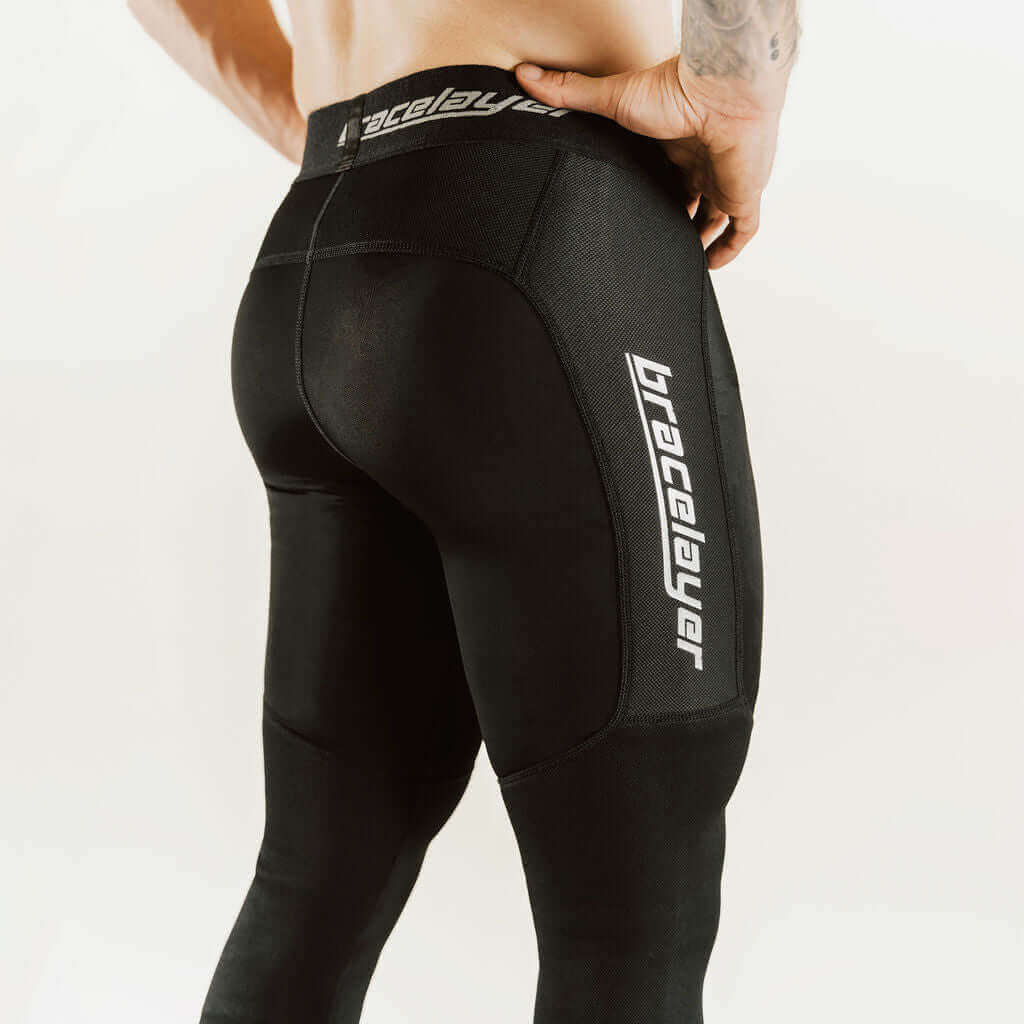
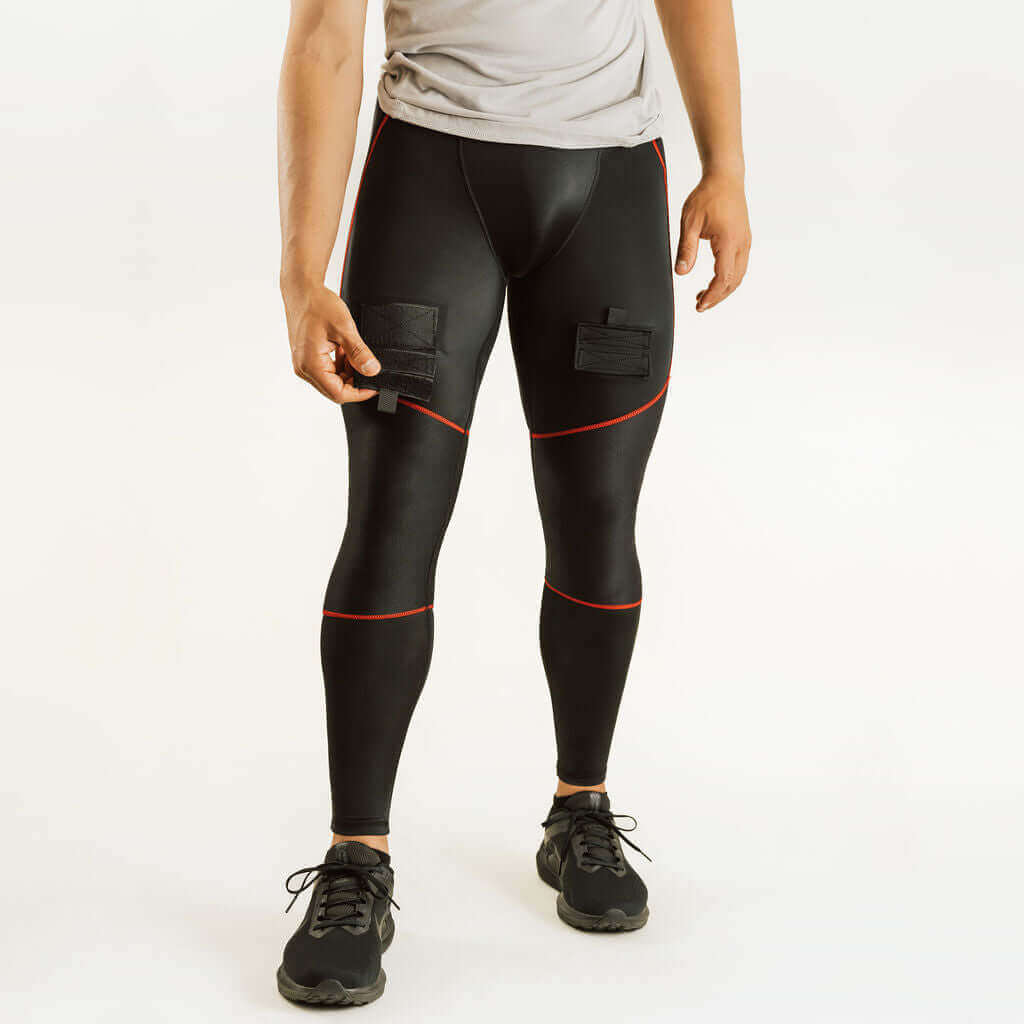
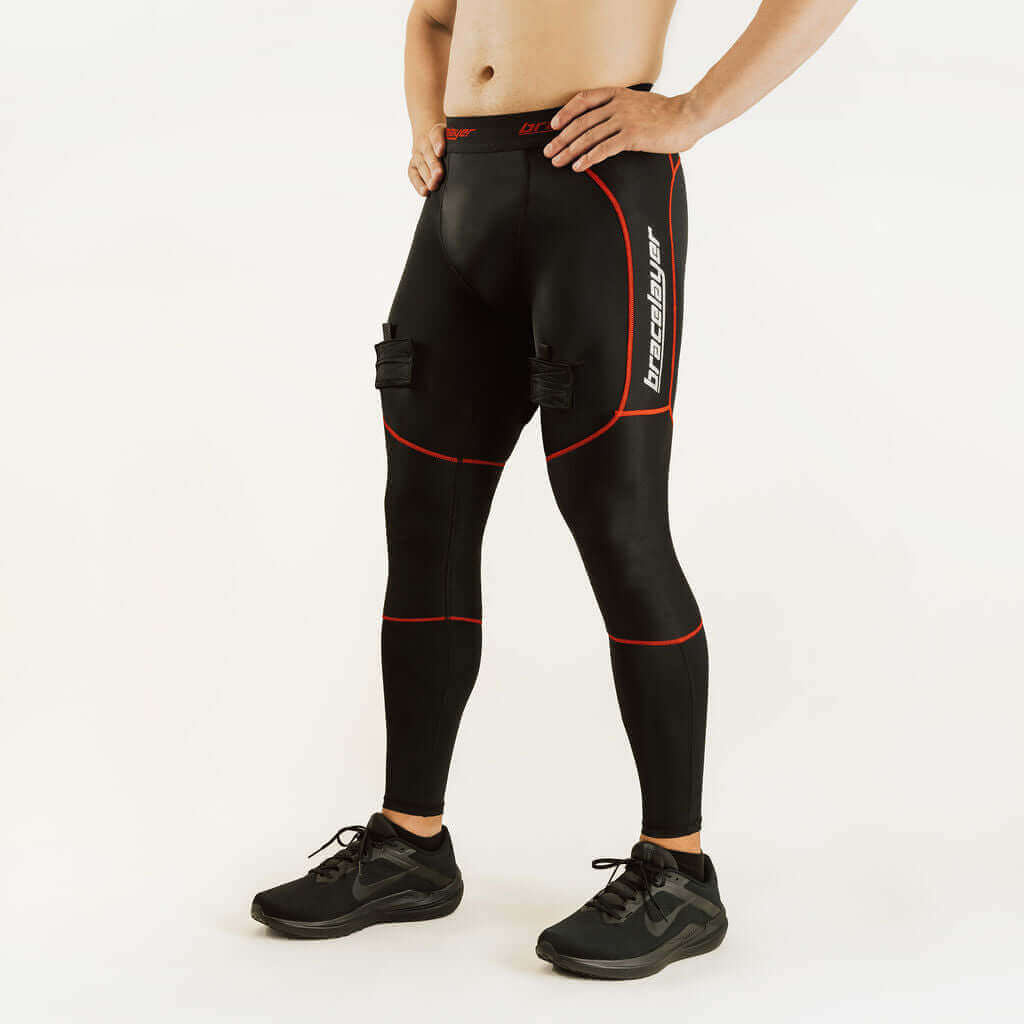
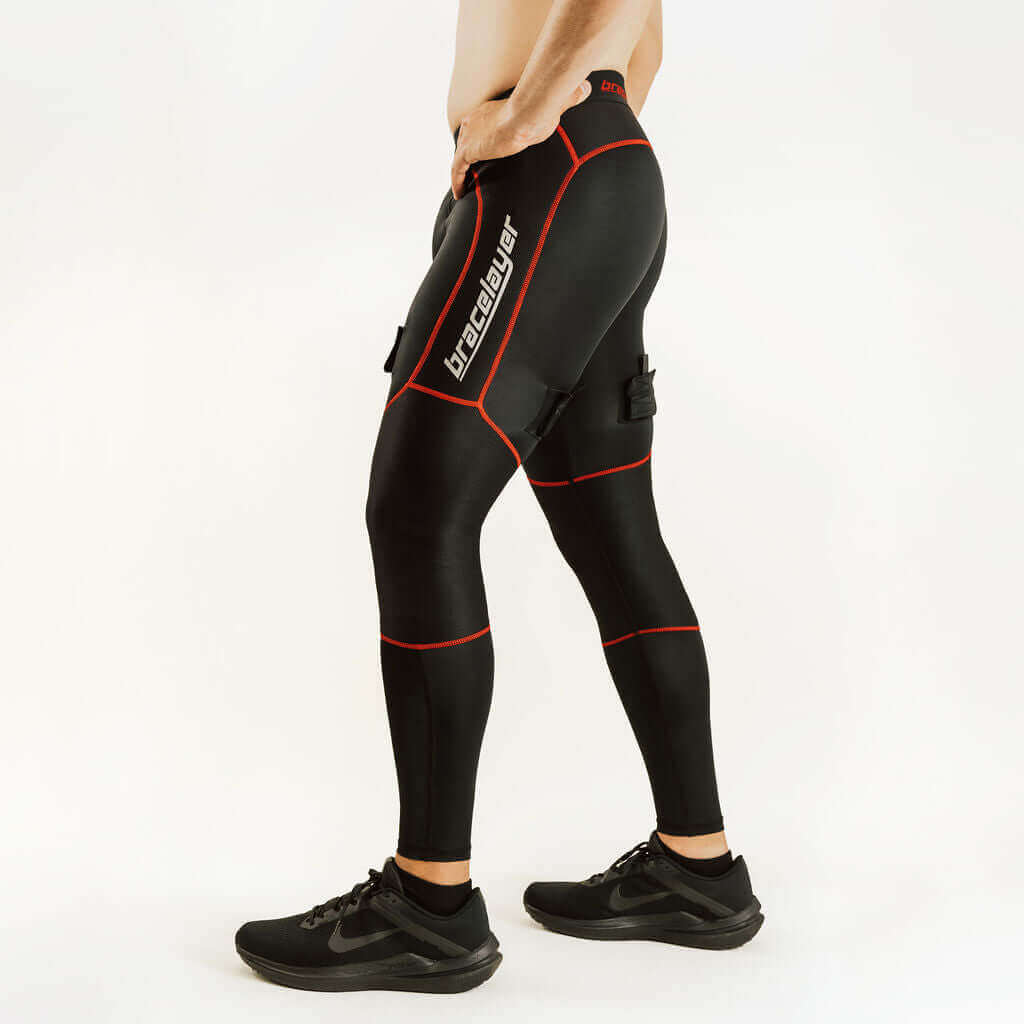
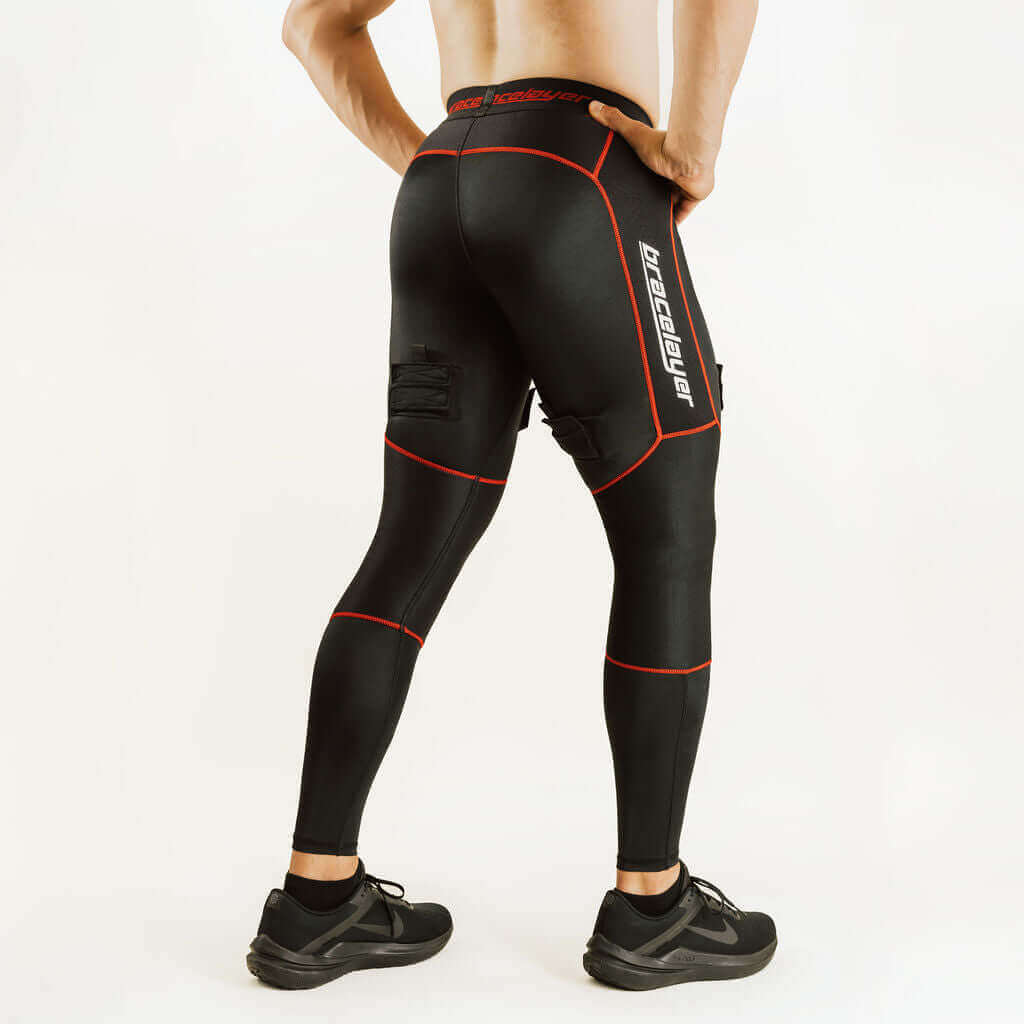
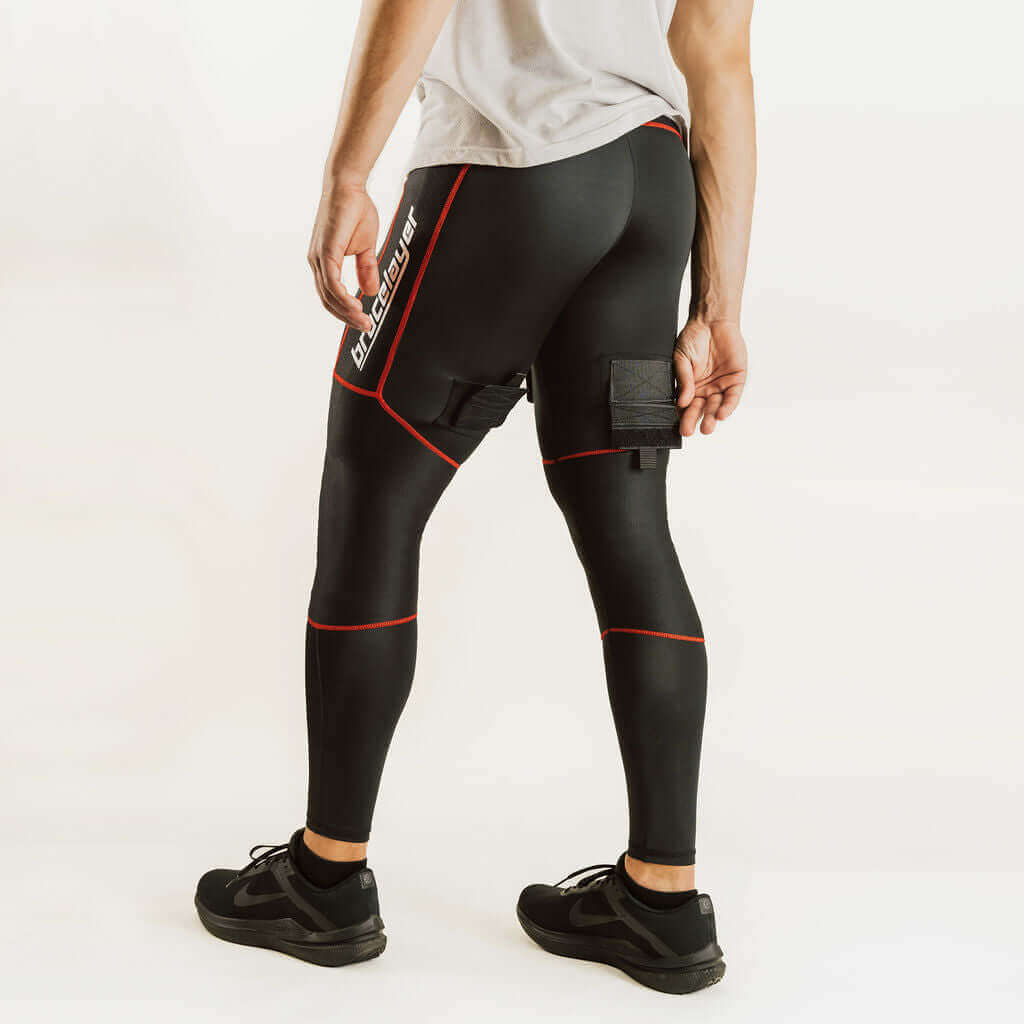

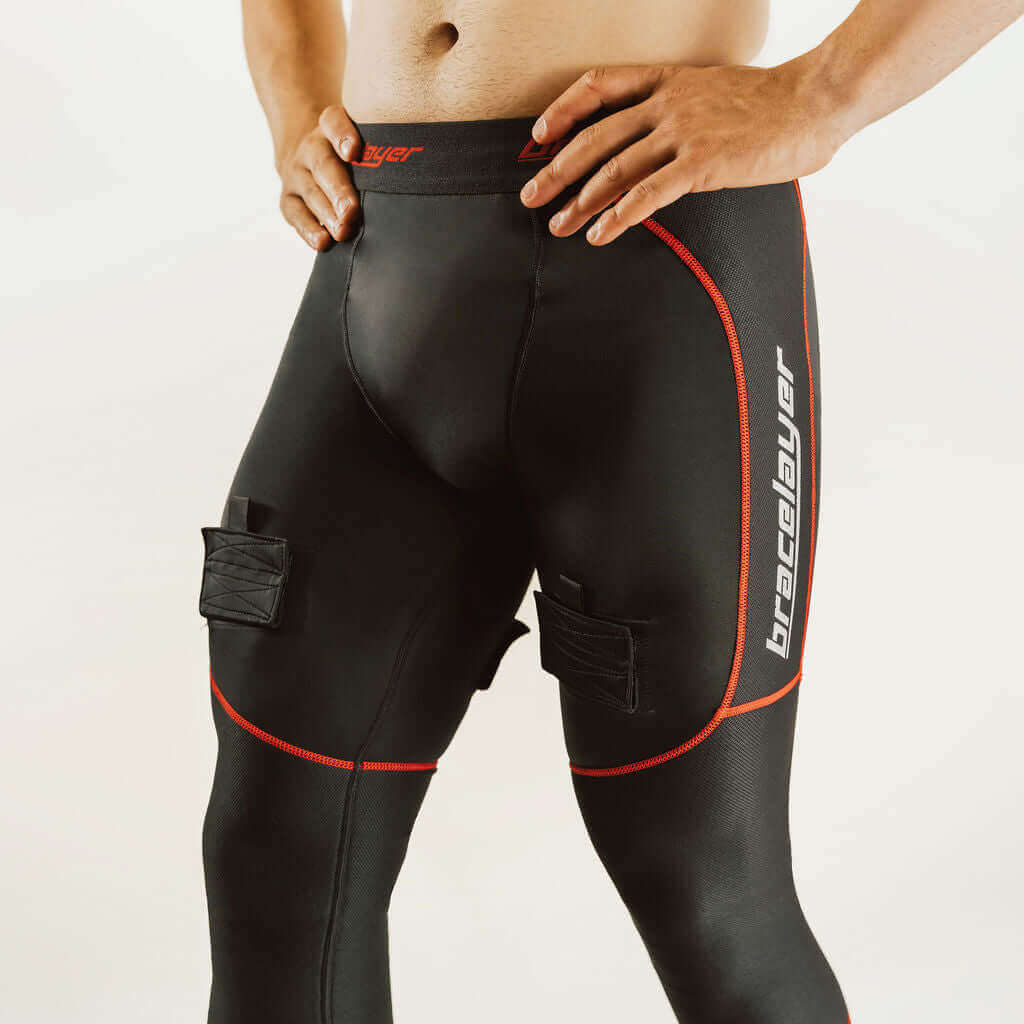
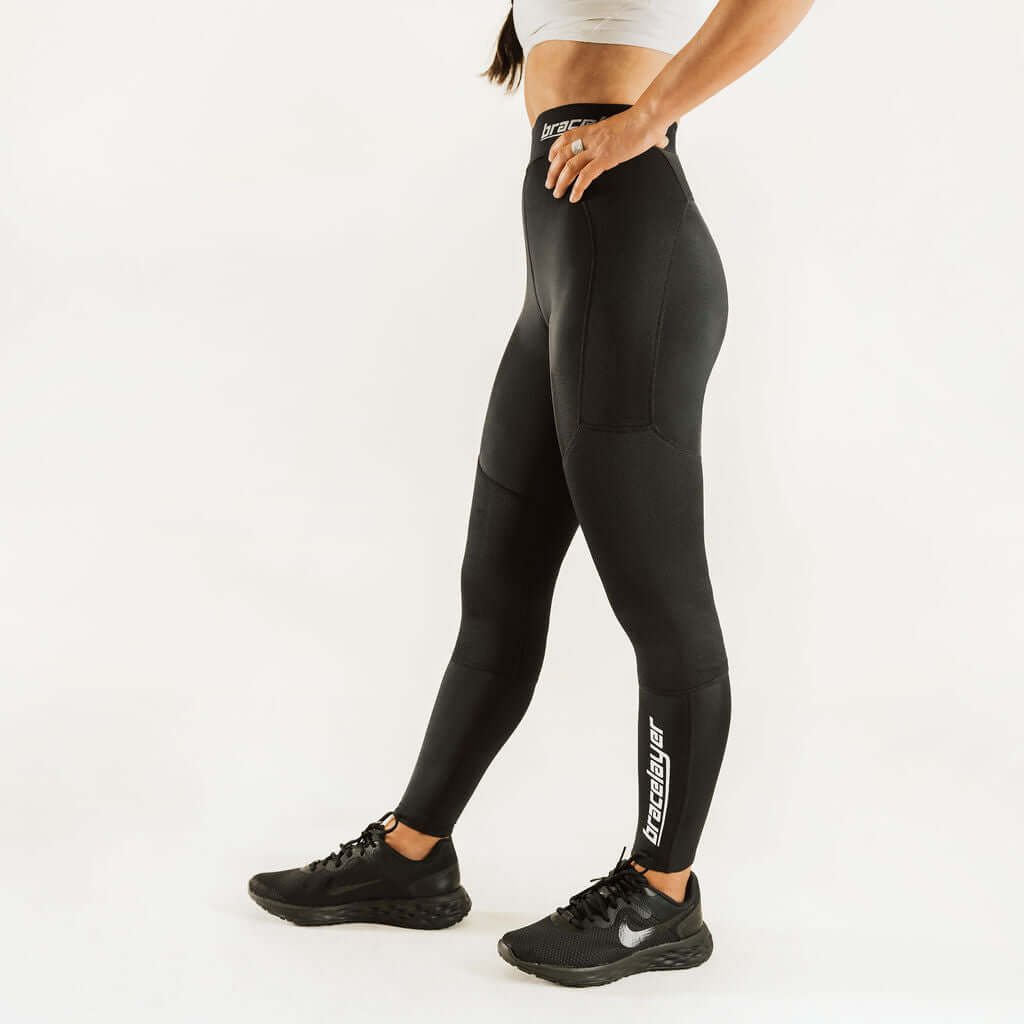

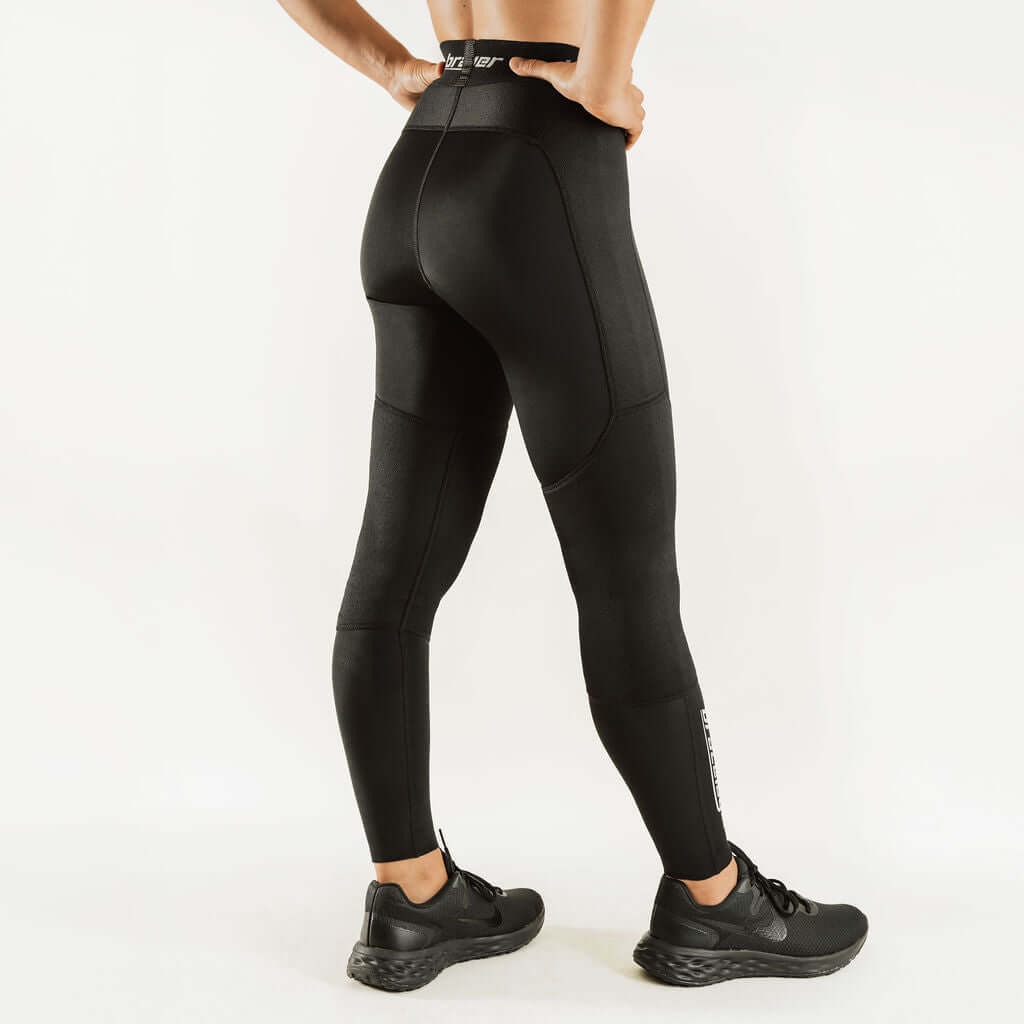
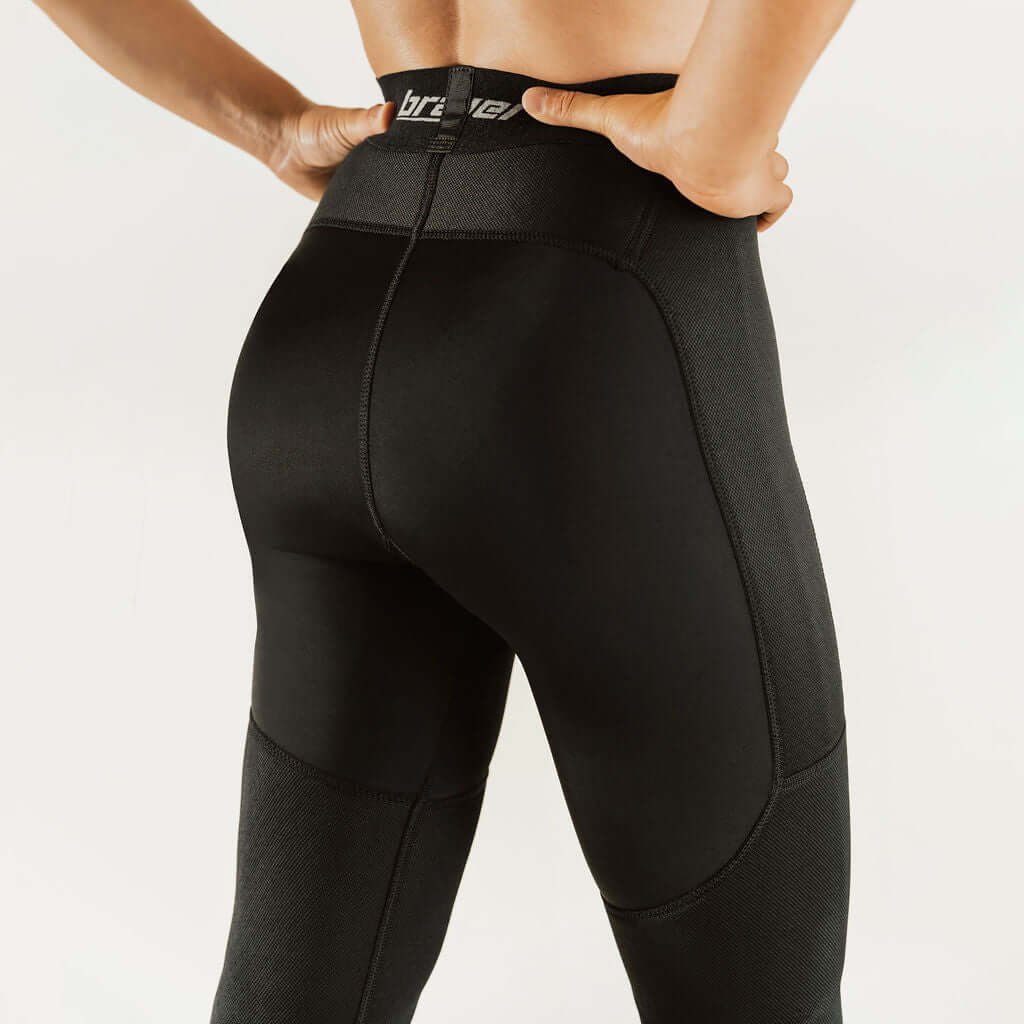

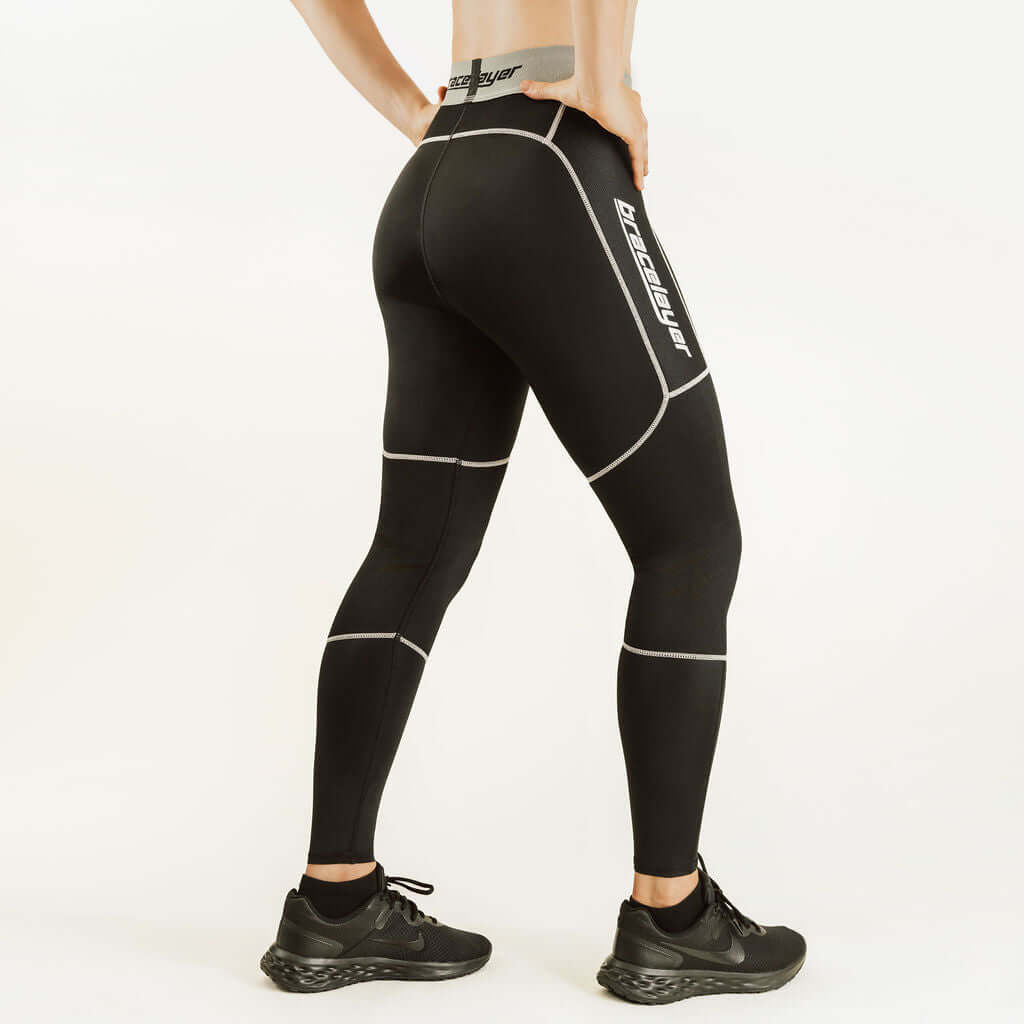
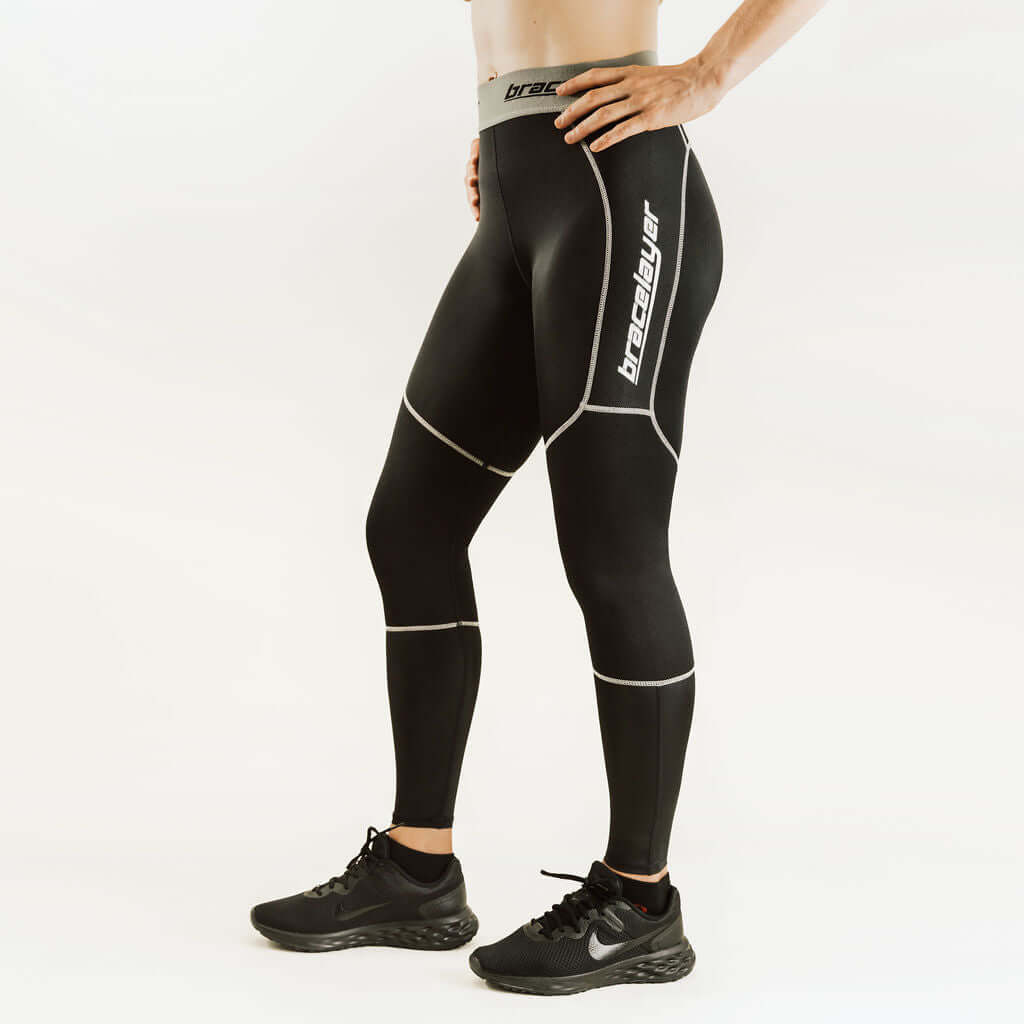
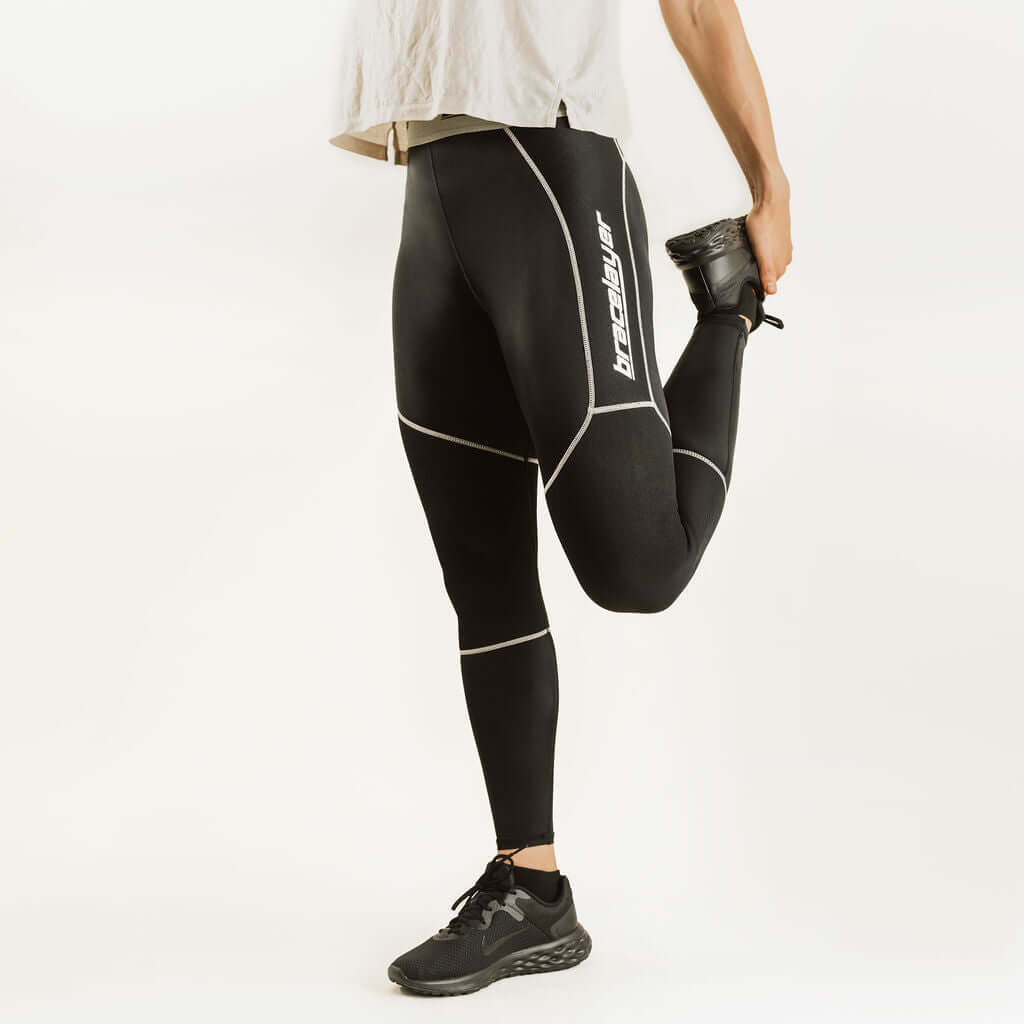
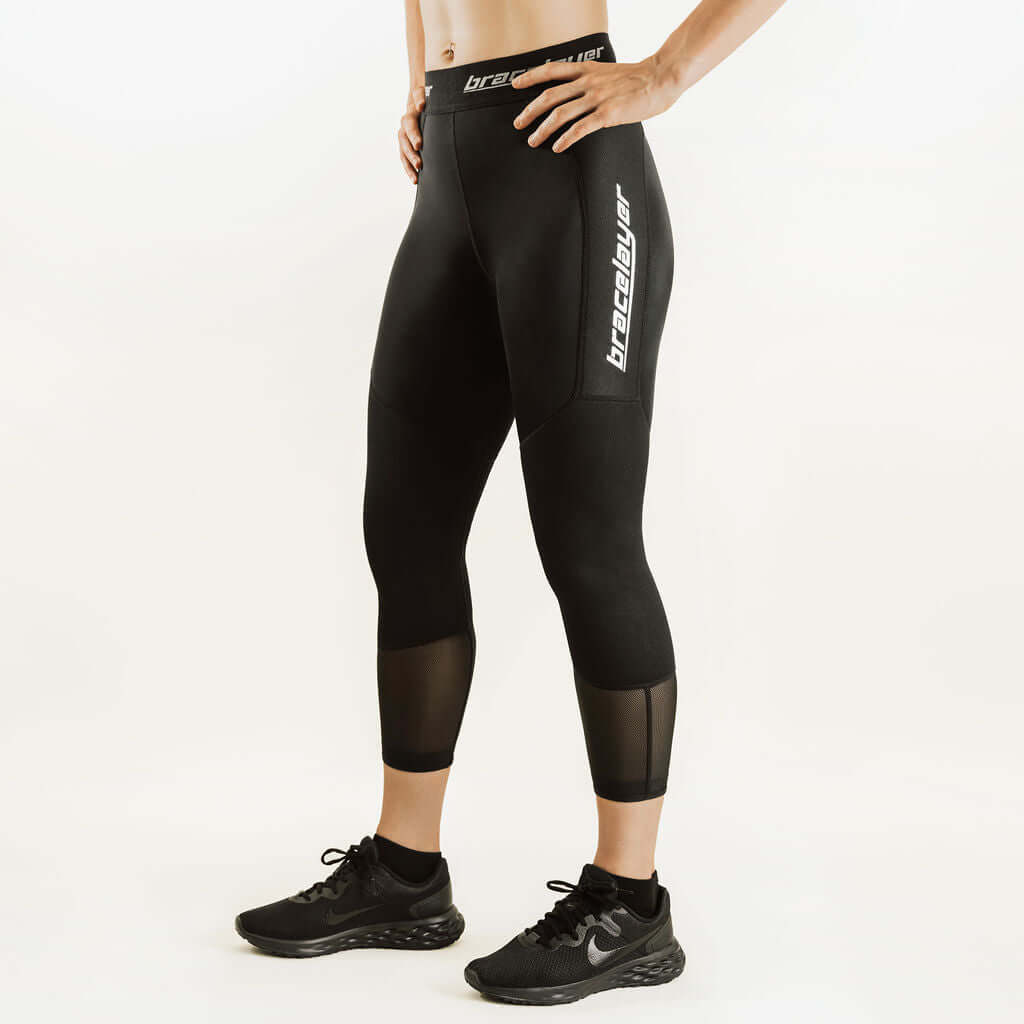
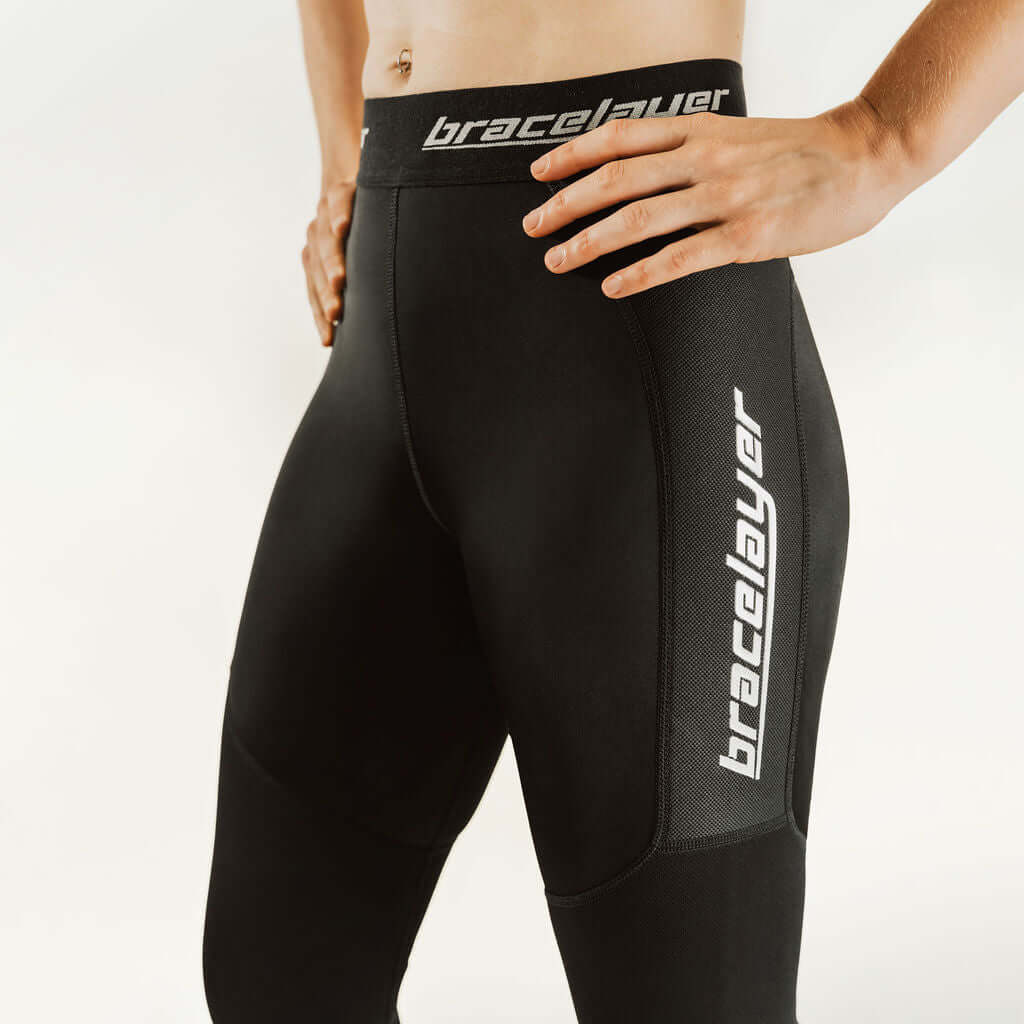
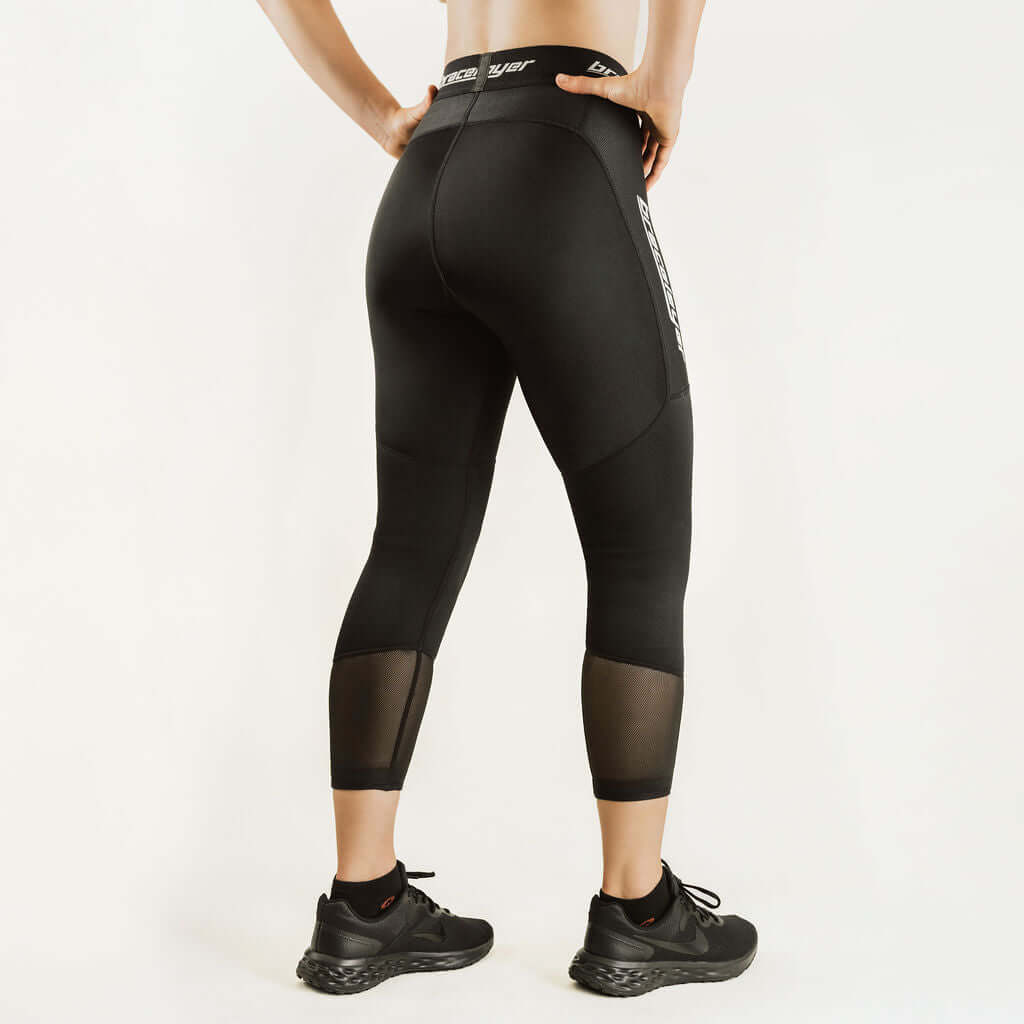

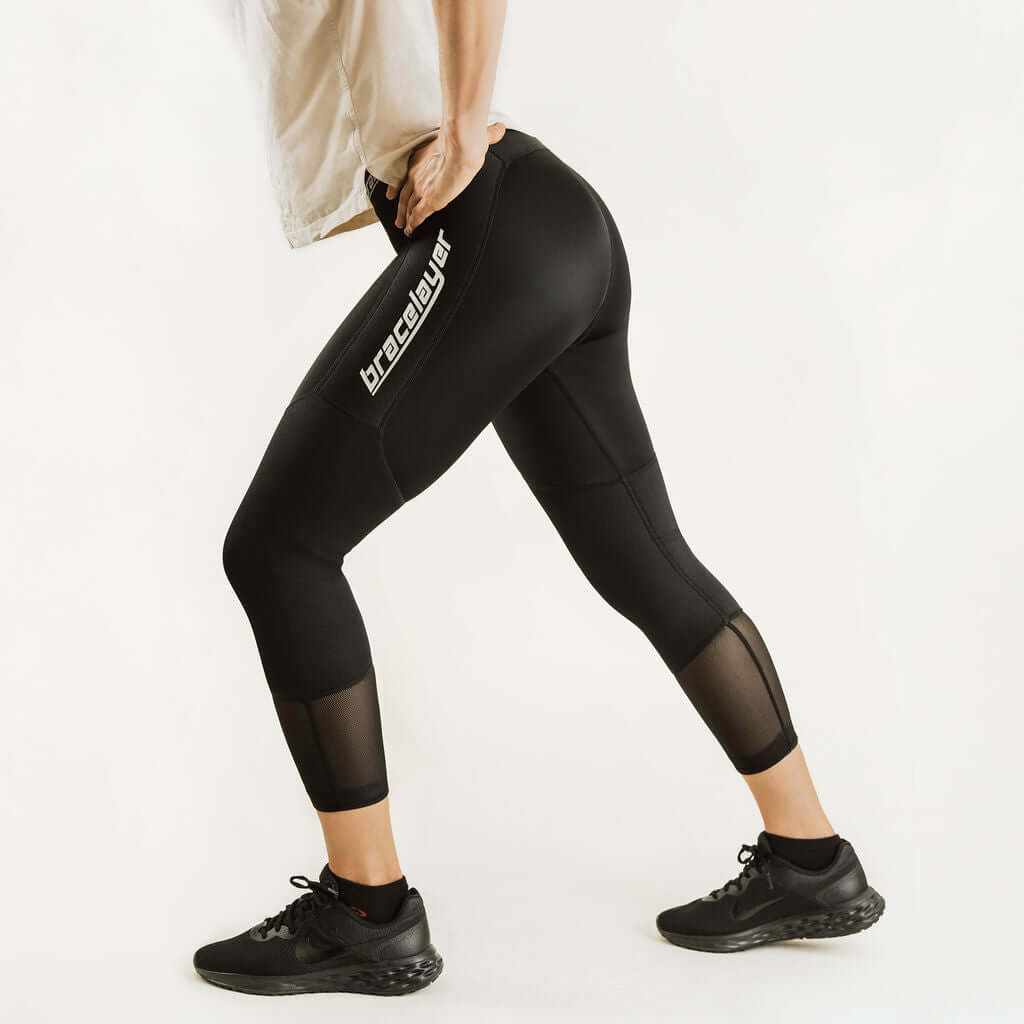
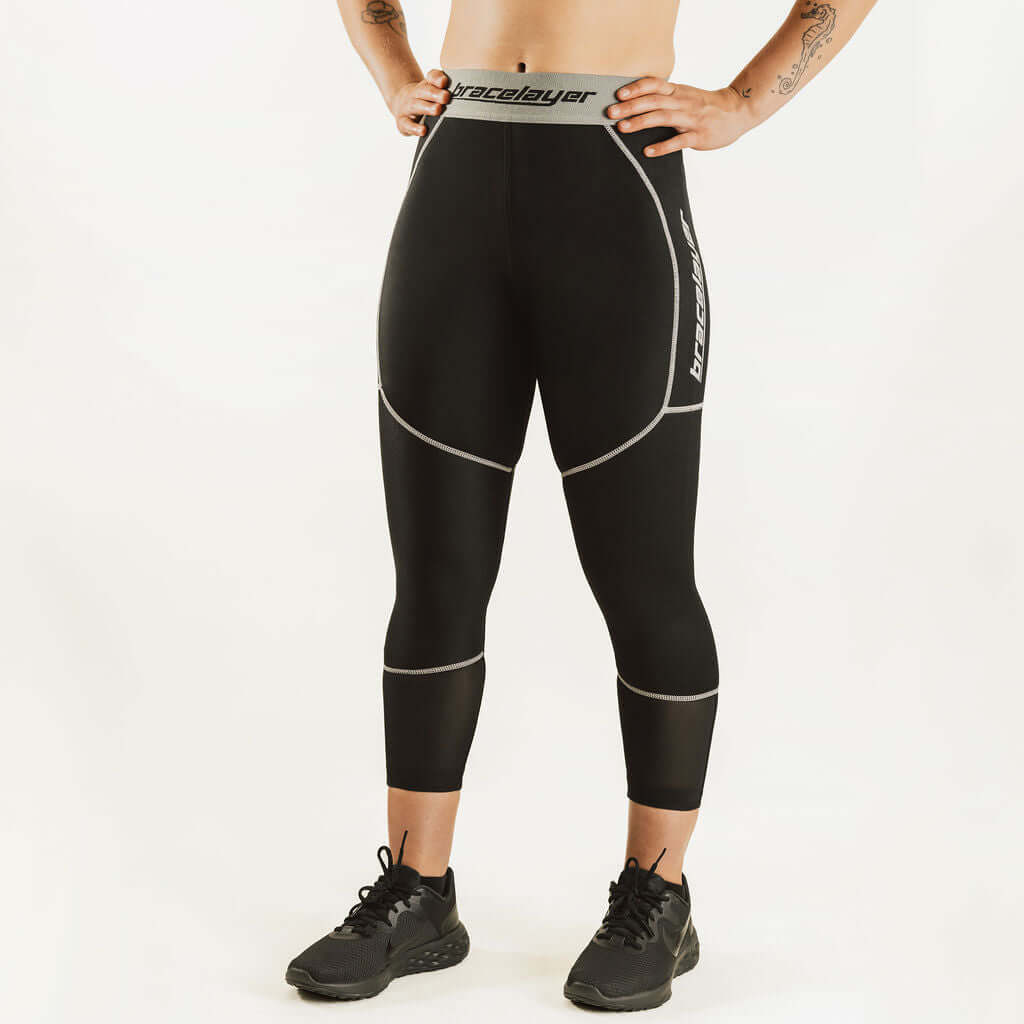
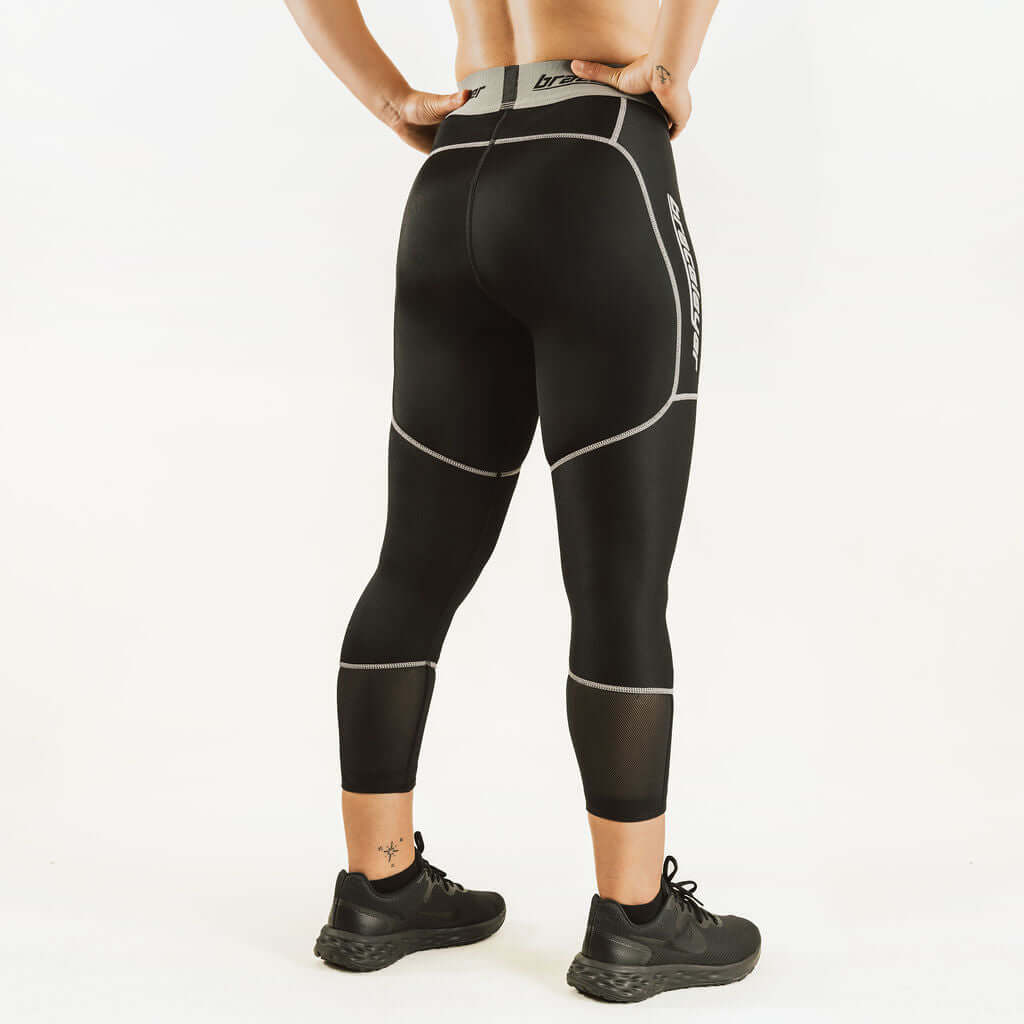


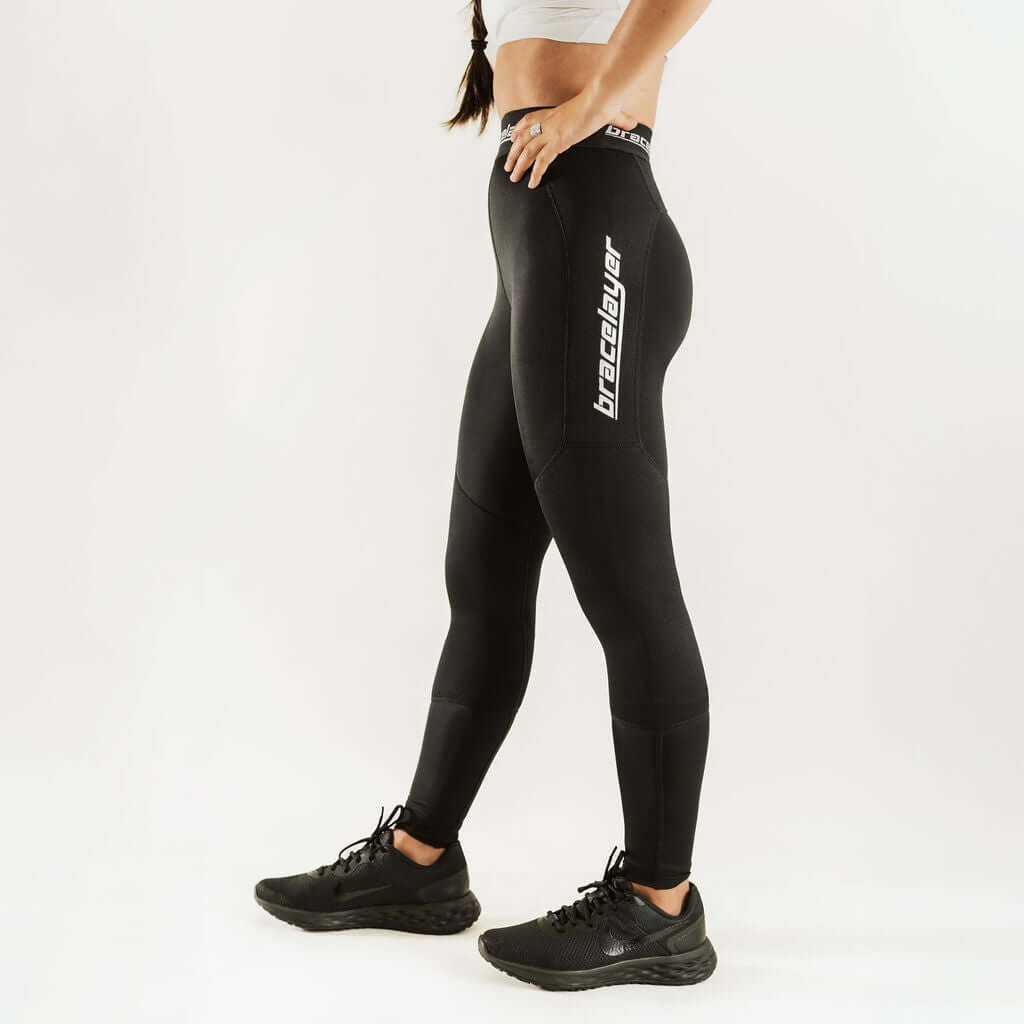

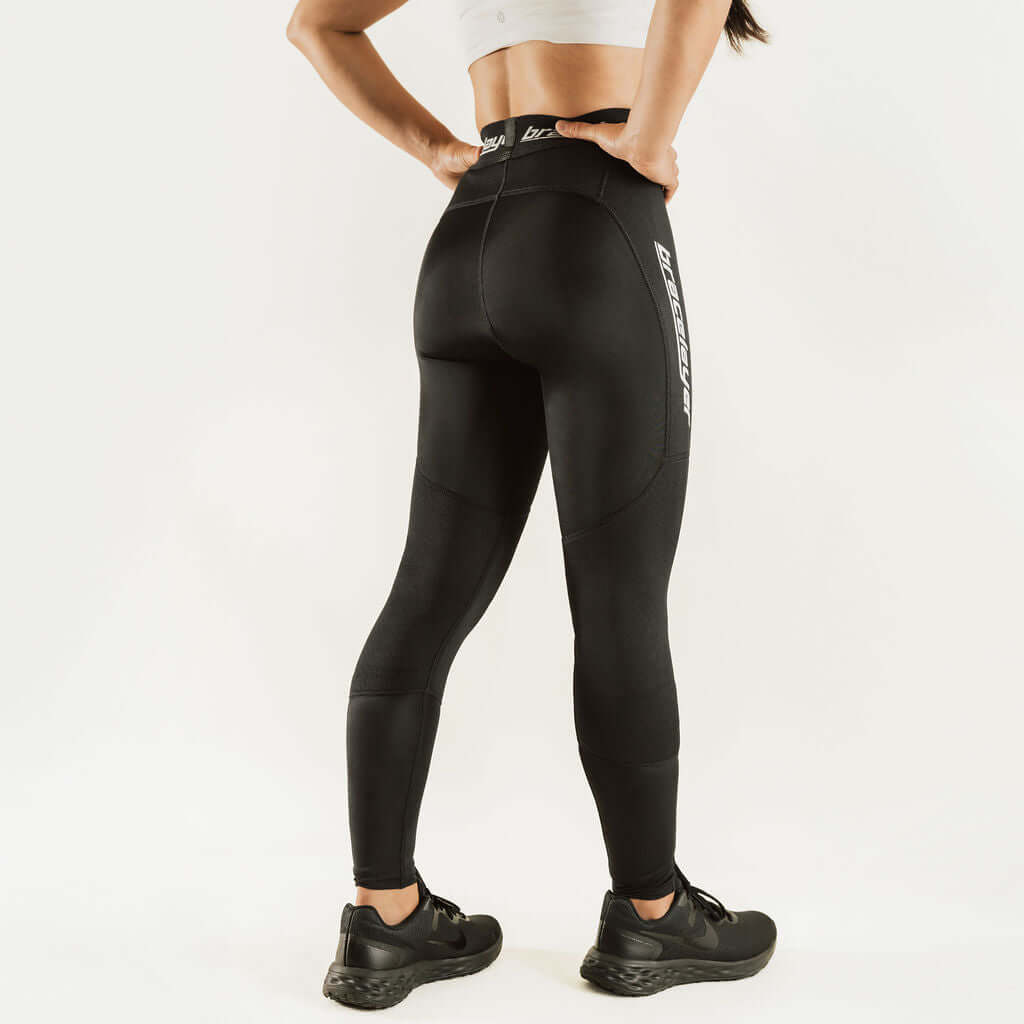


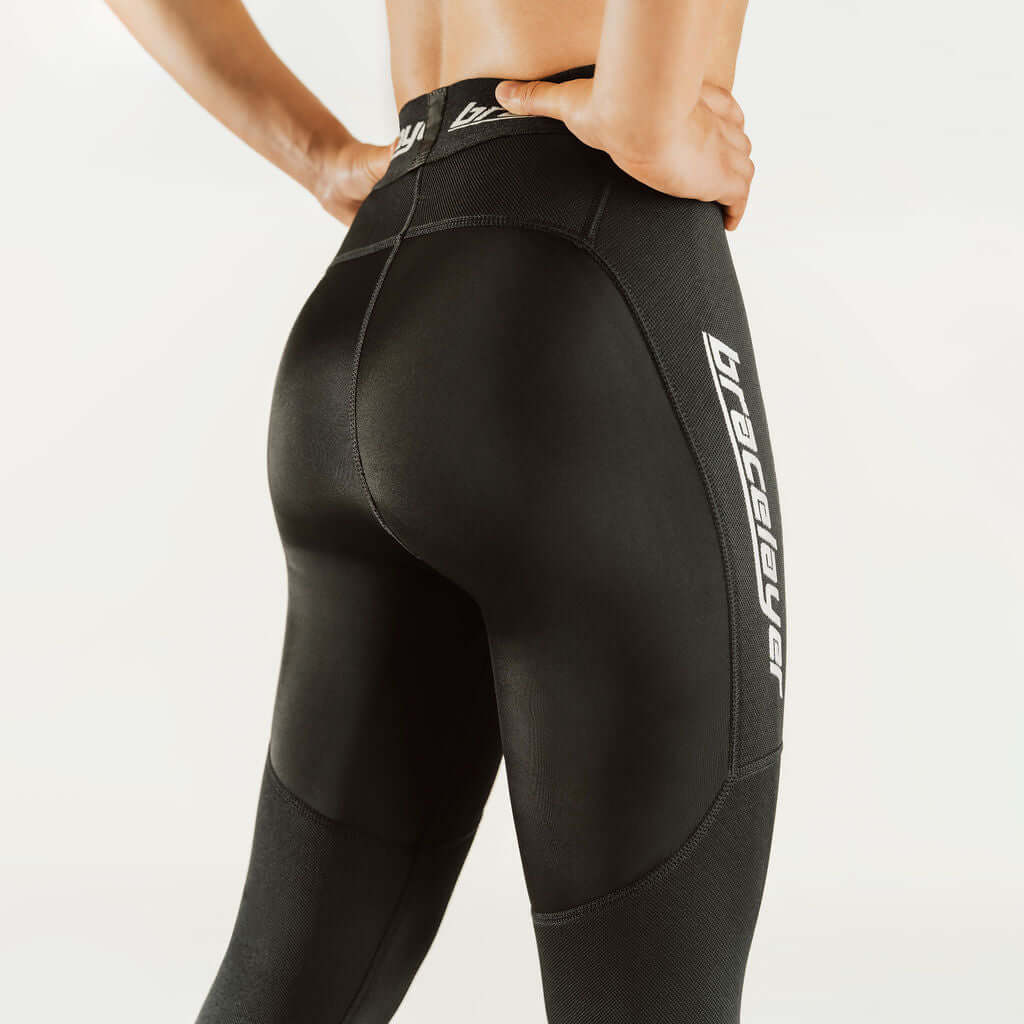
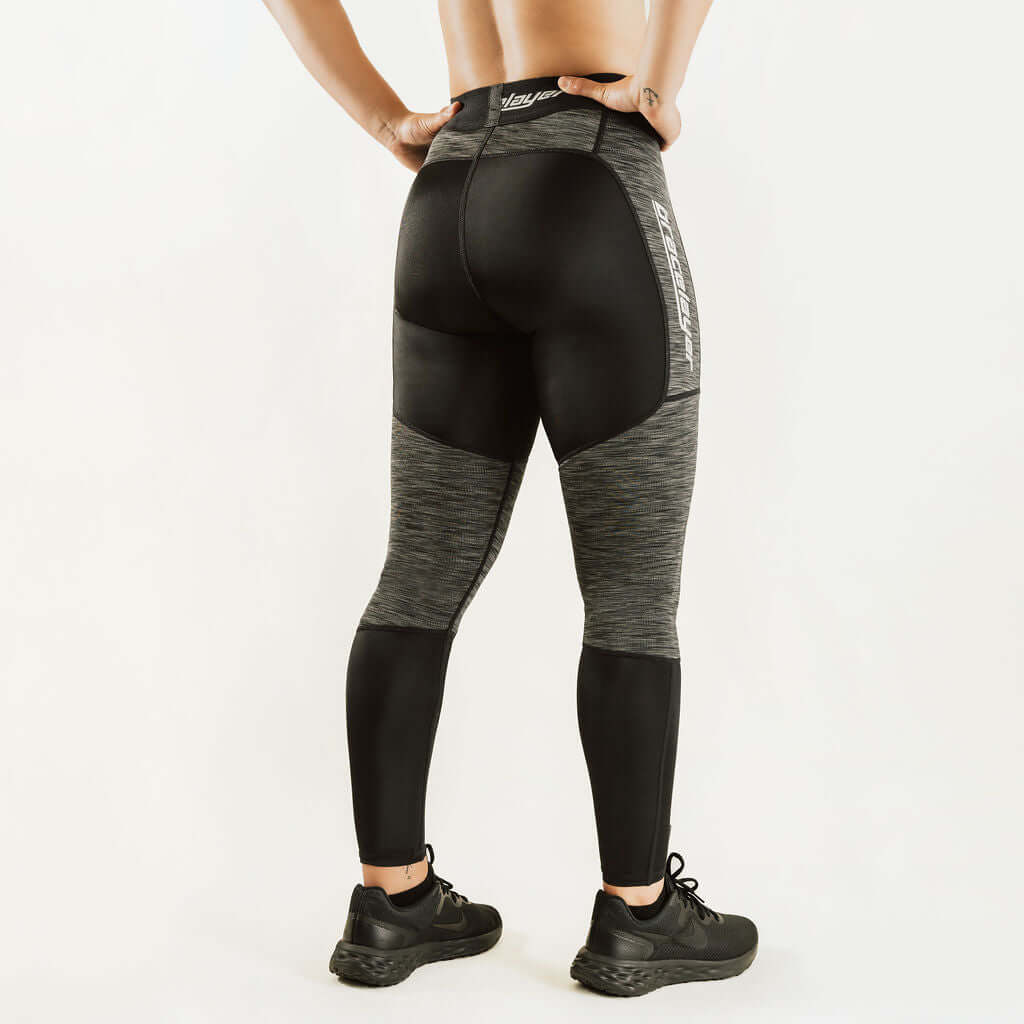
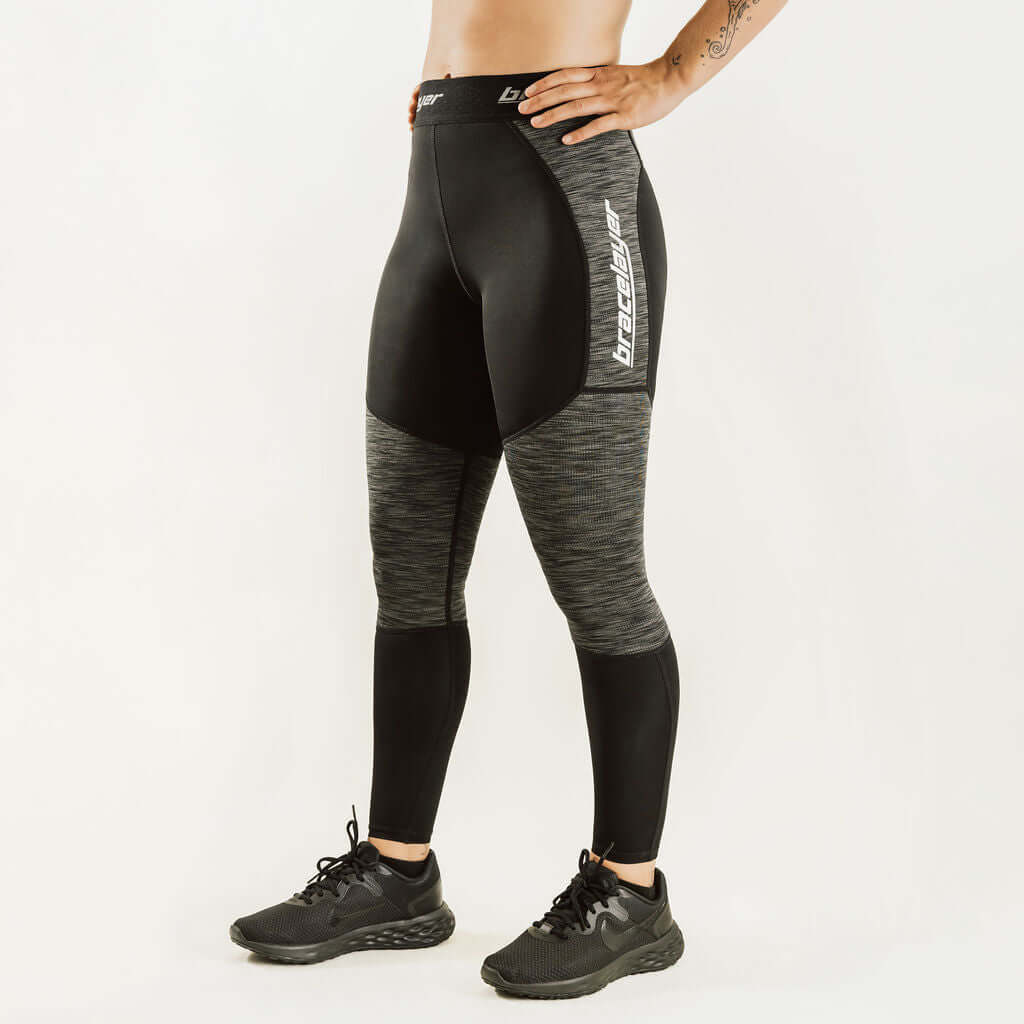

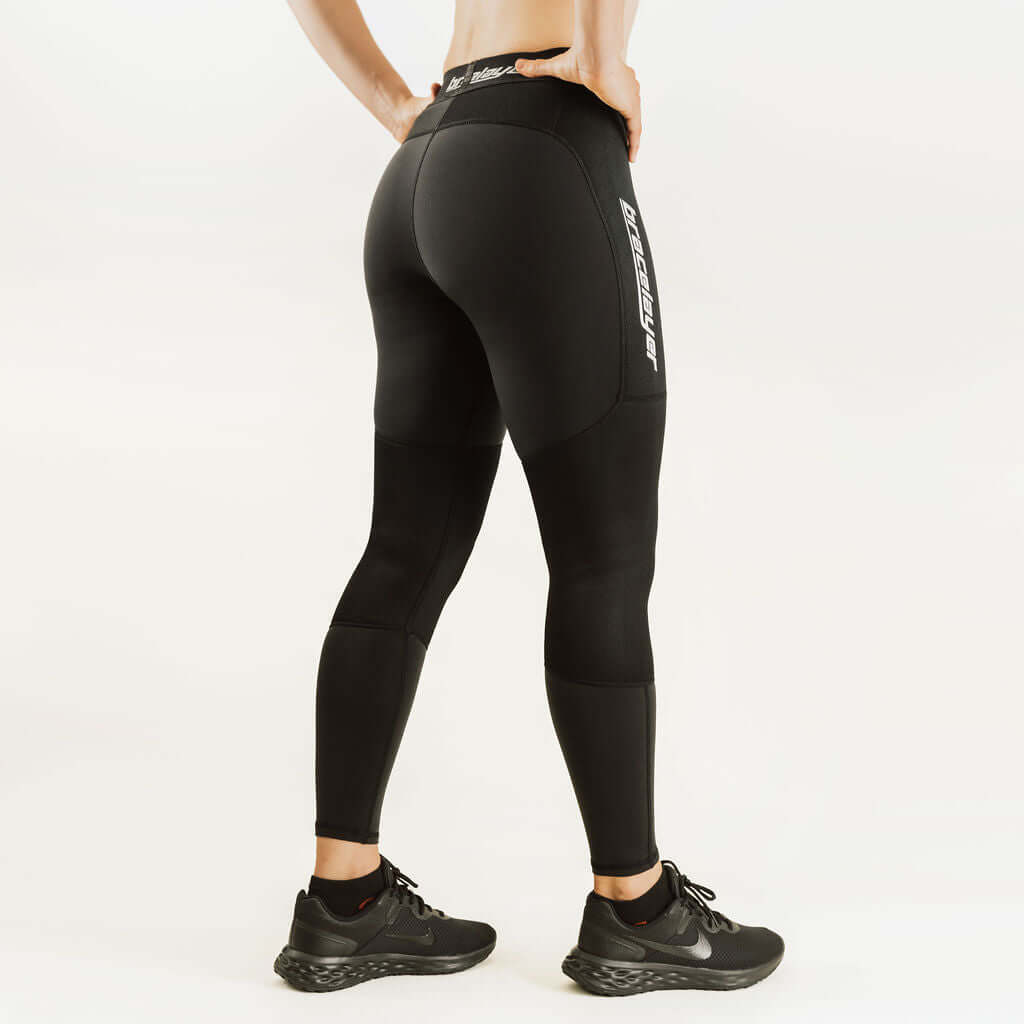





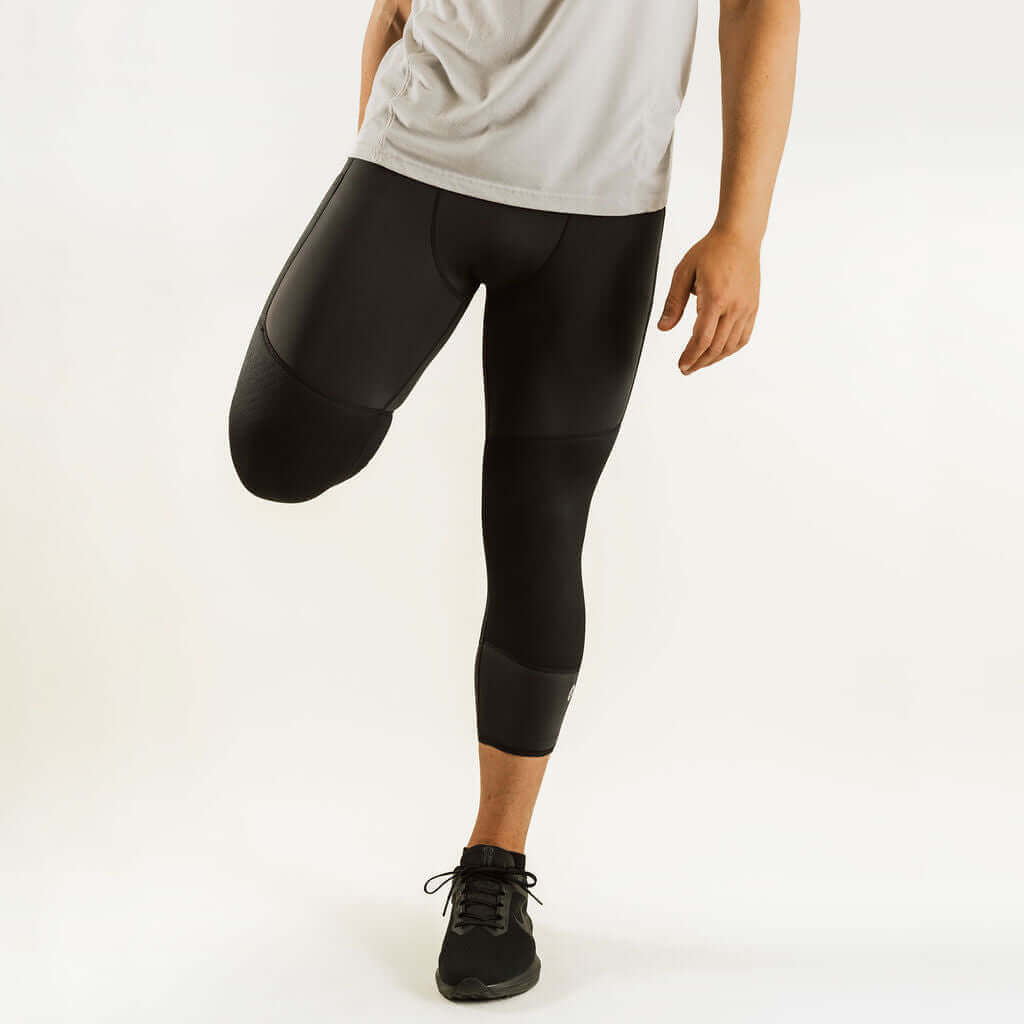
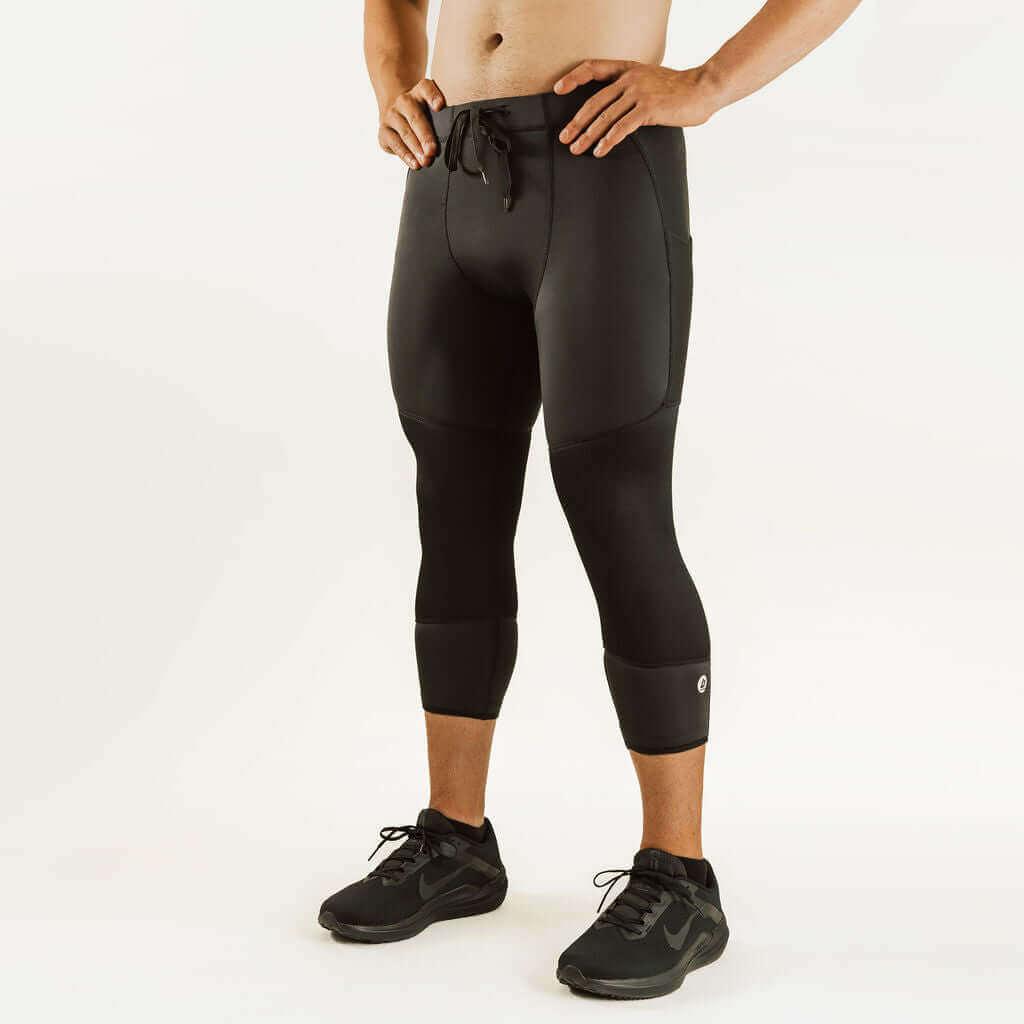
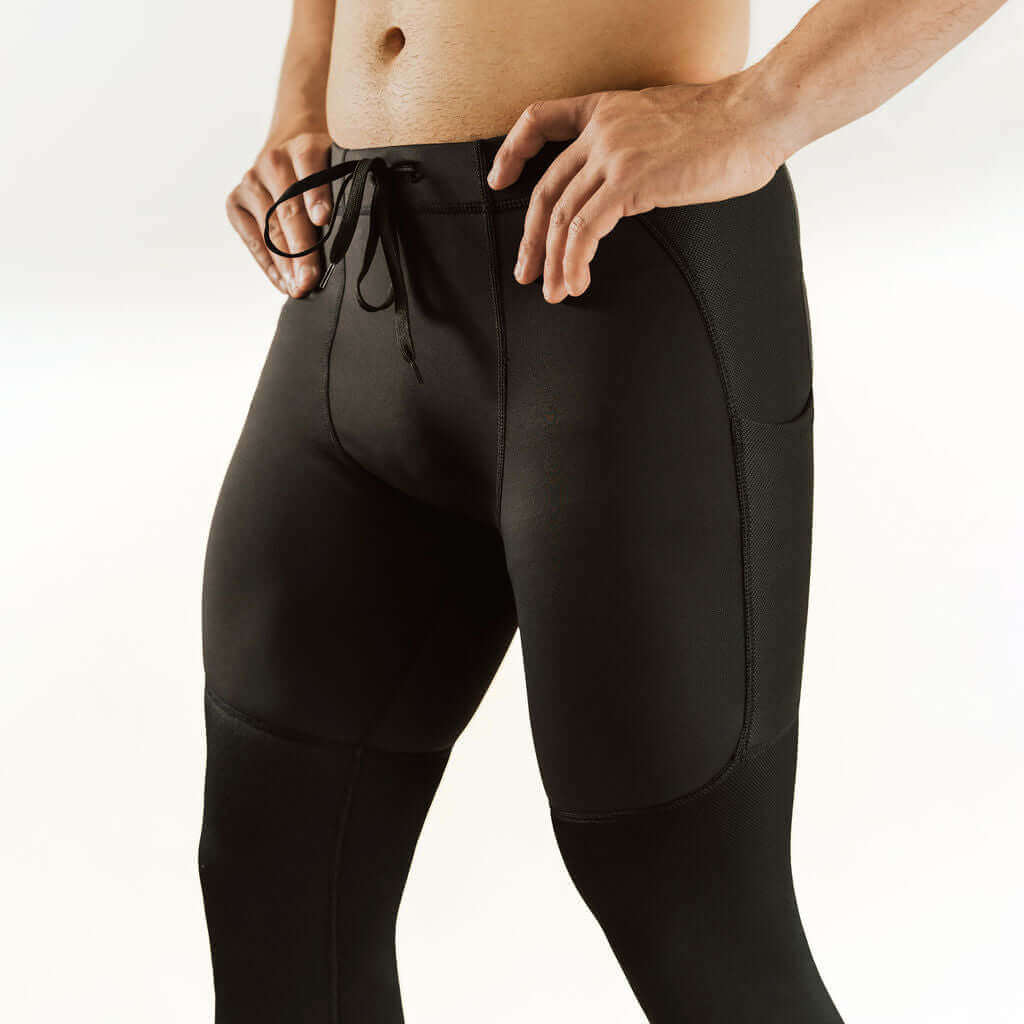

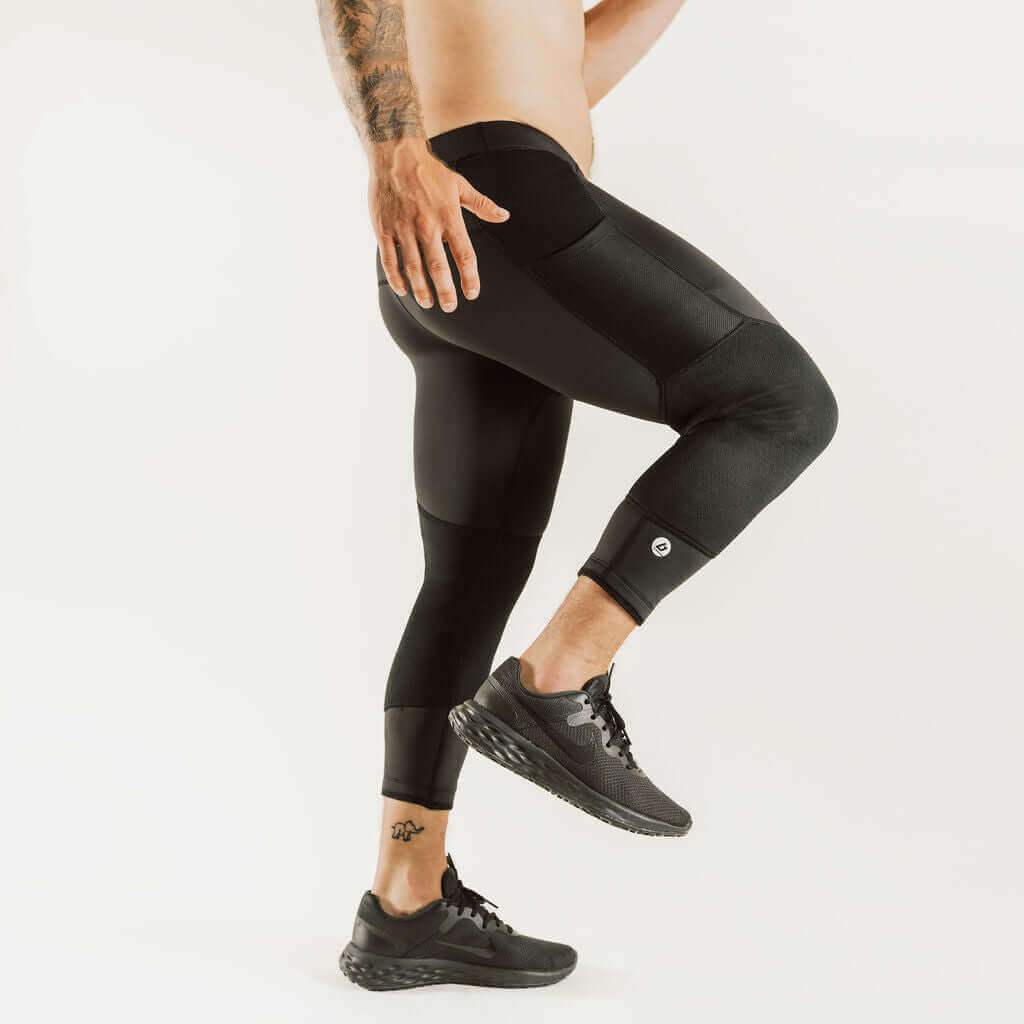



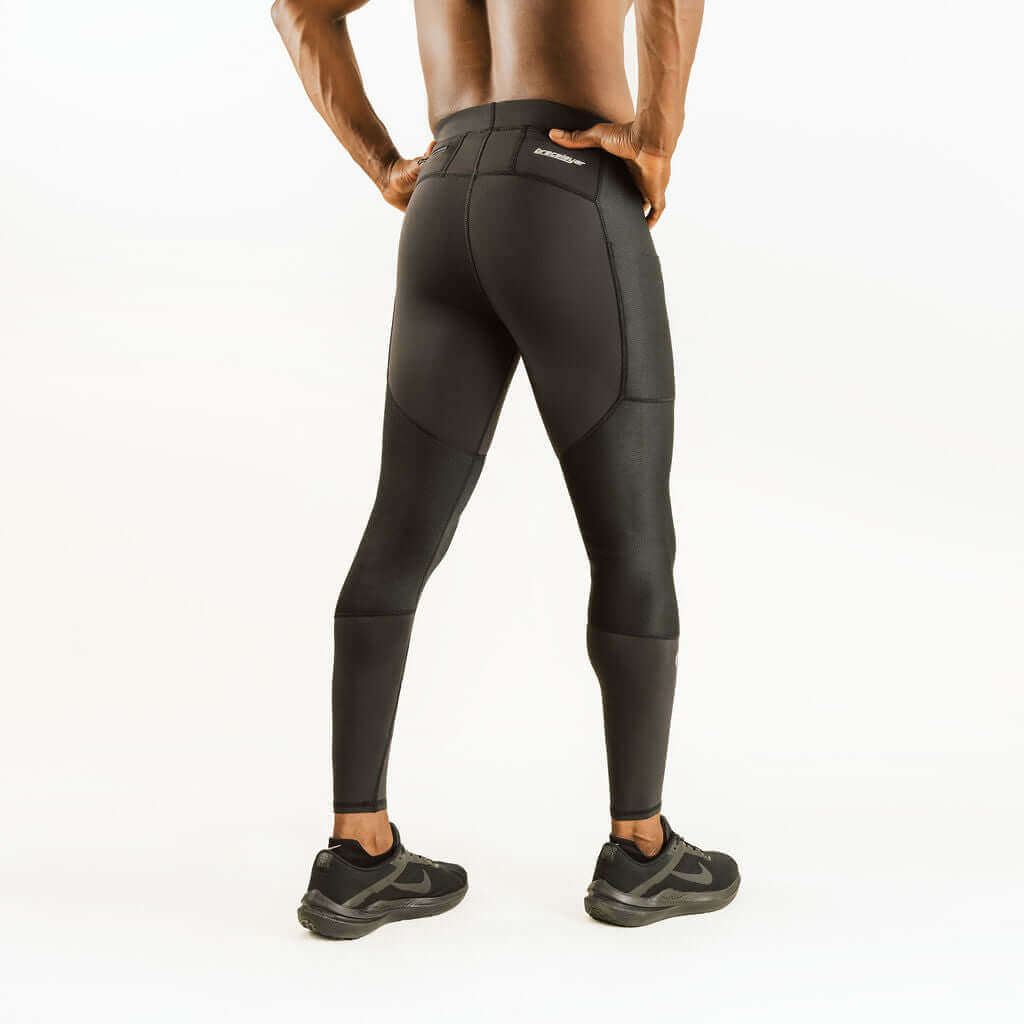
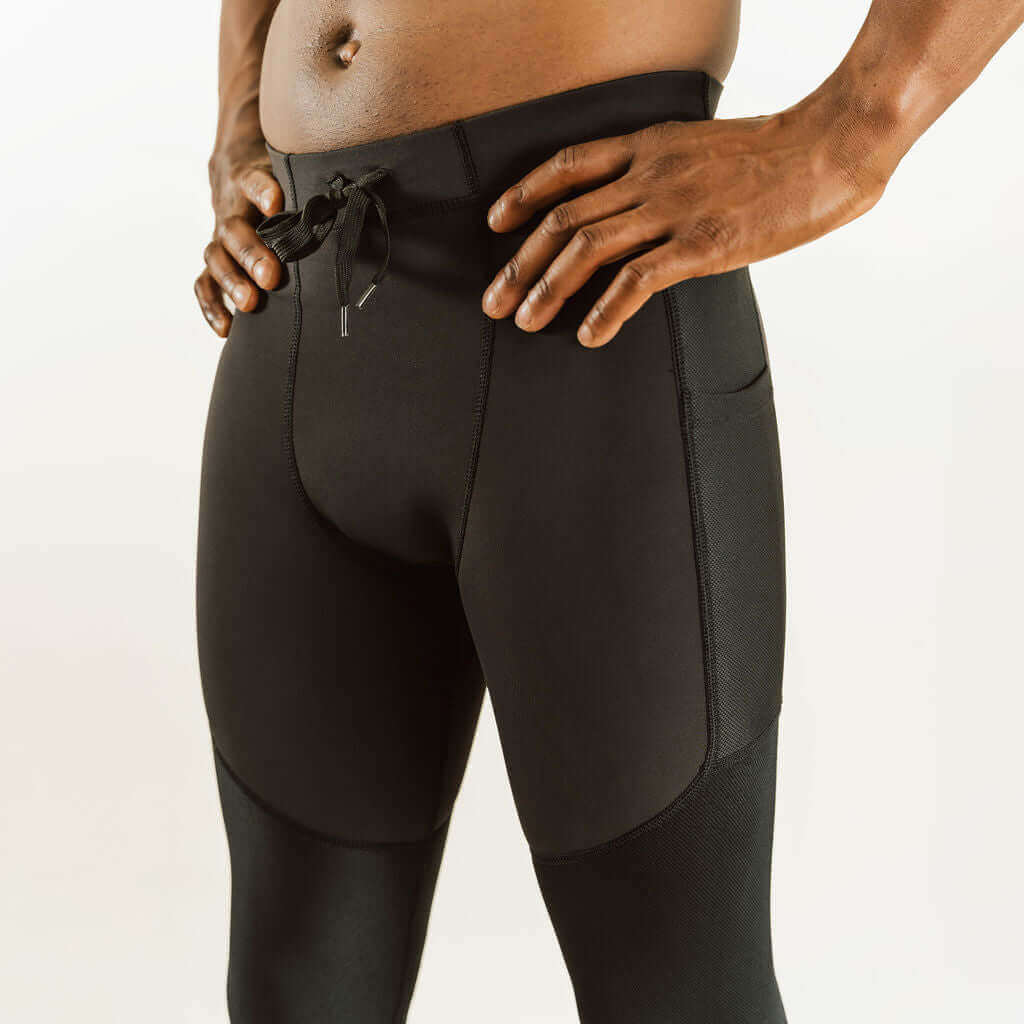

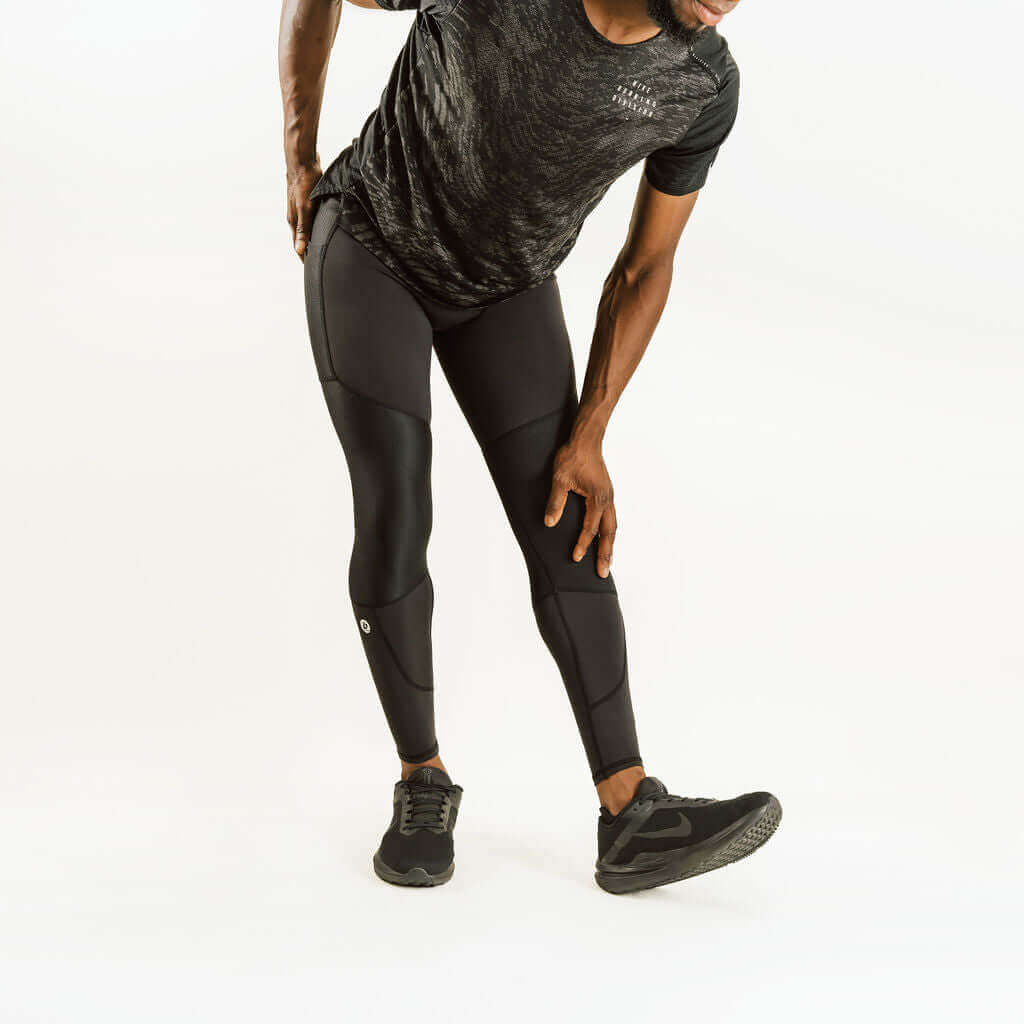


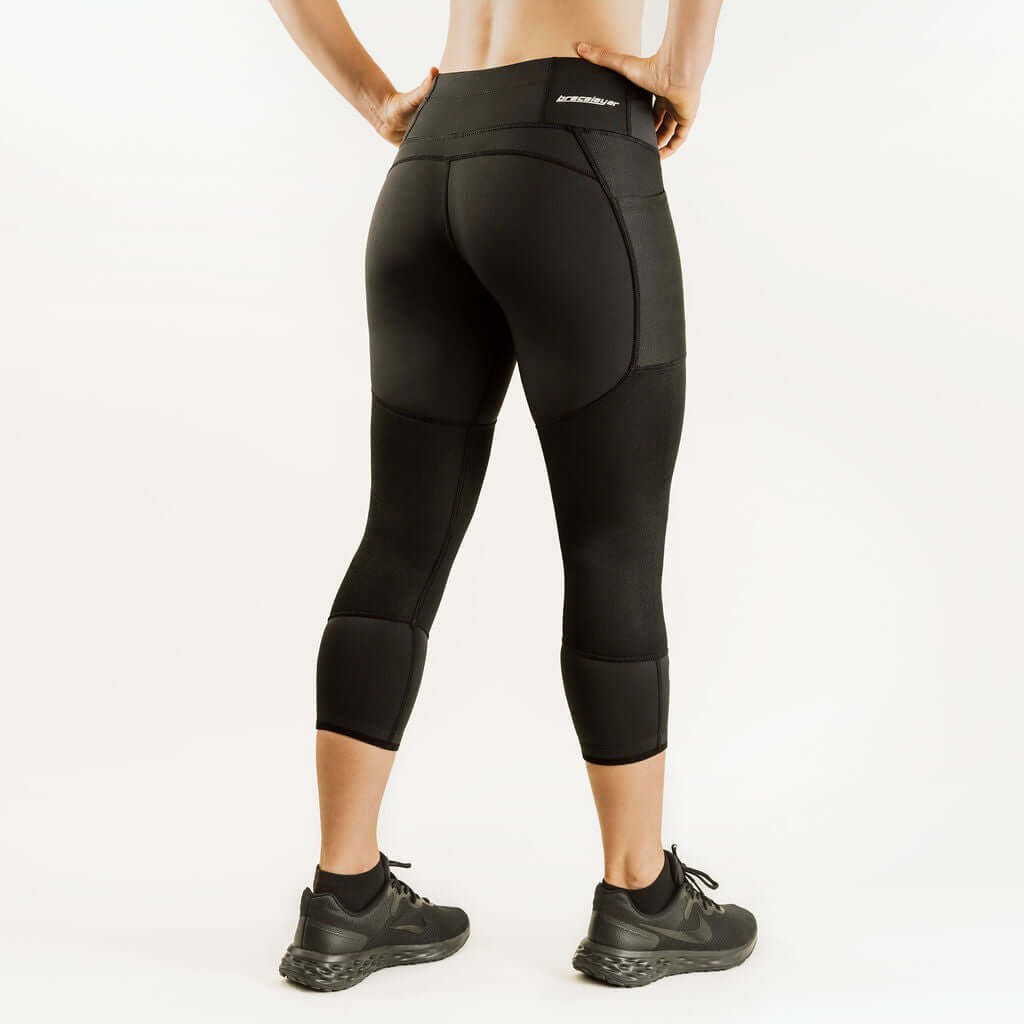


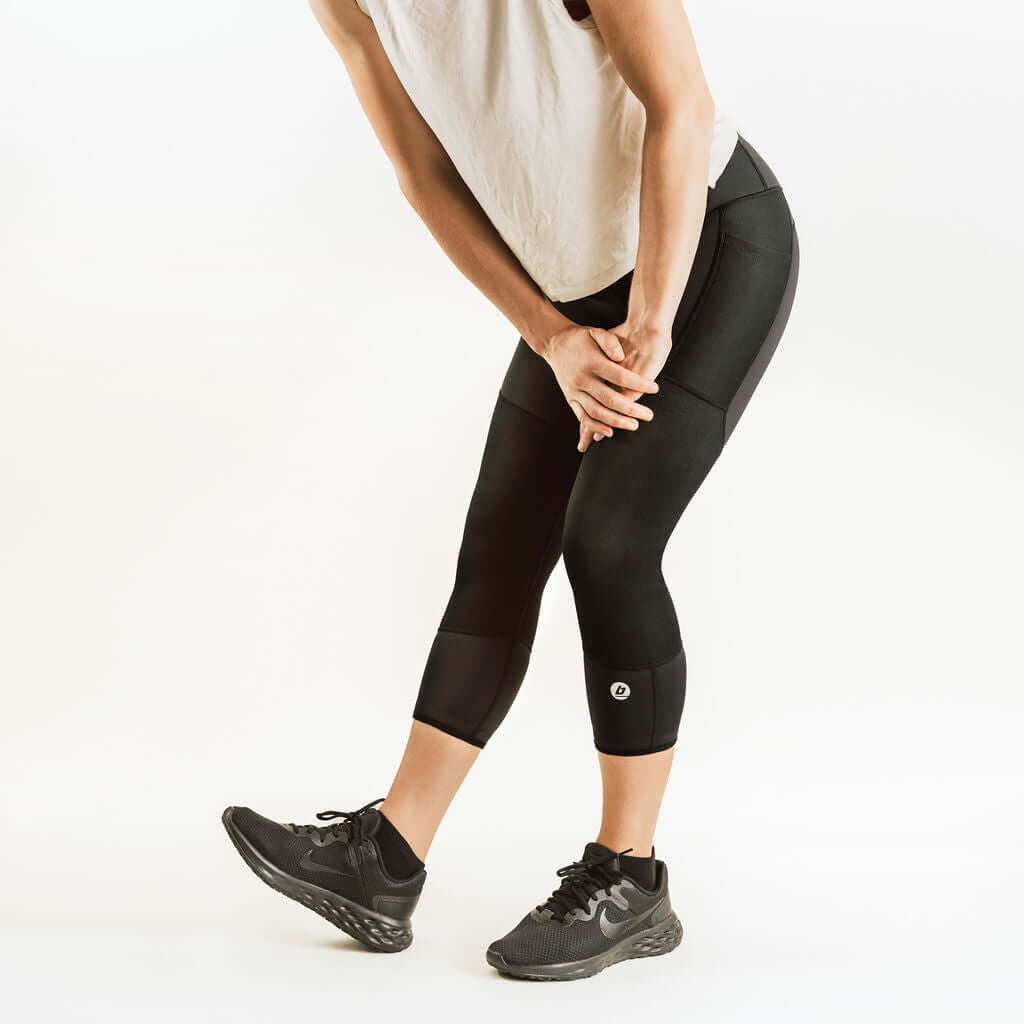

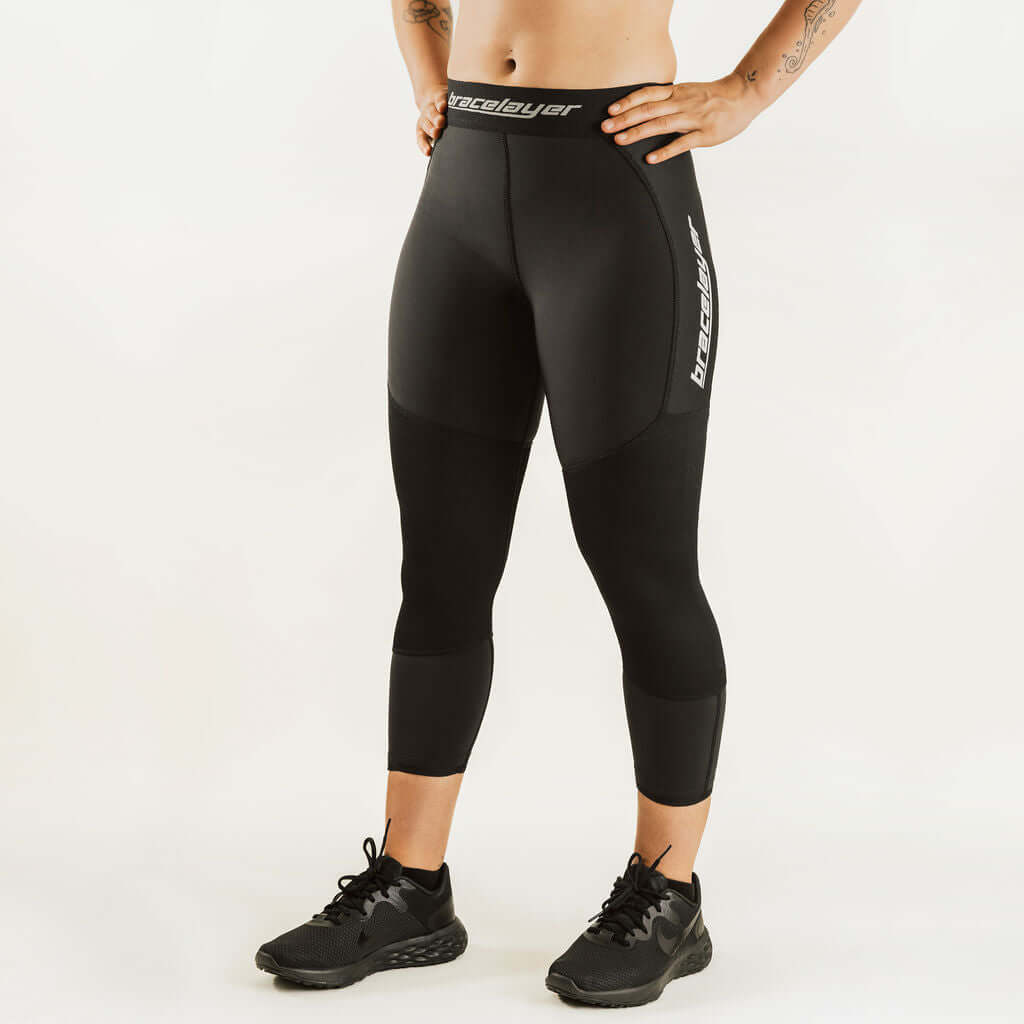
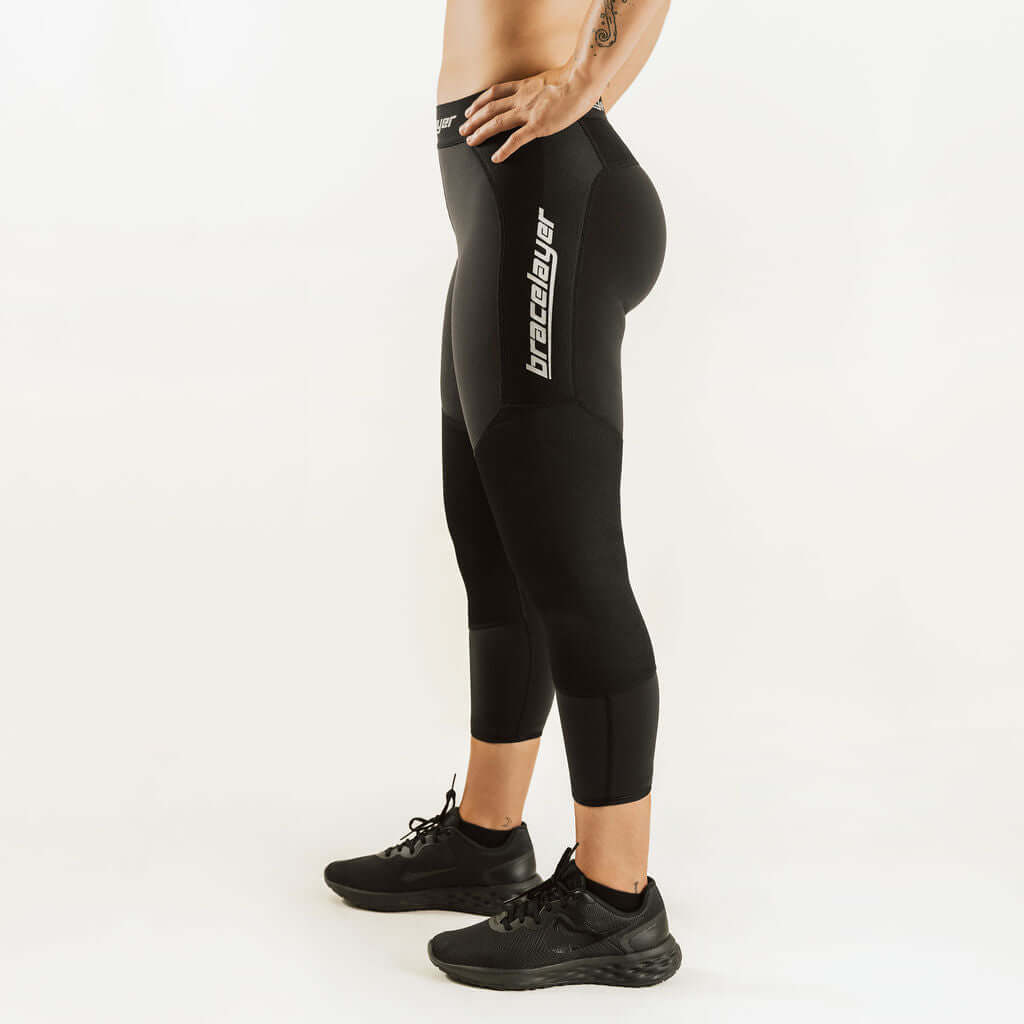

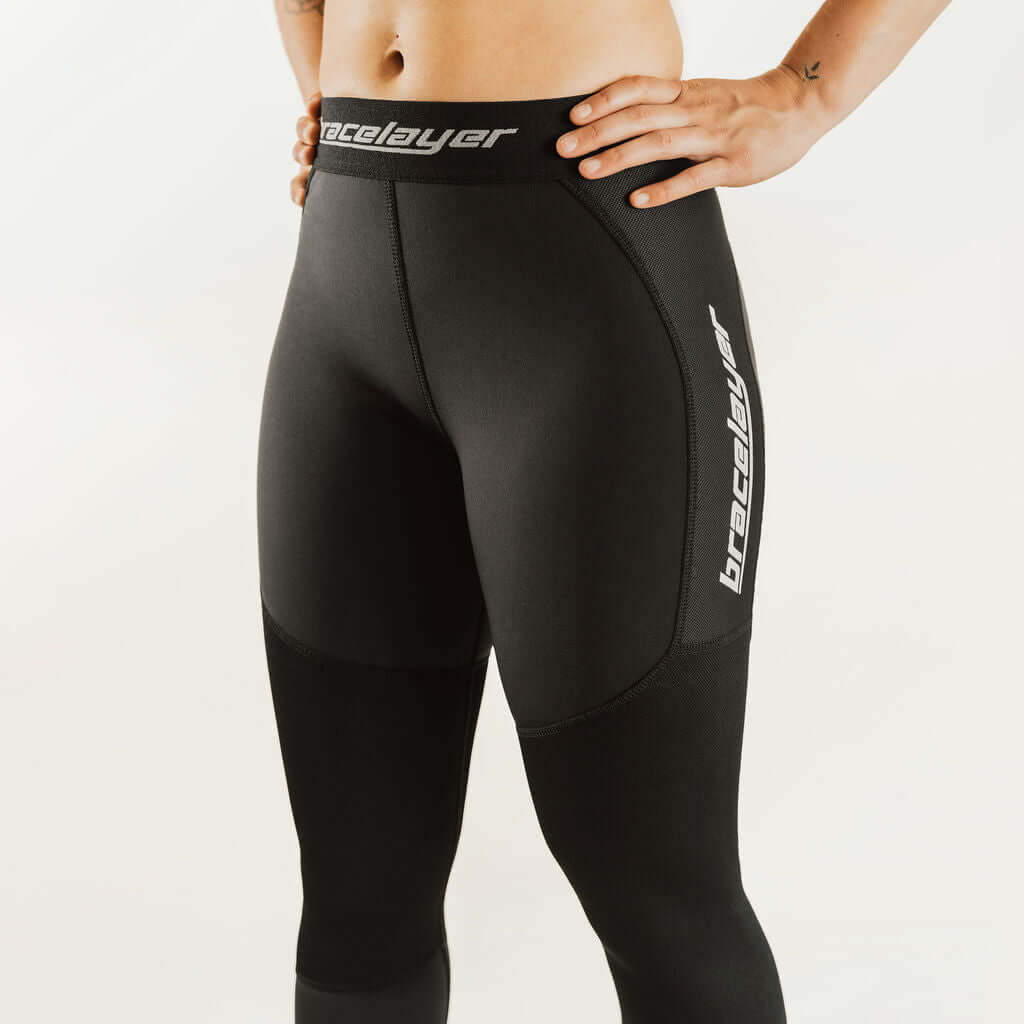
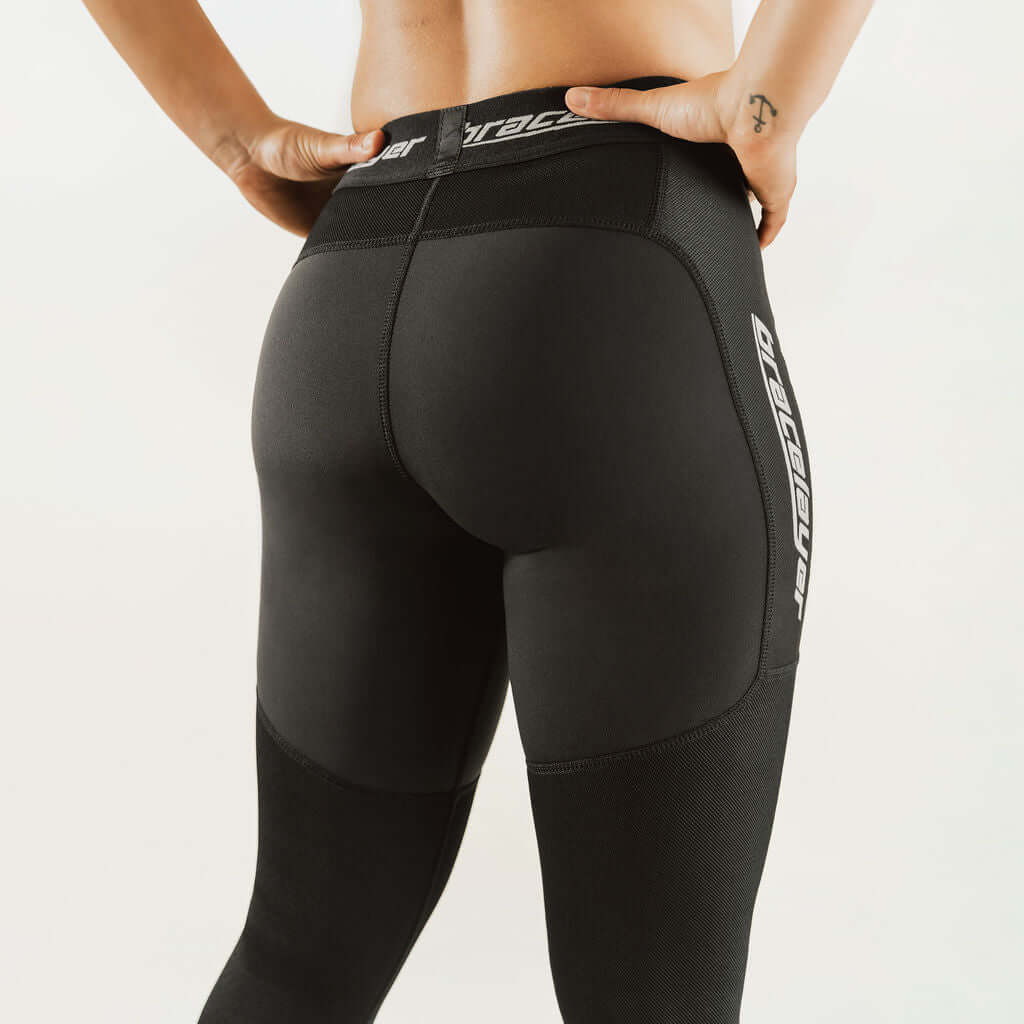
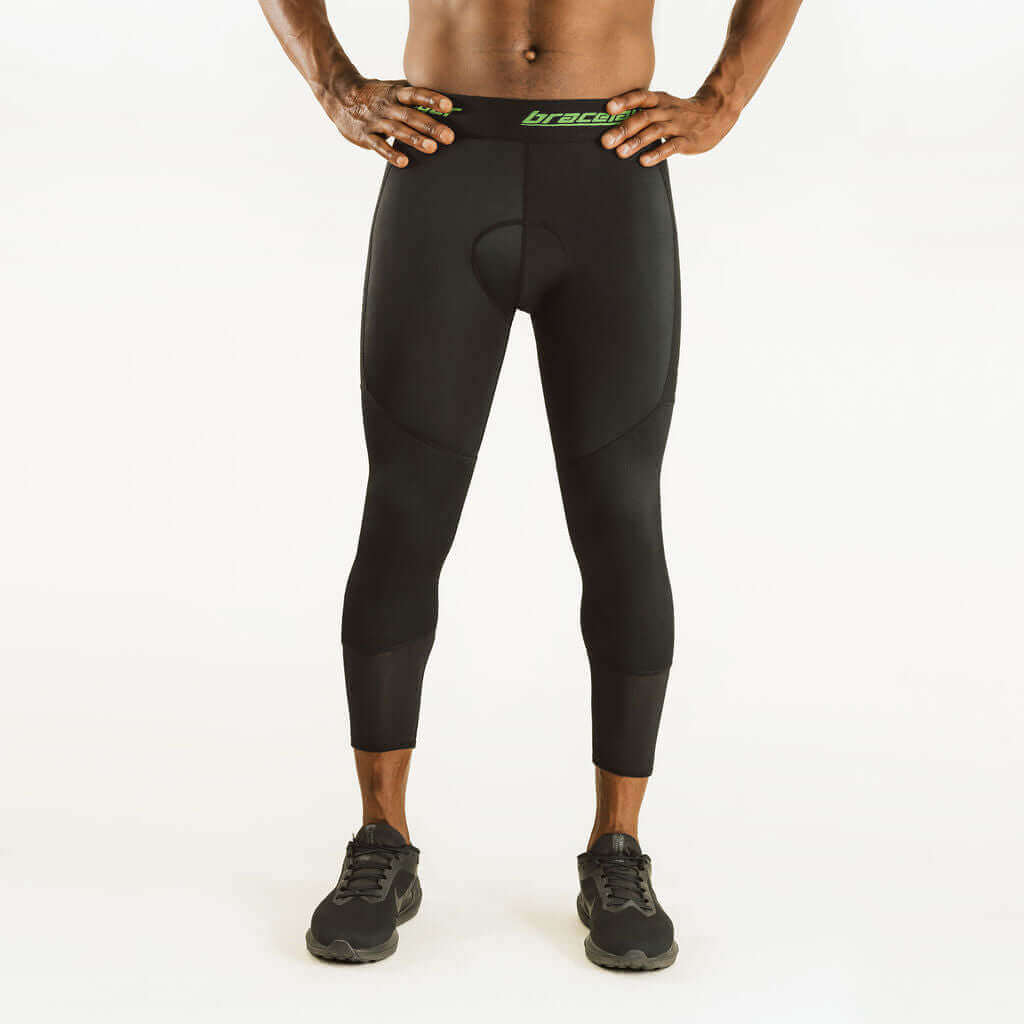
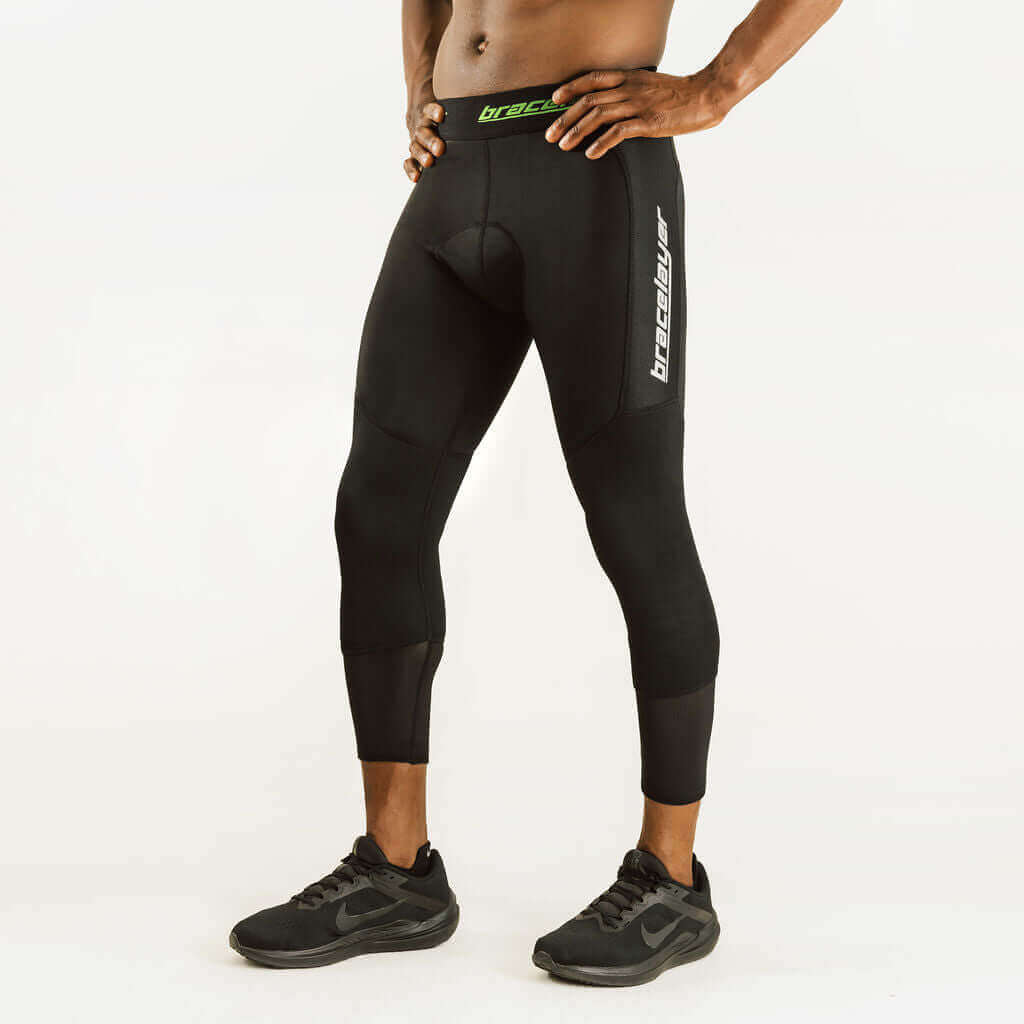
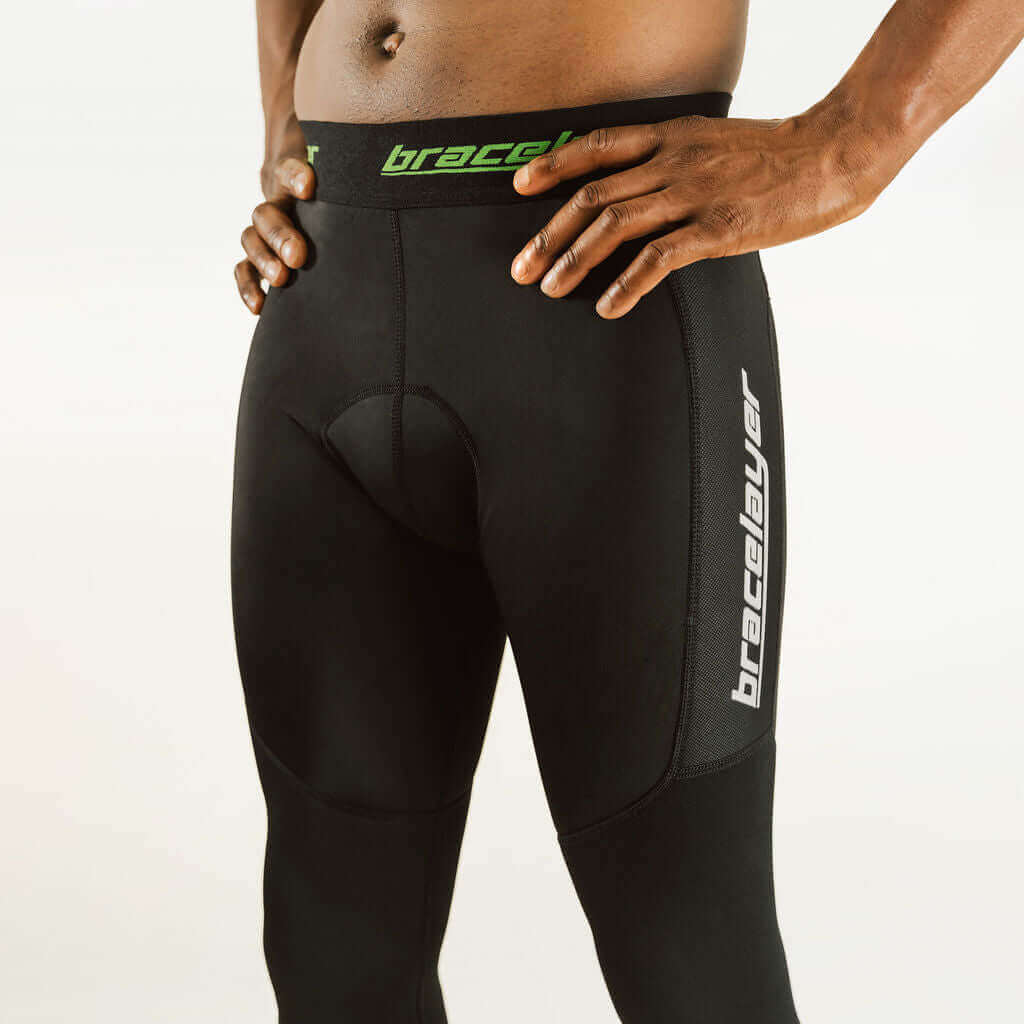
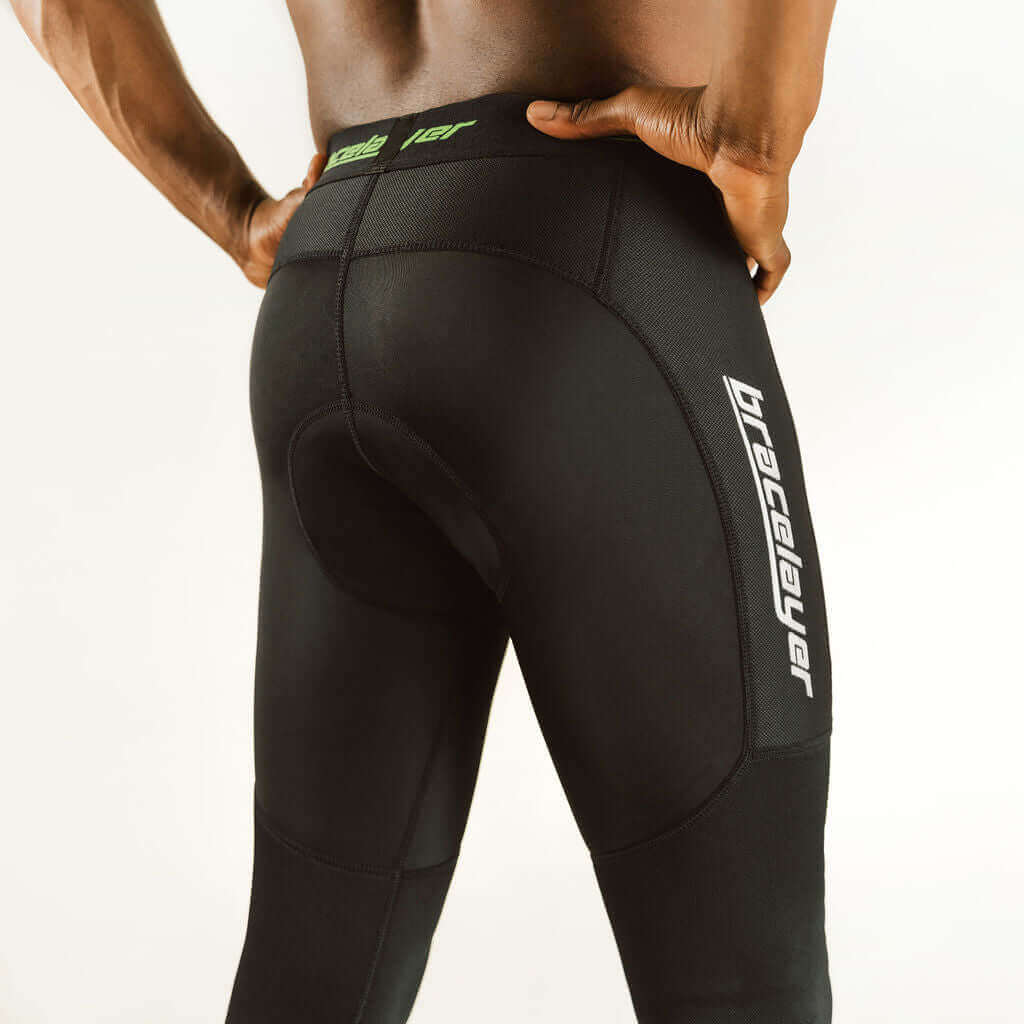


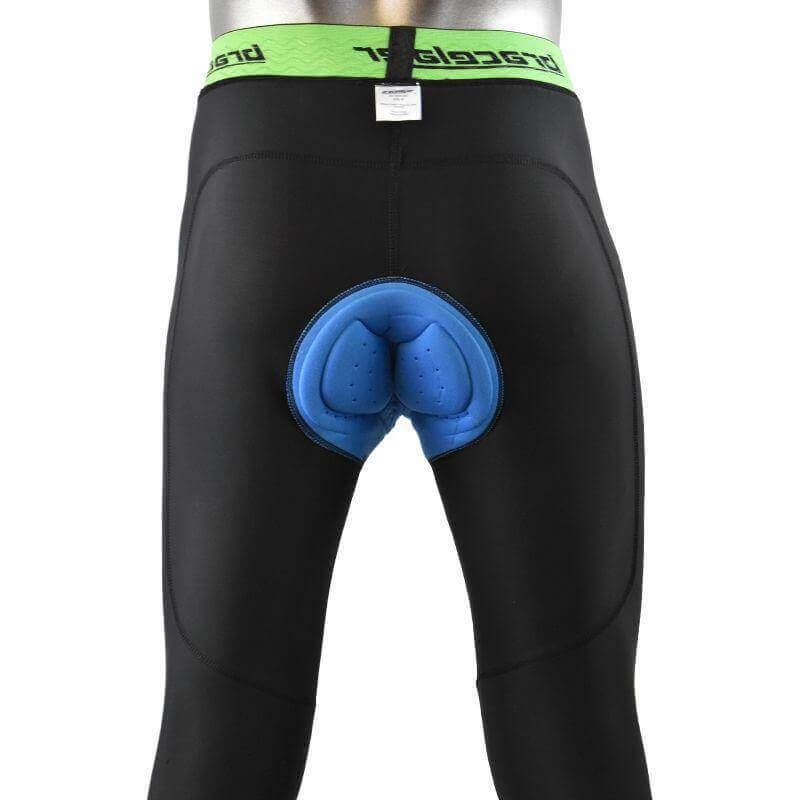

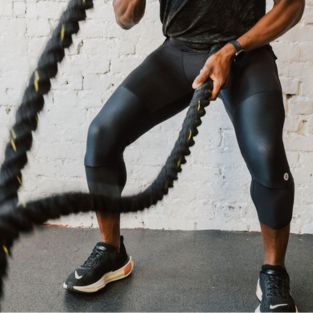
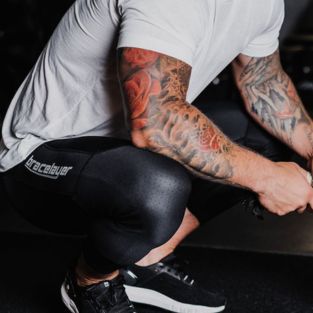
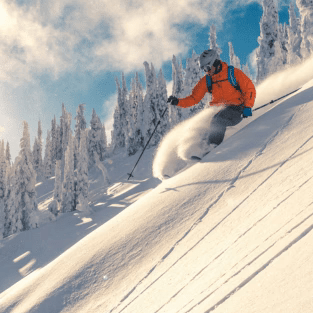
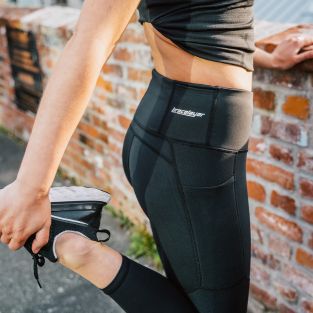
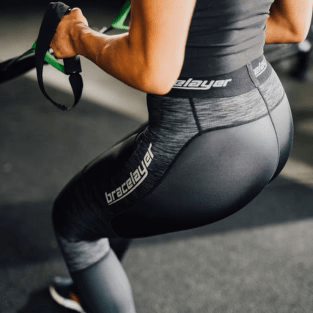
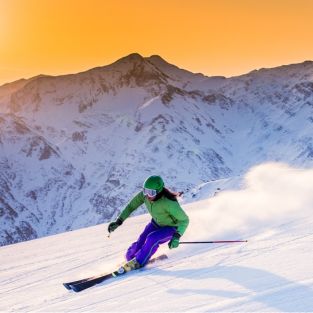

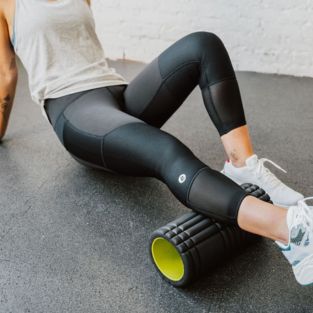
Leave a comment